






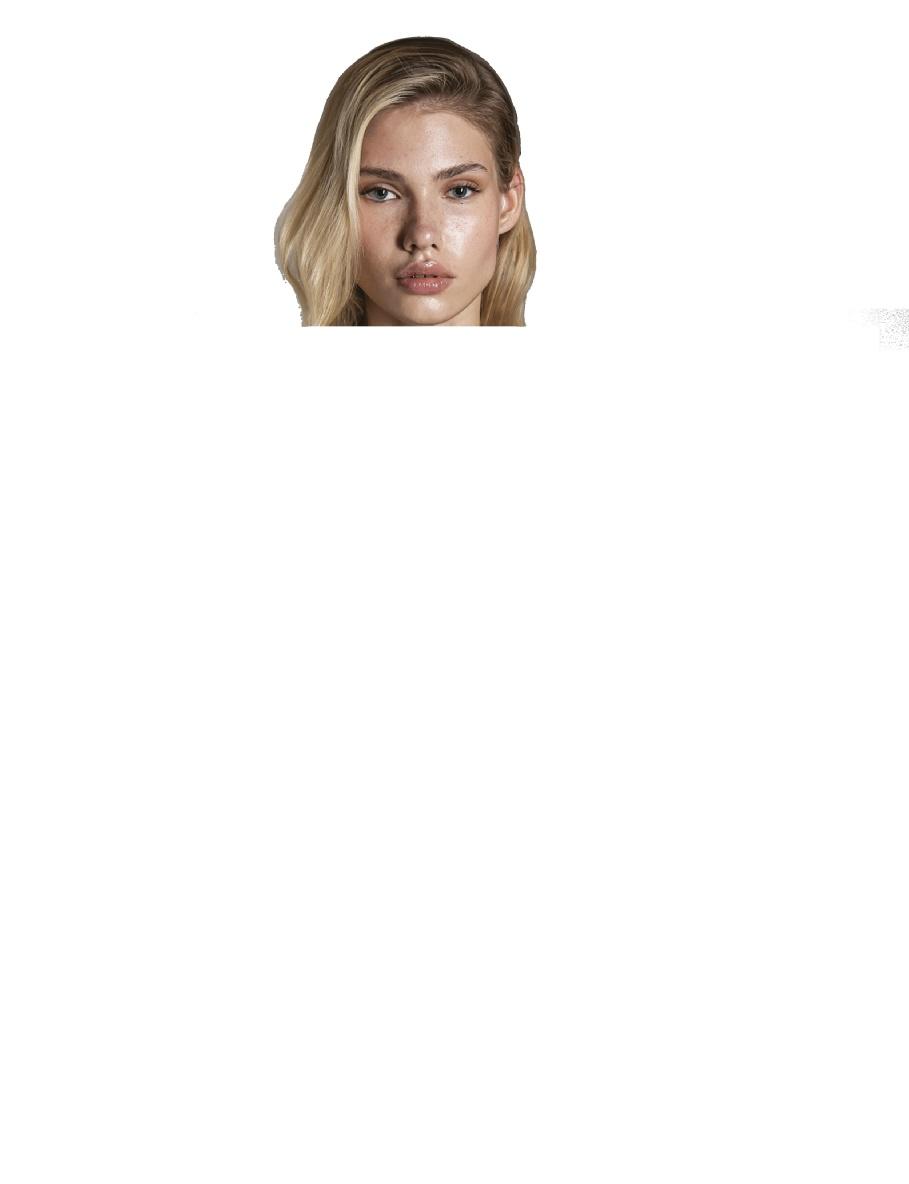
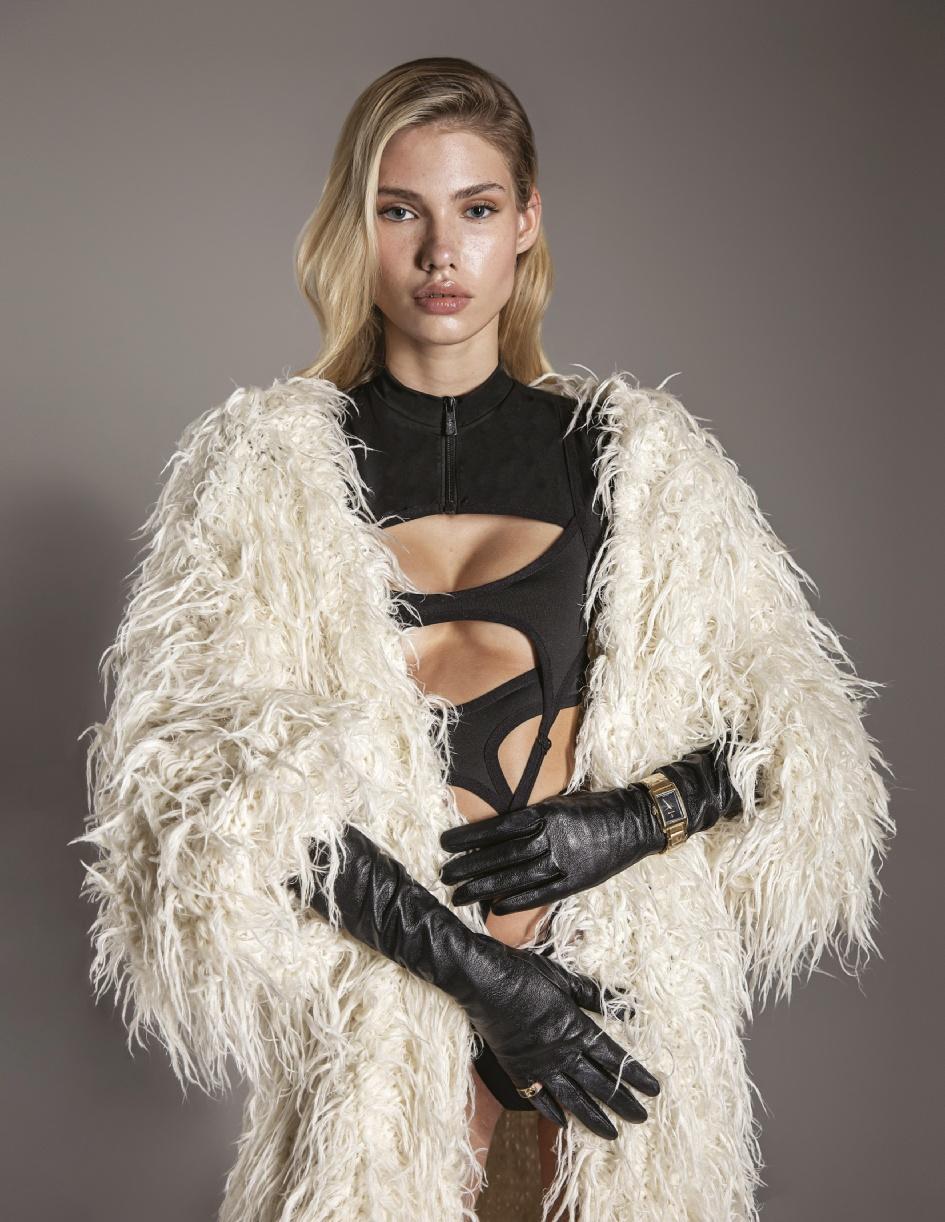

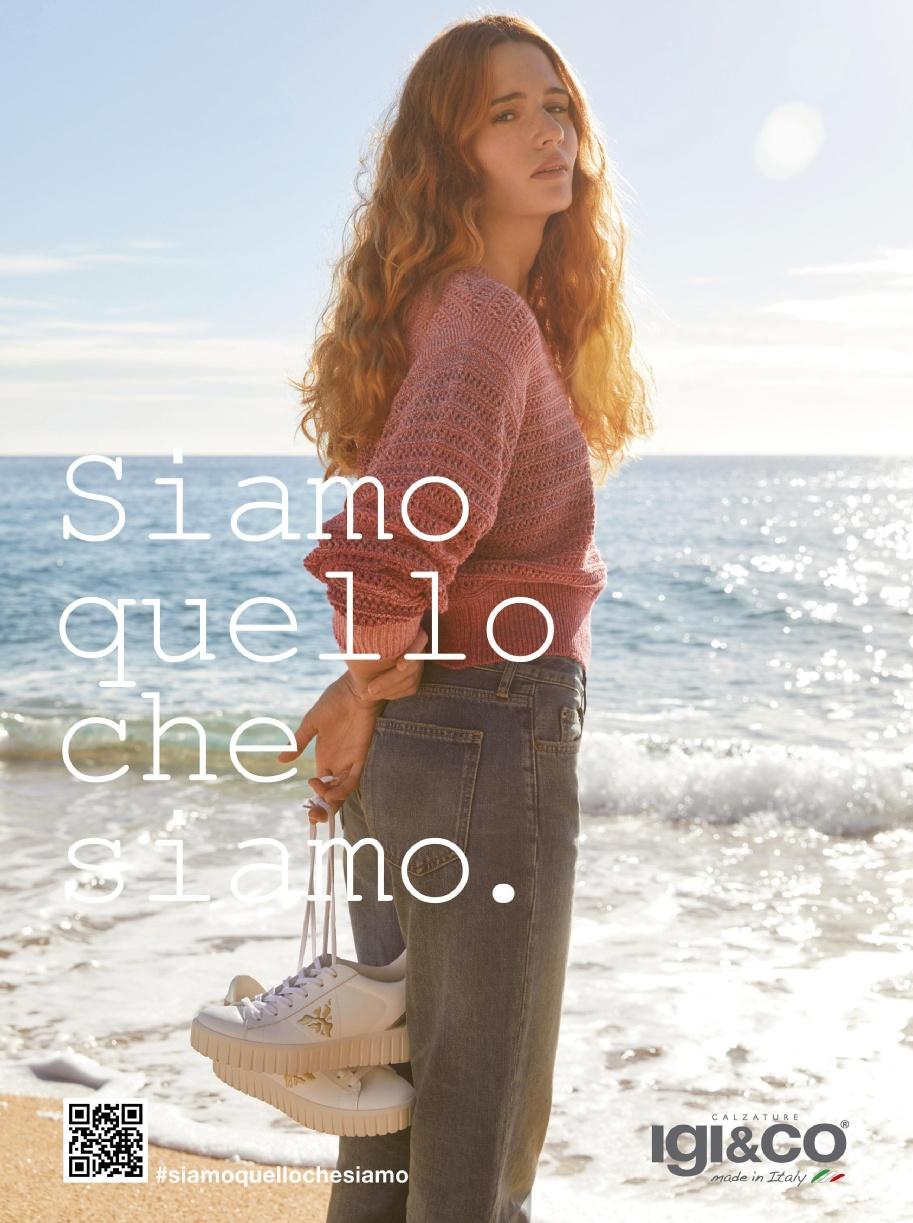




EDIZIONI
Via Ippolito Nievo, 33 - 20145 Milano
Tel. +39 02 319121 - Fax +39 02 33611619 www.edizioniaf.com info@edizioniaf.com
Direttore responsabile
Matteo Pasca
Direttore editoriale
Enrico Martinelli
Art director Angelo Lanza
Fashion editor
Luca Termine
Graphic design
Michele Alberti
Artwork
Joe Colosimo
New York contributors
Editor: Cecil Servigon
Cartoonist: Matteo Sessa Vitali
Contributors
Antonio Musto, Armando Grillo, Bohdan Bohdanov, Daniela Rettore, Dinalva Barros, Fumatto, Gianni Bortolazzi, Giorgia Spina, Giulia Simonotti, Lucrezia Bazzolo, Stratis Kas, Ursula Beretta, Yadier Castro Piedra
Editorial
Erika Alberti, Alessandro Capuzzi, Alessandro Dorio, Sara Meneghetti, redazione@edizioniaf.com
Digital Domiziana Desantis, Simone Riccardi, Davide Tufano digital@edizioniaf.com
PR & Marketing
Mariella Catalano, Mariel Cuba subscription@edizioniaf.com
Advertising
Filippo Crepaldi, Giorgio Gori, Lucio Luiselli, Stefano Migliavacca adv@edizioniaf.com
Operations
Massimo Ledda, Elisa Trasi, Andrea Zampieri operations@edizioniaf.com
Printing Porpora Group - porpora-group.it
Distributore nazionale: m-dis
Foto e illustrazioni Alcune foto sono prese dal web in assenza di copyright. Chi riconosce immagini di sua proprietà lo segnali a FOTOSHOE
Poste Italiane Spa - Spedizione in abbonamento postale - Autorizzazione MBPA/LO - NO/114/A.P./2017
ART.1 COMMA1 - LO/MI. Pubblicazione registrata presso il Tribunale di Milano al numero 374 in data 3 luglio 1995. © Copyright 1967 - È vietata la riproduzione senza autorizzazione dei testi e delle immagini. Il trattamento dei dati personali dei destinatari di “Idea Pelle” è svolto nel rispetto della Legge 675/96 sulla Privacy. È possibile chiedere la modifica o la cancellazione dei propri dati indirizzando la richiesta a: Edizioni AF S.r.l. sede di Via Ippolito Nievo, 33 - 20145 Milano - Italy ai numeri di fax e di posta elettronica sopraindicati.
COVER STORY: Coat KRIZIA
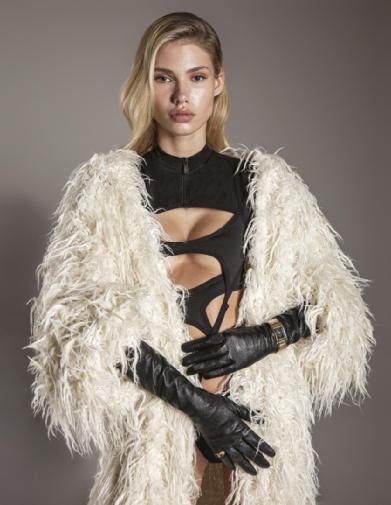
Bodysuit NAMILIA
Gloves MAX MARA
Clock HOOPS
Ring FENDI
Fashion
MUA:
Photos by Angelo Lanza by Antonio Musto Sara Zollo Model: Cara @BraveModels - MilanoSi trova in cima al Plan de Corones in Alto Adige. Si trova fra le calli e i canali di Venezia. Il primo è il Lumen, il museo della fotografia abbarbicato fra le nuvole. Il secondo è il Guggenheim di Venezia, il museo infiltrato fra le brume della laguna. Entrambi magnifici luoghi in cui ci si confronta con i limiti dell’umano. Meglio: si osservano i tentativi dell’uomo di esplorare cosa ci sia oltre quei limiti che ci definiscono. Proprio come la moda è il non-luogo in cui confrontarsi con i limiti del corpo. Se vestirsi nelle caverne significava proteggersi dalla natura ostile, sulle passerelle si prova a comunicare ben oltre la propria pelle e le proprie movenze. Lo stile è un tatuaggio da indossare, racconta storie, sconfina i limiti e sperimenta forme di altrove, di libertà.
Vi è limite fra moda e sport? Pare di no. Vi è confine fra bellezza e comodità? Sembra non sussista. Vi è muro fra commercio e sostenibilità? Lo si sta scalando, aggirando, abbattendo. Le risposte sono nelle prossime pagine.
Al di qua e al di là dei limiti di una stagione, di una sfilata, di un modello, parla la voglia di quel paradosso impegnato ad accettare un semaforo rosso, ma anche allungare il passo oltre la riga gialla, lo steccato, il filo spinato…
It is located at the top of the Plan de Corones in South Tyrol. It lies among the calli and canals of Venice. The first is the Lumen, the photography museum perched among the clouds. The second is the Guggenheim in Venice, the museum infiltrated among the mists of the lagoon. Both magnificent places where one confronts the limits of the human. Better: one observes human attempts to explore what lies beyond those limits that define us.
Just as fashion is the non-place in which to confront the limits of the body. If dressing in caves meant protecting oneself from hostile nature, on the runways one tries to communicate far beyond one's skin and movements. Style is a tattoo to wear, it tells stories, trespasses limits and experiments with forms of elsewhere, of freedom.
Is there a limit between fashion and sports? Apparently not. Is there boundary between beauty and comfort? There seems to be no such thing. Is there wall between commerce and sustainability? It is being climbed, circumvented, torn down. The answers are in the next pages.
On this side and beyond the boundaries of a season, of a fashion show, of a model, speaks the desire for that paradox committed to accepting a red light, but also stretching beyond the yellow line, the fence, the barbed wire...
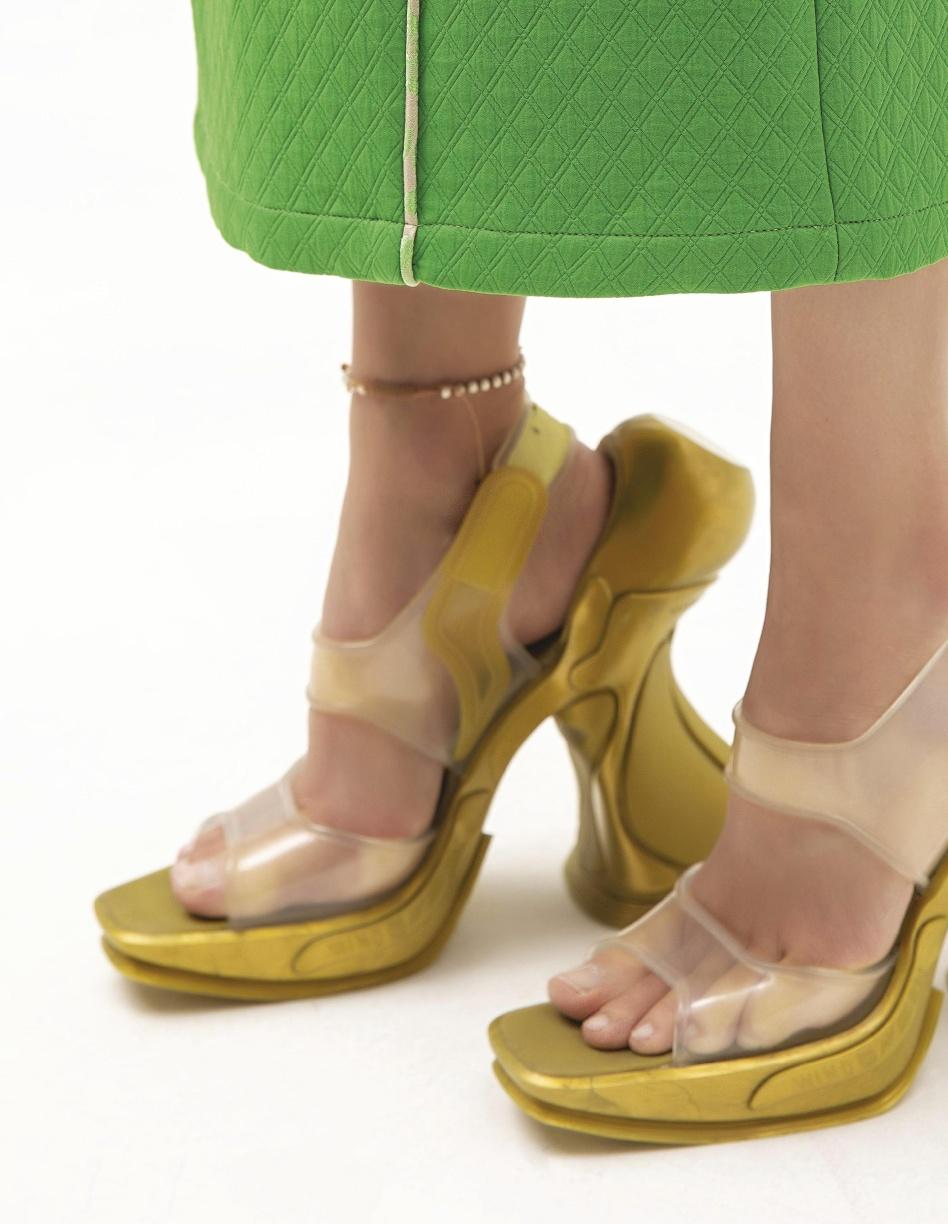
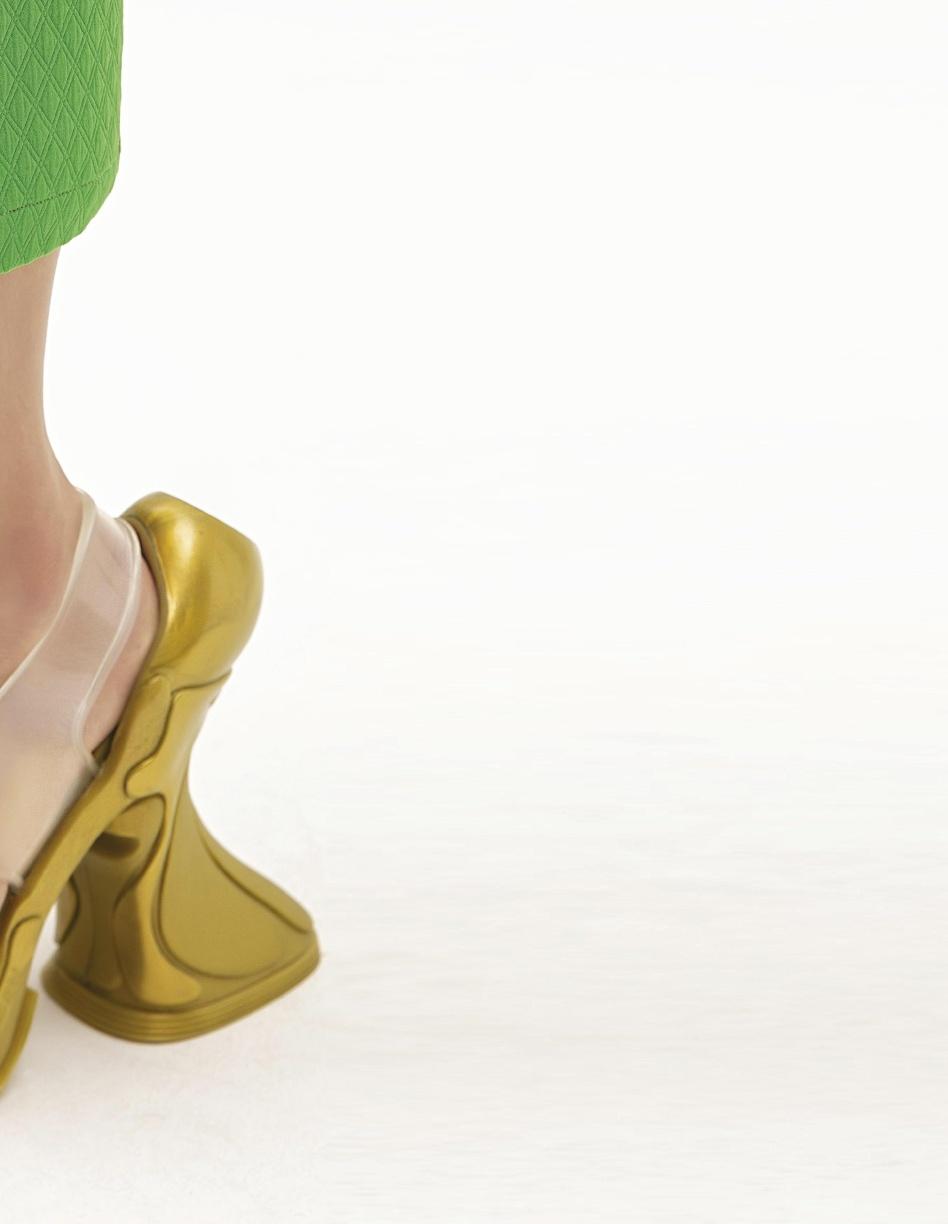


Un’edizione estremamente positiva, rivitalizzata, che ha fatto tornare il sorriso agli espositori e registrato il grande ritorno dell’Asia. Molte le istituzioni e le delegazioni governative straniere presenti in fiera a dimostrare la ritrovata centralità dell’evento rivano.

Per Roberto Pellegrini, Presidente di Riva del Garda Fierecongressi, è stata “un’edizione in cui ho percepito un’atmosfera tra le migliori che mi sia mai capitato di vivere. Qualità degli allestimenti, varietà della proposta di prodotto, livello di approfondimento degli eventi, riscontro di espositori e visitatori: ognuno di questi aspetti ha riscosso pareri positivi da parte degli operatori di settore internazionali presenti in fiera”. La manifestazione si è rivelata ancora una volta l’occasione perfetta per tastare il polso del mercato. La chiusura delle produzioni di alcuni paesi a seguito della pandemia e la crisi della logistica degli scorsi anni hanno convinto molti a ripensare le proprie strategie di approvvigionamento cercando partner più vicini e affidabili. L’aumento vertiginoso dell’inflazione, d’altro canto, ha costretto a tenere sotto controllo i costi e, quindi, a cercare interlocutori in grado di offrire collezioni interessanti a prezzi contenuti. In un mercato attraversato da così tante incognite, la piattaforma di Expo Riva Schuh & Gardabags risulta più che mai fondamentale per studiare e attivare strategie di business vincenti, capaci di mettere al riparo dalle incertezze.
L’importante ritorno di tantissimi espositori dall’Asia (più di 250 aziende solo dalla Cina Continentale) e la sempre più ampia proposta internazionale (ben 42 Paesi, tra cui il debutto di Svizzera, Giappone, Nepal, Repubblica Ceca, Messico) fanno della 99esima edizione di Riva del Garda il più importante appuntamento per il sourcing di calzature, borse e accessori. Lo dicono anche i numeri: sfiorate le 9.000 presenze per un +12,5% rispetto a giugno 2022. Una crescita delle visite che ha premiato la partecipazione dei più di 1.300 espositori, aziende rappresentate e brand provenienti da 42 Paesi. La composizione dei visitatori conferma il trend già registrato negli ultimi eventi: 80% di provenienza Europea, 20% di provenienza Extra UE. Da segnalare il significativo aumento dei compratori provenienti dalla Spagna (+35%), così come dalla Germania (+9%). In calo, invece, l’apporto di buyer italiani (-7%), compensati dall’ampia partecipazione in rappresentanza di altri mercati (103 il totale dei Paesi che hanno preso parte alla fiera). Da non tralasciare la partecipazione registrata sulla piattaforma digitale della fiera che ha favorito l’incontro di circa 10 mila professionisti del settore. “Numeri che ci colpiscono molto favorevolmente - dichiara Alessandra Albarelli, Direttrice di Riva del Garda Fierecongressi In una situazione di mercato europeo che vede la stagnazione di alcuni importanti paesi, la crescita del numero di visitatori è un ottimo segnale
Sfiorate le 9.000 presenze (+12,5% rispetto a giugno 2022 - 80% di provenienza europea) con un significativo aumento da Spagna e Germania e il grande ritorno dell’Asia, per un totale di oltre 100 Paesi presenti in fiera.
Il mondo scarpe e borse si è ritrovato a Expo Riva Schuh & Gardabags
che premia la scelta di Expo Riva Schuh & Gardabags di puntare anche su altri mercati, come quelli dell’America Latina, dell’Africa, degli Stati Uniti e del Sud Est Asiatico”.
Non poteva esserci viatico migliore in preparazione dell’imperdibile edizione numero 100 in cui la manifestazione rivana festeggerà più di 50 anni di lavoro insieme ai più importanti operatori del settore. “Non vediamo l’ora di accogliere espositori e compratori nel 2024 e festeggiare insieme la nostra centesima edizione - annuncia
GianPaola Pedretti, Exhibition Manager di Expo Riva Schuh & Gardabags. Saranno celebrazioni diffuse su tutto il territorio di Riva del Garda e saranno diffuse nel tempo perché coinvolgeranno sia l’edizione invernale che quella estiva”.
Da segnare subito sul calendario le date del prossimo anno: 13-16 gennaio 2024 e 15-18 giugno 2024.
unknowns, the Expo Riva Schuh & Gardabags platform is more important than ever for analysing and implementing winning business strategies capable of mitigating risk.

The important return of a large number of Asian exhibitors (over 250 companies from Mainland China alone) and the increasingly diverse international offering (as many as 42 countries, including the débuts of Switzerland, Japan, Nepal, the Czech Republic and Mexico) make the 99th edition of Riva del Garda the most important appointment yet for sourcing footwear, bags and accessories. All of which is backed up by the figures: close to 9,000 admissions, up 12.5% compared to June 2022. A rise in attendance that rewarded the participation of almost 1,300 exhibitors, companies and brands from 42 countries. The visitor make-up confirms a trend already observed at recent events: 80% were from Europe, 20% from outside Europe. Also noteworthy is the significant increase in buyers from Spain (+35%), as well as from Germany (+9%). On the other hand, there was a 7% decline in Italian buyers, offset by the broad participation of other markets (a total of 103 countries took part in the fair). Not to be overlooked was the participation recorded on the fair’s digital platform, which led to meetings between some 10,000 industry professionals. “Numbers that pleasantly impress us,” says Alessandra Albarelli, Director of Riva del Garda Fierecongressi. “In a European market where some of the most important countries are currently stagnant, the increased attendance rate is an excellent sign rewarding Expo Riva Schuh & Gardabags’ decision to also focus on other markets, such as those of Latin America, Africa, the United States and South East Asia.”
There could be no better viaticum in preparation for the must-attend 100th edition, in which the Riva del Garda event will celebrate more than 50 years of working with the most important industry players.
“We look forward to welcoming exhibitors and buyers in 2024 and celebrating our 100th edition together,” announced GianPaola Pedretti, Exhibition Manager of Expo Riva Schuh & Gardabags. “The celebrations will be distributed throughout the entire Riva del Garda area and spread over time since they will involve both the winter and summer editions.”
An extraordinarily positive, reinvigorated edition that put a smile back on exhibitors’ faces and marked Asia’s great return. The fair was attended by numerous institutions and foreign government delegations, demonstrating the event’s renewed and growing importance. “At this edition, I perceived an atmosphere among the best I have ever experienced,” commented Roberto Pellegrini, Chairman of Riva del Garda Fierecongressi. “The quality of the exhibits, the range of the product offering, the depth of the events and the response from exhibitors and visitors: all of these components were met with positive feedback from the fair’s international trade visitors”. The event once again proved to be an excellent opportunity to gauge market sentiment. Production halts in certain countries due to the pandemic and the logistics crisis of recent years have led many to rethink their procurement strategy and seek closer and more reliable partners. The dramatic rise in inflation, on the other hand, has forced us to keep costs under control and, as a result, seek out suppliers who can provide valuable collections at reasonable prices. In a market rife with
Following are the must-save dates for next year: 13-16 January 2024 and 15-18 June 2024.
The shoe and bag world met again at Expo Riva Schuh & Gardabags
Nearly 9,000 attendees (+12.5% compared to June 2022 - 80% from Europe) with a significant rise from Spain and Germany, as well as a strong return from Asia, for a total of 103 countries represented at the fair.
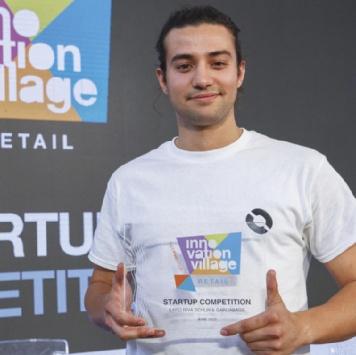
L’innovazione è stata ancora una volta protagonista di Expo Riva Schuh & Gardabags con l’Innovation Village Retail, lo spazio dedicato a start up e giovani imprese innovative, che ha visto nella Start-up Competition il momento di sua massima espressione. Nell’edizione di giugno 2023, la giuria composta da esperti e professionisti di primarie aziende del settore moda ha eletto Cents come start-up vincitrice, ritenendo di particolare interesse e contenuto innovativo la sua proposta di marketing etico per eCommerce. Cents è, infatti, una soluzione plug-andplay che consente agli eCommerce di offrire ai loro clienti la possibilità di aggiungere una donazione al progetto benefico che più sta loro a cuore, creando così un modo etico di fare impresa. La piattaforma permette così alle aziende del settore moda di far crescere il proprio e-Commerce e al contempo comunicare l'impatto positivo della propria attività di vendita online senza alcuno sforzo.
“L'obiettivo di Cents - afferma Alessio Mazzalupi, Co-founder insieme a Riccardo Valobra di Cents - è quello di creare un impatto positivo collegato ad ogni transazione di commercio online e di aiutare al contempo i marchi a comunicare questo impegno su tutto il funnel. Si tratta di un concetto all’apparenza molto semplice, ma molto difficile da realizzare per i brand e gli esercenti. Noi li aiutiamo a farlo”.
È la giovane azienda di Perugia a vincere l’edizione di giugno 2023 della competizione svoltasi nell'ambito dell’Innovation
Village Retail di Expo Riva Schuh & Gardabags, lo spazio dedicato all’innovazione realizzato da Riva del Garda Fierecongressi con il supporto di ICE (ITA - Italian Trade Agency), in collaborazione con Retail Hub.
Autenticità, coerenza e credibilità sono, infatti, fattori fondamentali per sviluppare un brand e differenziare il suo e-commerce da quello dei concorrenti.
Inoltre, nella pagina del carrello, il cliente è coinvolto nella decisione relativa alla causa da supportare con la propria donazione. Facendo ciò, i tassi di completamento dell’ordine in carrello ed il LTV dei cliente aumentano, poiché quest'ultimi sono più coinvolti nel processo di acquisto e si sentono più allineati ai valori dell'azienda. Infine, i clienti vengono ingaggiati post-vendita con degli aggiornamenti personalizzati riguardo l'impatto che è stato raggiunto grazie al lavoro degli Enti Non Profit.
“Si tratta di un’opportunità molto importante per negozi e marchi, perché questi possono mostrare i loro valori attraverso l'intero funnel di vendita e coinvolgere i loro clienti in più punti della catena del valore. Credo che i clienti vogliano che i loro marchi preferiti abbiano un impatto positivo sul pianeta e sulla società. E penso che tra 10 anni i marchi e i negozi dovranno dimostrarsi sostenibili in ogni aspetto della catena del valore. Cents può aiutarli a realizzare e velocizzare questo processo”.
It is the young company from Perugia that won the June 2023 edition of the competition held as part of the Innovation Village Retail at Expo Riva Schuh & Gardabags, the space dedicated to innovation created by Riva del Garda Fierecongressi with the support of ICE (ITA - Italian Trade Agency) in collaboration with Retail Hub.
Innovation was once again the protagonist of Expo Riva Schuh & Gardabags with the Innovation Village Retail, the space dedicated to start-ups and young innovative companies, which saw the Start-up Competition as its moment of maximum expression.

In the June 2023 edition, the jury composed of experts and professionals from leading companies in the fashion industry elected Cents as the winning start-up, deeming its ethical marketing proposal for eCommerce to be of particular interest and innovative content. Cents is, in fact, a plug-and-play solution that allows eCommerce companies to offer their customers the possibility of adding a donation to the charity project they care about most, thus creating an ethical way of doing business. The platform thus allows fashion companies to grow their eCommerce while communicating the positive impact of their online sales effortlessly.
"The goal of Cents," says Alessio Mazzalupi, Co-founder together with Riccardo Valobra of Cents, "is to create a positive impact linked to every online commerce transaction and at the same time help brands communicate this commitment throughout the funnel. It is a very simple concept, but very difficult for brands and merchants to realise. We help them to do it”. Authenticity, consistency and credibility are, in fact, key factors in developing a brand and differentiating its e-commerce from that of its competitors. Furthermore, on the shopping cart page, the customer is involved in deciding which cause to support with their donation. By doing so, shopping cart order completion rates and customer LTV increase, as customers are more involved in the purchasing process and feel more aligned with the company's values.
Finally, customers are engaged post-sale with personalised updates about the impact that has been achieved through the work of the non-profit organisation. “This is a very important opportunity for shops and brands because they can show their values through the entire sales funnel and engage their customers at multiple points in the value chain. I think customers want their favourite brands to have a positive impact on the planet and society. And I think 10 years from now, brands and shops will have to be sustainable in every aspect of the value chain. Cents can help them achieve this and speed up this process'.
L’obbiettivo del Summit promosso da CIFA - Confederation of International Footwear Association, tenutosi durante l’ultima edizione di Expo Riva Schuh & Gardabags, era chiaro: indagare e conoscere le sfide e le opportunità aperte dalle nuove tendenze di consumo e delle catene di approvvigionamento nel mondo postpandemia. In buona sostanza, alcuni dei più importanti leader dell'industria calzaturiera, sia per la domanda che per l'offerta, si sono confrontati sul futuro del sourcing di calzature, con particolare attenziona al mondo asiatico.
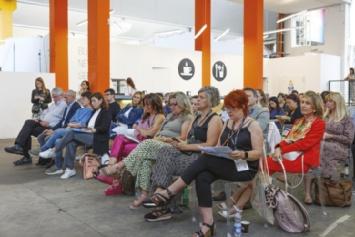

Per iniziare Eddy Widjanarko, Presidente della Confederation of International Footwear Associations (CIFA) and Chairman of the Indonesian Footwear Association (Aprisindo), racconta dell’Indonesia, un mercato in cui la produzione calzaturiera è in graduale crescita a partire dal 2019. Una produzione che oggi si attesta sul miliardo di paia, quasi tutte destinate all’export (nel 2022 hanno lasciato il paese circa 727 milionni di paia).
Una capacità produttiva in progressivo aumento che, considerati gli investimenti messi in campo dal mondo imprenditoriale promette di continuare a crescere anche nei prossimi anni, con la conseguente crescita delle quote di export del Paese.
Zhang Yan, Segretario Generale della China Leather Industry Association (CLIA) considera, invece, le strategie del più grande produttore internazionale. Disegna un quadro in cui il trasferimento transregionale dell'industria calzaturiera cinese verso i paesi limitrofi, fenomeno in essere da lungo tempo e acceleratosi intorno al 2010, prosegue senza intaccare il predominio cinese sul settore. Nel 2012, le esportazioni cinesi di calzature rappresentavano il 74,1% delle esportazioni totali mondiali, raggiungendo un picco storico. Da allora, la quota di export si è ridotta, anno dopo anno, e ora è pari al 60,4%. E se l'economia mondiale è stata fortemente colpita dall'epidemia, la Cina ha dimostrato, secondo Zhang Yan, la più forte capacità di recupero. Nel 2022, infatti, il valore totale delle esportazioni dell'industria della pelle cinese è stato di 107,5 miliardi di dollari e l'esportazione di calzature di 57,5 miliardi di dollari. In entrambi i casi si è raggiunto il massimo degli ultimi 10 anni. E se prima si parlava di export, anche dal punto di vista della quota di produzione di calzature nel mercato globale, la Cina rimane indiscusso leader, nonostante i vari cali degli ultimi anni: oggi rappresenta ancora circa il 54%. Grazie alla sua catena di approvvigionamento matura e alla sua capacità di fornitura rapida e stabile, la Cina rimarrà a lungo il principale produttore ed esportatore di calzature al mondo.
Gli spostamenti in atto nel mondo della produzione di calzature propongono nuovi paesi emergenti pur confermando la Cina come leader. Inflazione e diversificazione della fornitura al centro dei pensieri della distribuzione.
Come sta cambiando la produzione asiatica e le strategie del retail internazionale
Ecco le previsioni per i prossimi anni: sebbene la quota di mercato delle esportazioni possa tendere al declino nel lungo periodo, il continuo miglioramento della qualità dell'industria calzaturiera cinese, il consumo pro capite di scarpe in continua crescita, e un mercato interno che continua ad ampliarsi saranno fattori che continueranno a promuovere la crescita dell'industria calzaturiera cinese, e persino dell'industria calzaturiera globale.
Attualmente, le imprese calzaturiere cinesi stanno lavorando intensamente al miglioramento del design, alla gestione digitale, alla produzione intelligente, alla promozione del marchio... In futuro, l'industria calzaturiera cinese si trasformerà in uno sviluppo di alta qualità. E se la Cina continua a guidare l’export internazionale, al suo seguito si trova il Vietnam. Lo sottolinea Phan Thi Thanh Xuan, Vice Presidente e Segretario Generale della Vietnam Leather, Footwear and Handbag Association (LEFASO). Il Vietnam è il secondo mercato calzaturiero più importante al mondo dopo la Cina per quanto concerne l’export e sviluppa un tasso di crescita annuale che varia dal 10 al 15%. Nel 2022 queste cifre hanno condotto a un export pari a 20 miliardi di dollari e 1,3 miliardi di paia che hanno raggiunto più di 100 paesi. Fra i mercati più importanti troviamo gli Stati Uniti, l’Europa, la Cina, la Corea e il Giappone. I fattori che hanno facilitato e spinto la crescita del mercato calzaturiero vietnamita sono senza dubbio i tanti accordi commerciali attivati con moltissimi paesi internazionali che consentono alle scarpe Made in Vietnam di non dover subire un aggravio di prezzo a causa di tassazioni doganali.
Inoltre, il Governo locale sta investendo molte risorse per far sì che la filiera di materiali e accessori per il settore possa crescere e crescere in modo sostenibile, fornendo prodotti tracciabili che possano ancor più soddisfare le richieste di quei mercanti che nei prossimi 10 anni diverranno sempre più esigenti dal punto di vista normativo.
Tra i giganti della produzione anche l’India. Per Sanjay Leekha, Presidente del CLE - Council for Leather Exports, sia il governo centrale che i governi statali incoraggiano attivamente gli investimenti esteri nel settore della pelle e delle calzature. Infatti, è in fase di finalizzazione un importante programma di sostegno per i nuovi investimenti. Con l'attuazione di questo nuovo schema di incentivi legati alla produzione, l’India si aspetta che molti altri investimenti importanti verranno finalizzati. I vantaggi competitivi del paese: una ampia forza lavoro giovane, livelli salariali competitivi, lavoratori formati e qualificati. Per non parlare della rete di istituti di istruzione di alto livello e riconosciuti in campo internazionale, che formano regolarmente supervisori e manager preparati.
L’aspettativa è chiara: veder emergere l’India come nuova fabbrica globale nel settore della pelle e delle calzature.

Fra l’altro le previsioni vedono il mercato interno indiano delle calzature in crescita a un ritmo molto sostenuto, vista la crescita del reddito disponibile per la numerosa popolazione mediamente molto giovane. Si prevede che le dimensioni totali del settore aumenteranno dagli attuali 18 miliardi di dollari a 47 miliardi di dollari entro il 2030. Dall’India al Pakistan, grazie all’analisi di Lt. Col. Ahmed Fawad Farooq, Segretario Generale della PFMA - Pakistan Footwear Manufacturers Association. Dalla sua analisi emerge un Pakistan in fermento ed emergente nel campo calzaturiero. Se è vero che il settore pakistano delle scarpe si è tradizionalmente affidato alla catena di fornitura cinese, negli ultimi anni ha fatto passi da gigante nello sviluppo della propria capacità produttiva che oggi offre un buon vantaggio competitivo grazie alla sua forza lavoro qualificata, alla produzione conveniente e alla posizione geografica strategica. Sfruttando questi punti di forza e promuovendo partnership con i fornitori cinesi, il paese può candidarsi come stella nascente del mercato e beneficiare della diversificazione delle catene di fornitura oggi in atto.
Le nuove infrastrutture stradali e ferroviarie realizzate tra Pakistan e Cina, inoltre, offrono immense opportunità a entrambi i Paesi. Non manca il sostegno del governo pakistano che ha dimostrato il proprio impegno nel sostenere e alimentare l'industria calzaturiera. Riconoscendo l'importanza di questo settore, ha introdotto diverse politiche e iniziative volte a promuovere la crescita, ad attrarre investimenti e a migliorare l'ambiente imprenditoriale. Queste politiche includono incentivi agli investimenti, come esenzioni fiscali e riduzione dei dazi all'importazione, iniziative di promozione delle


esportazioni per facilitare l'accesso al mercato globale e l'istituzione di Zone Economiche Speciali dedicate all'industria calzaturiera. Inoltre, il governo si è concentrato sui programmi di sviluppo delle competenze, sulla protezione della proprietà intellettuale e sugli sforzi per migliorare la facilità di fare impresa.

La voce del retail ha d’altro canto fatto emergere due temi su tutti: un mercato che punta ancora e sempre su una modelleria athleisure e la grande preoccupazione per il forte impatto che l’inflazione e altre problematiche hanno avuto sul potere di acquisto dei consumatori che rischia di frenare il rimbalzo positivo post-pandemico a cui il settore calzature stava assistendo. Lo sviluppo di politiche di vendita tese a prendersi cura delle preoccupazioni dei consumatori sono al centro delle strategie della distribuzione, così anche la diversificazione della catena di fornitura.
demand and supply side, discussed the future of footwear sourcing, with a particular focus on the Asian world.
To begin with Eddy Widjanarko, President of the Confederation of International Footwear Associations (CIFA) and Chairman of the Indonesian Footwear Association (Aprisindo), tells about Indonesia, a market where footwear production is gradually growing as of 2019. A production that today stands at one billion pairs, almost all of which are destined for export (about 727 million pairs left the country in 2022). A gradually increasing production capacity that, given the investments put in place by the business community promises to continue to grow in the coming years, resulting in the growth of the country's export shares.


The objective of the Summit sponsored by CIFA - Confederation of International Footwear Association, held during the last edition of Expo Riva Schuh & Gardabags, was clear: to investigate and learn about the challenges and opportunities opened by new trends in consumption and supply chains in the post-pandemic world. In essence, some of the most important leaders in the footwear industry, both
Zhang Yan, Secretary General of the China Leather Industry Association (CLIA) considers, however, the strategies of the largest international manufacturer. She draws a picture in which the trans-regional transfer of China's footwear industry to neighboring countries, a phenomenon that has been in place for a long time and accelerated around 2010, continues without affecting China's dominance of the industry. In 2012, Chinese footwear exports accounted for 74.1% of total world exports, reaching an all-time high. Since then, the export share has declined year after year and now stands at 60.4%. And while the world economy has been severely affected by the pandemic, China has shown, according to Zhang Yan, the strongest resilience. In fact, in 2022, the total export value of China's leather industry was $107.5 billion and footwear exports $57.5 billion. In both cases, the highest in the past 10 years was reached. And while we were talking about exports before, even from the perspective of footwear production share in the global market, China remains the undisputed leader, despite various declines in recent years: today it still accounts for about 54%. Thanks to its mature supply chain and rapid and stable supply capacity, China will long remain the world's leading footwear producer and exporter. Here are the predictions for the coming years:
How Asian manufacturing and international retail strategies are changing
Ongoing shifts in the world of footwear manufacturing are proposing new emerging countries while confirming China as the leader. Inflation and supply diversification at the center of retail's thoughts.William Wong - Expo Riva Schuh & Gardabags Scientific Committee Lt. Col. Ahmed Fawad Farooq, secretary general of PFMA Eddy Widjanarko - President of CIFA
although the market share of exports may tend to decline in the long run, the continued improvement in the quality of China's footwear industry, the ever-increasing per capita consumption of shoes, and a domestic market that continues to expand will be factors that will continue to promote the growth of China's footwear industry, and even the global footwear industry. Currently, Chinese footwear enterprises are working hard on design improvement, digital management, smart manufacturing, brand promotion... In the future, China's footwear industry will turn into a high-quality development.
And while China continues to lead international exports, following in its wake is Vietnam. This is emphasized by Phan Thi Thanh Xuan, Vice President and Secretary General of the Vietnam Leather, Footwear and Handbag Association (LEFASO). Vietnam is the second largest footwear market in the world after China in terms of exports and develops an annual growth rate ranging from 10 to 15%. In 2022 these figures led to $20 billion worth of exports and 1.3 billion pairs reaching more than 100 countries. The most important markets include the United States, Europe, China, Korea, and Japan.
The factors that have facilitated and propelled the growth of the Vietnamese footwear market are undoubtedly the many trade agreements that have been activated with a great many international countries, which allow shoes made in Vietnam not to have to suffer a price premium due to customs taxation.
In addition, the local government is investing a lot of resources to ensure that the supply chain of materials and accessories for the industry can grow and grow sustainably, providing traceable products that can even more meet the demands of those merchants who will become more and more regulatory demanding in the next 10 years.
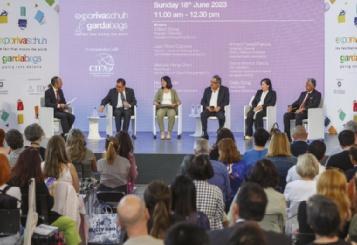
Among the manufacturing giants is also India. For Sanjay Leekha, president of CLE - Council for Leather Exports, both the central and state governments are actively encouraging foreign investment in the leather and footwear sector. In fact, a major support program for new investments is being finalized. With the implementation of this new production-related incentive scheme, India expects that many more major investments will be finalized. The country's competitive advantages: a large young workforce, competitive wage levels, trained and skilled workers. Not to mention the network of top-notch and internationally recognized educational institutions that regularly train trained supervisors and managers. The expectation is clear: to see India emerge as the new global factory in the leather and footwear industry. Among other things, forecasts see India's domestic footwear market growing at a very fast pace, given the growth in disposable income for the large and very young average population. The total size of the
industry is expected to increase from the current $18 billion to $47 billion by 2030.
From India to Pakistan, thanks to the analysis of Lt. Col. Ahmed Fawad Farooq, secretary general of PFMA - Pakistan Footwear Manufacturers Association. His analysis reveals a fermenting and emerging Pakistan in the footwear field. While the Pakistani footwear sector has traditionally relied on the Chinese supply chain, it has made great strides in recent years in developing its production capacity, which now offers a good competitive advantage due to its skilled workforce, costeffective production and strategic geographic location. By leveraging these strengths and promoting partnerships with Chinese suppliers, the country can bid to be a rising star in the market and benefit from the diversification of supply chains that is taking place today. The new road and rail infrastructure built between Pakistan and China also offers immense opportunities for both countries.
There is no shortage of support from the Pakistani government, which has demonstrated its commitment to supporting and nurturing the footwear industry. Recognizing the importance of this sector, it has introduced several policies and initiatives to promote growth, attract investment, and improve the business environment. These policies include investment incentives such as tax exemptions and reduced import duties, export promotion initiatives to facilitate global market access, and the establishment of Special Economic Zones dedicated to the footwear industry. In addition, the government has focused on skill development programs, intellectual property protection and efforts to improve the ease of doing business. On the other hand, the voice of retail brought out two themes above all others: a market that is still and still relying on athleisure modeling, and great concern about the severe impact inflation and other issues have had on consumer purchasing power, which threatens to dampen the positive post-pandemic rebound that the footwear industry was witnessing. The development of sales policies aimed at taking care of consumer concerns are at the heart of retail strategies, as is supply chain diversification.
Adel Fathy, buyer proveniente dall’Egitto, ha partecipato a Expo Riva Schuh & Gardabags in rappresentanza di DalyDress. Il marchio egiziano vanta una collezione completa di abbigliamento maschile e femminile che spazia dallo stile casual al look urbano e sofisticato. DalyDress è riuscito a posizionarsi come uno dei marchi più amati in Egitto, con oltre 60 negozi in tutto il Paese che offrono abbigliamento, accessori, borse e scarpe. DalyDress opera principalmente nel mercato egiziano, ma conta anche diversi negozi in franchising in Arabia Saudita.
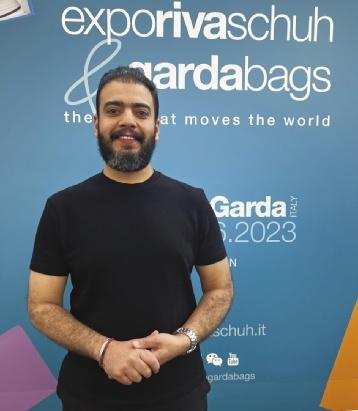
Abbiamo approfondito con Adel Fathy il ruolo della sua presenza in fiera, in quanto buyer, la sua prospettiva sul mercato egiziano e in generale sul settore, per concludere con il suo pensiero sull’importanza di manifestazioni come quella rivana al giorno d’oggi.
Si è tornati a viaggiare. Come valuta la sua partecipazione agli eventi fieristici in presenza?
L'edizione di giugno 2023
della fiera rivana ha confermato una grande partecipazione e un attento interesse da parte di molteplici attori del settore della calzatura e della pelletteria, a livello nazionale e internazionale.
“Per noi è importante partecipare. In fiera, in particolare ad Expo Riva Schuh & Gardabags, troviamo diverse opportunità, tra cui un’ampia varietà di prodotti a diverse fasce di prezzo, oltre alla presenza di espositori e distributori provenienti da una molteplicità di paesi del mondo, alcuni con cui già intratteniamo affari e altri con cui ci proponiamo di iniziare una collaborazione per ampliare il business. Ecco perché le fiere rappresentano ancora un valore aggiunto nonostante buona parte degli affari, oggi, avvenga online. La possibilità di avere un punto d’incontro in presenza per rivedere fornitori e clienti storici e conoscerne di nuovi è indispensabile per mantenere e far nascere relazioni personali e commerciali proficue”.
Secondo il suo punto di vista, qual è l’attuale situazione dei mercati calzatura e pelletteria?
“Il mercato attuale presenta tantissime sfide da affrontare per buyers, retailers, produttori e distributori: i costi delle materie prime, le insidie del fast fashion, le tendenze che variano molto velocemente, le esigenze mutevoli dei consumatori. Il mio parere è che finché esisteranno fiere come quella rivana avremo tutti la possibilità di far progredire il business nonostante le molteplici incognite. Expo Riva Schuh & Gardabags si impegna proprio per far sì che buyers e retailers riescano a trovare quello di cui hanno bisogno; mette in contatto domanda e offerta per far nascere nuovi rapporti commerciali. Noi continueremo a essere presenti e ringraziamo tutti gli organizzatori per averci dato la possibilità di partecipare, rendendo le giornate di manifestazione davvero eccezionali”.
Il buyer Adel Fathy (Egitto), ha condiviso la sua visione sullo stato attuale del mercato e sulle prospettive future.


The June 2023 edition of the trade fair in Riva del Garda confirmed a high level of participation and keen interest on the part of multiple players in the footwear and leather goods sector, both nationally and internationally. Buyer Adel Fathy (Egypt), shared his view on the current state of the market and future prospects.
Adel Fathy, buyer from Egypt, attended Expo Riva Schuh & Gardabags representing DalyDress. The Egyptian brand offers a complete collection of men's and women's clothing ranging from casual to urban and sophisticated looks. DalyDress has managed to position itself as one of the most popular brands in Egypt, with over 60 shops across the country offering clothing, accessories, bags and shoes. DalyDress operates mainly in the Egyptian market, but also has several franchise shops in Saudi Arabia.
We discussed with Adel Fathy the role of his presence at the fair, as a buyer, his perspective on the Egyptian market and on the sector in general, and concluded with his thoughts on the importance of events like the one in Riva del Garda today.
It's back to travelling. How do you rate your attendance at trade fair events?
"It is important for us to participate. At trade fairs, in particular at Expo Riva Schuh & Gardabags, we find various opportunities, including a wide variety of products in different price ranges, as well as the presence of exhibitors and distributors from a variety of countries around the world, some with whom we already do business and others with whom we intend to start collaborating to expand business. This is why trade fairs still represent an added value despite the fact that much of today's business is done online. The possibility of having an in-person meeting point to see long-standing suppliers and customers and to meet new ones is indispensable for maintaining and building profitable personal and business relationships”.
In your view, what is the current situation of the footwear and leather goods markets?
"Today's market presents so many challenges for buyers, retailers, manufacturers and distributors: the cost of raw materials, the pitfalls of fast fashion, fast-changing trends, changing consumer needs. My opinion is that as long as trade fairs like the one in Riva del Garda exist, we will all have the opportunity to drive business forward despite the many unknowns. Expo Riva Schuh & Gardabags is committed precisely to ensuring that buyers and retailers can find what they need; it puts supply and demand in contact to forge new business relationships. We will continue to be present and we thank all the organisers for giving us the opportunity to participate, making the days of the event truly exceptional".
L’azienda, a conduzione famigliare, nasce nel 1999 in Serbia e si specializza inizialmente nella produzione e distribuzione di zoccoli con fondo in legno e tomaia in pelle: una calzatura tradizionale, quindi, pratica e comoda per diversi usi. Il business si sviluppa dapprima sul territorio nazionale, per poi espandersi progressivamente ai Balcani. Verso la metà degli anni Duemila, ai fondi in legno si affiancano sempre più quelli in PU, con caratteristiche antiscivolamento, e la produzione spazia dagli zoccoli ai sandali fashion alle calzature ortopediche, con materiali provenienti soprattutto dall’Italia, di cui si apprezza la qualità e su cui si punta per offrire un prodotti eccellente ad alto contenuto di comfort. Proprio questi tratti sono rimasti a caratterizzare anche oggi l’attività di Leon Anatomic, che punta su calzature belle, fashion ma soprattutto in grado di ‘coccolare’ il piede, adatte anche a professionisti come medici e infermieri o a persone con esigenze particolari. Il target di riferimento è la donna (circa 70%), ma è presente anche una collezione di calzature da uomo e una piccola percentuale di scarpe da bambino. L’intera produzione avviene nel proprio stabilimento in Serbia, che impiega oltre 250 dipendenti su una superficie di oltre 9000 m².
“Per le numerose persone che hanno, ad esempio, problemi di alluce valgo e che non riescono a portare qualsiasi tipo di calzatura – afferma Dorde Savic, CEO - noi offriamo scarpe fashion ma anche studiate con intelligenza per non premere sull’alluce, grazie all’impiego di pellami ultra morbidi e ad inserti elastici posizionati ad hoc”. “Inoltre, - prosegue – disponiamo di 6-8 ampiezze diverse della suola, per offrire prodotti più personalizzati”.
Ad oggi la produzione si bilancia tra un 50% di calzature fashion e un 50% di scarpe ortopediche e per bisogni speciali. “Anche le nostre calzature fashion, però – sottolinea Savic - hanno sempre un’attenzione di riguardo verso il benessere del piede e sono prodotte con materiali di qualità (quasi esclusivamente pelle: velour, nappa ecc.) e con accorgimenti quali differenti altezze di tacco oppure l’inserimento di un elemento antiscivolo nella suola e di solette interne anatomiche”.
Presente per la seconda volta a Expo Riva Schuh, Leon Anatomic ha ricevuto con le proprie collezioni un ottimo riscontro da parte dei buyer “Siamo molto soddisfatti – afferma Savic in occasione dell’edizione di giugno della fiera di Riva del Garda - abbiamo avuto ottimi contatti con buyer interessati al nostro mix di fashion/comfort/ qualità e prezzo competitivo. Soprattutto compratori provenienti da Polonia, Ungheria, Germania, Austria, Israele. Oggi possiamo
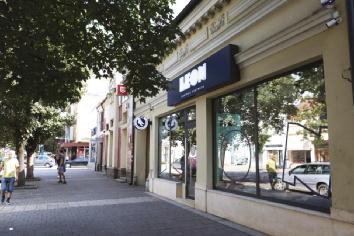
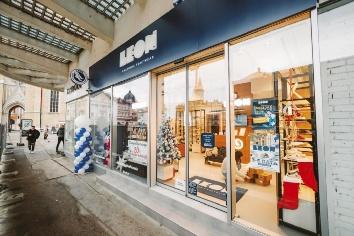
L’azienda serba offre da oltre 20 anni sandali e zoccoli fashion, nonché calzature ortopediche e per bisogni speciali, puntando sempre ad unire qualità, comfort e giusto prezzo.
contare su una buona distribuzione, soprattutto nei Balcani dove abbiamo 17 distributori, ma grazie anche ad Expo Riva Schuh, stiamo ampliando il nostro raggio di azione a tutta l’Europa e non solo. Inoltre, abbiamo dei negozi a nostro marchio in Serbia e Slovacchia: cinque punti vendita, cui se ne aggiungeranno altri per la fine dell’anno, sia in Serbia che in Croazia e Ungheria”.
have continued to characterise Leon Anatomic's business today, which focuses on beautiful, fashionable footwear that is above all able to 'pamper' the foot, also suitable for professionals such as doctors and nurses or people with special needs. The target market is women (about 70%), but there is also a men's shoe collection and a small percentage of children's shoes. The entire production takes place in the company's own factory in Serbia, which employs more than 250 employees on an area of over 9000 m².
"For the many people who have, for example, problems with hallux valgus and cannot wear any kind of footwear,' says Dorde Savic, CEO, 'we offer shoes that are fashionable but also cleverly designed not to press on the big toe, thanks to the use of ultra-soft leather and specially positioned elastic inserts. "In addition," he continues, "we have 6-8 different sole widths to offer more customised products".

To date, production is balanced between 50 per cent fashion footwear and 50 per cent orthopaedic and special-needs shoes. "Even our fashion shoes, however," emphasises Savic, "always have a focus on the wellbeing of the foot and are produced with quality materials (almost exclusively leather: velour, nappa leather, etc.) and with expedients such as different heel heights or the insertion of an anti-slip element in the sole and anatomical lining insoles.
Present for the second time at Expo Riva Schuh, Leon Anatomic received excellent feedback from buyers with its collections. 'We are very satisfied,' said Savic at the June edition of the Riva del Garda fair, 'we had excellent contacts with buyers interested in our mix of fashion/comfort/quality and competitive price. Especially buyers from Poland, Hungary, Germany, Austria, and Israel. Today we can count on good distribution, especially in the Balkans where we have 17 distributors, but thanks also to Expo Riva Schuh, we are expanding our range of action to the whole of Europe and beyond. In addition, we have our own brand shops in Serbia and Slovakia: five outlets, to which others will be added by the end of the year, both in Serbia and in Croatia and Hungary'.
The family-run company was founded in 1999 in Serbia and initially specialised in the production and distribution of clogs with wooden bottoms and leather uppers: traditional footwear, therefore, practical and comfortable for various uses. The business first developed in the country and then gradually expanded to the Balkans. Towards the middle of the 2000s, wooden bottoms were increasingly flanked by PU bottoms, with non-slip characteristics, and production ranged from clogs to fashion sandals to orthopaedic footwear, with materials sourced mainly from Italy, whose quality was appreciated and on which the company relied to offer an excellent product with a high comfort content. It is precisely these traits that

The Serbian company has been offering fashionable sandals and clogs as well as orthopaedic and special needs footwear for over 20 years, always aiming to combine quality, comfort and a fair price.
L'industria della calzatura spagnola è guidata dalle esportazioni. Nel 2022, infatti, la Spagna ha esportato scarpe per oltre 3 miliardi di euro, battendo ogni suo record. Francia, Italia, Germania, Portogallo e Stati Uniti risultano i principali mercati di destinazione. I marchi spagnoli sono diventati un punto di riferimento per design e qualità a livello internazionale e sono presenti nei migliori showroom e negozi di tutto il mondo.
Secondo gli ultimi dati, da gennaio a maggio 2023, le esportazioni hanno raggiunto 1.395,4 milioni di euro, con un aumento del 14% rispetto allo stesso periodo del 2022.
Il settore calzaturiero spagnolo è noto per i suoi prodotti di alta qualità, l'artigianalità e un ottimo rapporto qualità-prezzo. L'industria è variegata, con un'ampia gamma di marchi e stili, tra cui scarpe in pelle, calzature sportive, casual, comfort di tendenza o di design e alla moda. E l'appuntamento con la calzatura di produzione spagnola - nota per l'attenzione ai dettagli, al comfort e allo stile - si rinnoverà anche nella la prossima stagione estiva, grazie all'organizzazione di FICE, l'associazione dei produttori spagnoli, e al supporto dell'Istituto Spagnolo per il Commercio Estero (ICEX). In particolare durante l'appuntamento di MICAM Milano - dal 17 al 20 settembre 2023 - dove esporranno 110 aziende spagnole in rappresentanza di 132 marchi che coprono tutti i segmenti del mercato, da quello di tendenza a quello urbano, premium, collezioni di design, sneakers, prodotti per bambini, vegani, sostenibili e molti altri.
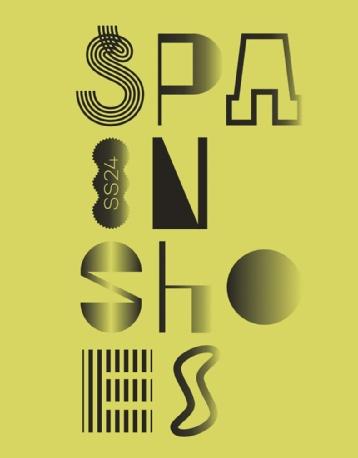
Un numero di espositori che cresce del 10% rispetto all'ultima edizione estiva del 2022. Il MICAM è il punto d'incontro perfetto per i marchi di calzature spagnoli, per rafforzare il loro business con i rivenditori di tutto il mondo. E con la stessa Italia, che oggi risulta il secondo maggior acquirente di calzature spagnole, avendo importato 22,5 milioni di paia nel 2022, per un aumento del 26%.
E gli ultimi dati del 2023 (da gennaio a maggio) mostrano un aumento ancora più sostenuto (+38%). A riprova di come, stagione dopo stagione, i marchi spagnoli riescano a soddisfare i requisiti e le necessità di un mercato così esigente e sofisticato.
La Spagna è tra i principali produttori ed esportatori di calzature in Europa.
Qualche numero
(export a 3 miliardi di euro) e dove trovarle.

association of Spanish manufacturers, and the support of the Spanish Institute for Foreign Trade (ICEX). In particular during the MICAM Milan event-from September 17 to 20, 2023-where 110 Spanish companies representing 132 brands covering all segments of the market, from trendy to urban, premium, design collections, sneakers, children's products, vegan, sustainable and many others will exhibit. A number of exhibitors growing by 10 percent since the last summer edition in 2022.
MICAM is the perfect meeting point for Spanish footwear brands to strengthen their business with retailers around the world. And with Italy itself, which is now the second largest buyer of Spanish footwear, having imported 22.5 million pairs in 2022, an increase of 26 percent. And the latest figures for 2023 (January to May) show an even greater increase (+38 percent).
Proof of how, season after season, Spanish brands manage to meet the requirements and needs of such a demanding and sophisticated market.
Spain's footwear industry is driven by exports. In fact, in 2022, Spain exported more than 3 billion euros worth of shoes, breaking all its records. France, Italy, Germany, Portugal and the United States turn out to be the main destination markets. Spanish brands have become a benchmark for design and quality internationally and are present in the best showrooms and stores around the world.
According to the latest data, from January to May 2023, exports reached 1,395.4 million euros, an increase of 14 percent over the same period in 2022.
The Spanish footwear industry is known for its high-quality products, craftsmanship and excellent value for money. The industry is diverse, with a wide range of brands and styles, including leather shoes, sports shoes, casual, trendy comfort or designer and fashionable.
And the appointment with Spanish-made footwear-known for its attention to detail, comfort and style-will be renewed again in the upcoming summer season, thanks to the organization of FICE, the
I marchi della collettiva “Shoes from Spain” che esporranno a MICAM Milano.
“Shoes from Spain” brands exhibiting at MICAM Milano
The success of "Shoes from Spain" continues. Spain is among the leading producers and exporters of footwear in Europe. Some numbers (exports at 3 billion euros) and where to find them.
Èprobabile che tutti conoscano Cortina, ma non fa male ricordarne le origini e lo sviluppo: “Cortina è un'azienda a conduzione familiare fondata nei primi anni Cinquanta in Belgio. Oggi rappresenta una realtà internazionale specializzata in calzature e abbigliamento che rifornisce grossisti e dettaglianti in tutto il mondo. Essendo una delle prime aziende a investire in un'unità produttive in Cina, siamo riusciti a crescere rapidamente, senza compromettere la qualità. Ogni anno consegniamo oltre 30 milioni di paia di scarpe e 5 milioni di capi di abbigliamento a grossisti e rivenditori di tutto il mondo. Private label, produzione su licenza e marchi di proprietà, questo è il nostro business”.
Tra i marchi di proprietà figura Safety Jogger. Come sta crescendo il progetto nato con il nuovo millennio? Ne parlano Gilles Devos, Direttore Commerciale di Safety Jogger, e Thomas Vulliez, General Director di SJ, il marchio lifestyle di Safety Jogger.

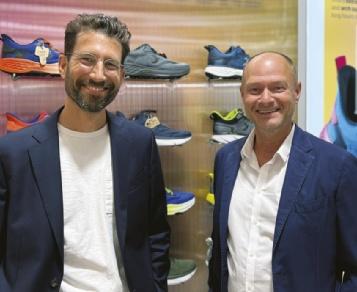
“Oggi, Safety Jogger, un brand di calzature, abbigliamento e caschetti di sicurezza, viene venduto in più di 130 paesi e rappresenta il marchio più importante all'interno del panorama della attività di Cortina Group. Circa un anno fa, sono trascorse due stagioni ormai, abbiamo deciso di investire ulteriormente in questo progetto di successo lanciando la linea 'SJ', il marchio lifestyle della famiglia Safety Jogger. La prima collezione è stata dedicata al mondo dell'avventura/outdoor (per uomo, donna e bambino), mentre per la prossima primaver/estate 2024 offriremo al mercato anche una gamma di prodotti Athleisure.”
Una trasformazione graduale di Cortina da private label a brand coltivata con intelligenza: “Abbiamo portato l'esperienza, così come alcune tecnologie e materiali già ampiamente utilizzati nel mondo della sicurezza, su queste nuove linee. Ovviamente abbiamo anche dovuto cambiare molto altro per soddisfare le esigenze di un utilizzo lifestyle. Quello che senza dubbio caratterizza la linea SJ è una spiccata considerazione dei trend moda accanto a un'altissima attenzione per il comfort.”
Per compiere una transizione così importante è stato necessario chiamare a bordo anche altre professionalità, già esperte dei segmenti di mercato che si volevano sviluppare. Ecco come Thomas Vulliez è entrato a far parte della famiglia: “Negli ultimi 20 anni ho lavorato alla costruzione di diversi brand e collezioni di calzature in tutta Europa e negli Stati Uniti. Il lavoro già ottimo fatto da Cortina prima del mio arrivo ha aiutato a strutturare una completa e bilanciata proposta che, possiamo dirlo, ha già ricevuto un ottimo riscontro di mercato. Ora sarà nostra premura presentare sempre
Moda e comfort saranno le caratteristiche salienti del nuovo marchio che spinge in avanti il progetto di Cortina Group di sviluppare il proprio marchio e non essere più solo un produttore private label.
Cosa dobbiamo aspettarci da SJ, il nuovo marchio lifestyle di Safety Jogger by Cortina
meglio e con più forza il nuovo progetto a tutto sul palcoscenico internazionale.”
Credo si possa considerare Cortina fra i più importanti, se non il più importante, produttore private label di calzature in Europa. Perché cambiare, quindi? “Perché ci piacciono le sfide e perché crediamo che costruire un'identità forte anche con un brand di proprietà sia la strategia migliore per affrontare un futuro che si dimostra sempre più costellato di incognite.
Va aggiunto che lo scheletro societario così ben formato attorno al business del private label rappresentava un ottimo punto di partenza per sviluppare un proprio brand, tanto da risultare uno spreco non sfruttarlo a dovere. Inoltre, avere a che fare con le strategie e le problematiche legate alla costruzione e alla distribuzione di un brand di proprietà permette a tutto il gruppo di lavoro di acquisire conoscenze che renderanno Cortina un fornitore ancora più consapevole e affidabile per i suoi tradizionali clienti. Senza contare che questa operazione di ampliamento delle prospettive ha portato e porterà a conoscere e stringere rapporti con nuovi clienti con cui prima non avevamo occasione e motivo di interagire.”
Parlando di clienti… come avranno accolto le nuove strategie commerciali del gruppo? “Chi già ci commissionava prodotti private label è soddisfatto della nostra evoluzione, perché il retail è sempre alla ricerca di nuovi brand, dalla forte identità, da proporre ai consumatori.”
Viene naturale chiedersi quali siano i prossimi obbiettivi del progetto e qualche dato può già valutarne il successo: “Puntiamo prima di tutto a far conoscere la nostra nuova rotta a chi è già nostro cliente, in particolare sui mercati di Belgio, Paesi Bassi e Francia. Ovviamente, con le dovute tempistiche, coinvolgeremo via via anche tutti gli altri mercati, partendo dall'Europa.
Per quanto riguarda i risultati: la Retrò Tennis Sneaker, il primo modello iconico che abbiamo lanciato alla nascita di SJ, caratterizzato da contenuti sostenibili è andata a ruba... quindi i primi segnali sono stati molto, molto positivi.”
It's likely that everyone knows Cortina, but it doesn't hurt to remember its origins and development: "Cortina is a family-owned company founded in the early 1950s in Belgium. Today it represents an international footwear and apparel specialist that supplies wholesalers and retailers worldwide. As one of the first companies to invest in a production unit in China, we have been able to grow rapidly without compromising quality. Each year we deliver more than 30 million pairs of shoes and 5 million garments to wholesalers and retailers around the world. Private label, licensed production and owned brands, this is our business."
Proprietary brands include Safety Jogger. How is the project born with the new millennium growing? Gilles Devos, Commercial Director, and Thomas Vulliez, General Director of SJ, the lifestyle brand of Safety Jogger, talk about it.
"Today, Safety Jogger, a brand of safety shoes, workwear and head protection, is sold in more than 130 countries and is the most important brand within Cortina Group's business landscape. About a year ago, two seasons have passed now, we decided to further invest in this successful project by launching the 'SJ' line, the lifestyle brand of the Safety Jogger family. The first collection was dedicated to the adventure/outdoor world (for men, women and children), while for the upcoming spring/summer 2024 we will also offer the market a range of Athleisure products."

What we should expect from SJ, the new lifestyle brand of Safety Jogger by Cortina
Fashion and comfort will be the highlights of the new collection that pushes forward Cortina Group's plan to develop its own brand and no longer be just a private label manufacturer.
A gradual transformation of Cortina from private label to a smartly cultivated brand: "We brought experience, as well as some technologies and materials already widely used in the safety world, to these new lines. Of course, we also had to change a lot more to meet the needs of lifestyle use. What undoubtedly characterizes the SJ line is a strong consideration of fashion trends alongside a very high focus on comfort."
To make such a major transition, it was necessary to call on board other professionals who were already experts in the market segments that were to be developed. Here's how Thomas Vulliez joined the family: "Over the past 20 years I have worked on building several footwear brands and collections throughout Europe and the United States. The already excellent work done by Cortina prior to my arrival helped to structure a complete and balanced proposition that, we can say, has already received excellent market feedback. Now it will be our concern to present the new project better and stronger to everyone on the international stage."
I think we can consider Cortina among the most important, if not the most important, private label footwear manufacturers in Europe. So why change? "Because we like challenges and because we believe that building a strong identity even with a proprietary brand is the best strategy to face a future that proves to be increasingly studded with unknowns.
It should be added that the corporate skeleton so well formed around the private label business represented an excellent starting point for developing our own brand, so much so that it was a waste not to take full advantage of it. Moreover, dealing with the strategies and issues involved in building and distributing a proprietary brand allows the entire team to gain knowledge that will make Cortina an even more knowledgeable and reliable supplier to its traditional customers. Not to mention that this broadening of perspectives has led and will lead to getting to know and form relationships with new customers with whom we previously had no opportunity and reason to interact."
Speaking of clients... how will they have received the group's new business strategies? "Those who were already commissioning private label products from us are pleased with our evolution, because retail is always looking for new brands, with a strong identity, to propose to consumers."

It comes natural to ask what the next goals of the project are, and if some data can already assess its success: "We aim first of all to introduce our new route to those who are already our customers, particularly in the markets of Belgium, Netherlands and France. Of course, with due timing, we will gradually involve all other markets as well, starting with Europe.
As for the results: the Retro Tennis Sneaker, the first iconic model we launched at the birth of SJ, featuring sustainable content, has sold out... so the first signs have been very, very positive."

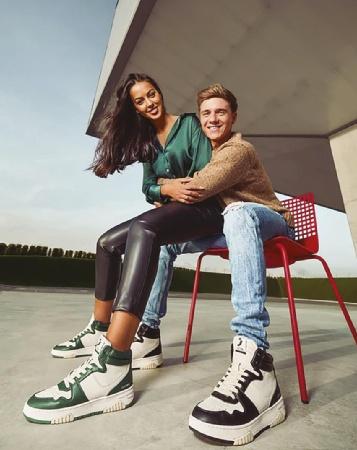
Chalo Holding è un’azienda storica e famigliare, specializzata nell’ideazione e produzione di articoli di pelletteria per uomo, e soprattutto donna (fashion bags, cinture, portafogli e piccola pelletteria). Forte, infatti, dell’esperienza maturata dal padre fin dal 1977, Rishi Gulati avvia nel 2008 la sua attività con il nome di Chalo Holding, con sede a Dehli, in India. La produzione di borse in pelle da donna, sia con proprio marchio che per private label, diventa il tratto distintivo dell’azienda, ma questa si dimostra capace anche di evolvere in sintonia con il mercato e nel corso degli ultimi anni alla pelle si affianca via via la lavorazione di tessuti riciclati e naturali, che donano un’impronta sempre più fashion e sostenibile dei prodotti proposti.

Nasce così nel 2023 il nuovo brand Odd Cat, presentato in anteprima alla scorsa edizione della fiera di Riva del Garda e poi ad altri primari appuntamenti fieristici internazionali. Ne parliamo con il titolare, Aanchal Gulati, convinta del fatto che la sostenibilità sia il futuro della moda.
Che cosa caratterizza una borsa Chalo Holding?
La nostra produzione spazia dalla pelle di qualità ai tessuti fashion come il denim, ma nel corso degli ultimi anni abbiamo voluto farci interpreti della sensibilità dei consumatori verso un prodotto più naturale e sostenibile, e abbiamo puntato sempre di più sull’utilizzo di materiali naturali come la tela, il cotone, la raffia e altri materiali naturali e riciclati.
Quali sono i plus del vostro prodotto rispetto ai competitor?
Cerchiamo di essere sempre un passo avanti rispetto alle nuove tendenze e di proporre alla nostra clientela un prodotto fashion e attuale. Per questo motivo viaggiamo molto e cerchiamo di catturare i cambiamenti in atto nella moda, proponendo nuove collezioni ogni tre mesi, ad un prezzo vantaggioso. Tutte le collezioni sono disegnate all’interno dei nostri uffici, a Delhi.
Ci può fornire qualche ‘numero’ della vostra produzione’?
Abbiamo tre fabbriche in India, tra Delhi e Calcutta, che impiegano circa 800 persone. Curiamo al nostro interno l’intero processo produttivo - dal design alla prototipazione, dalla produzione alla distribuzione -. Lavoriamo sia con private label per grandi catene di negozi e grandi magazzini come Lloyd in UK oppure Outfitters negli Usa, sia con i nostri marchi. A partire dal 2023, infatti, abbiamo lanciato il nostro brand eco-fashion Odd Cat, specializzato in pelletteria di alta gamma, che abbiamo presentato in anteprima a Expo Riva Schuh.
L’azienda indiana, attiva da quasi 50 anni nel settore della pelletteria private label, ha presentato in anteprima a Expo Riva Schuh il suo brand eco-fashion.
Da cosa nasce il nome Odd Cat e qual è la sua personalità?
ODD sta per Overdressed. CAT per Consapevole At. Il suo significato è: la moda è una forma di espressione e noi crediamo nell'espressione di noi stessi. Possiamo definirlo un marchio consapevole e sostenibile, che guarda al futuro delle nuove generazioni, e che sa essere fashion nel rispetto dell’uomo e del pianeta. Ogni borsa, infatti, è realizzata con le eccedenze di pelle della nostra fabbrica e con materiali naturali come la raffia o il cotone organico, mentre per gli accessori come ad esempio zip o chiusure, utilizziamo le rimanenze di magazzino. L’obiettivo è di proporre un articolo accattivante, giovane e alla moda, ma allo stesso tempo di ridurre gli sprechi di materiale. Parliamo di un prodotto esclusivo, pensato per boutique e piccole catene di negozi, proposto ad un prezzo che se è high level per il mercato domestico, si rivela molto competitivo su quello internazionale. Parliamo di borse che non superano i 150 euro. “La moda può essere comodamente lussuosa e consapevole” recita il claim del brand.
Il nuovo brand ha delle certificazioni ‘green’?
Il tessuto che usiamo, così come il denim, è sostenibile perché è riciclato, e certificato GRS (Global Recycle Standard). Inoltre, la pelle che utilizziamo proviene da concerie LWG Leather Working Group - la prima attestazione ambientale a livello mondiale per l'industria manifatturiera della pelle - e stiamo lavorando per l’ottenimento della certificazione di fabbrica GRIHA, che equivale alla LEED europea, che pensiamo di ottenere entro un anno.
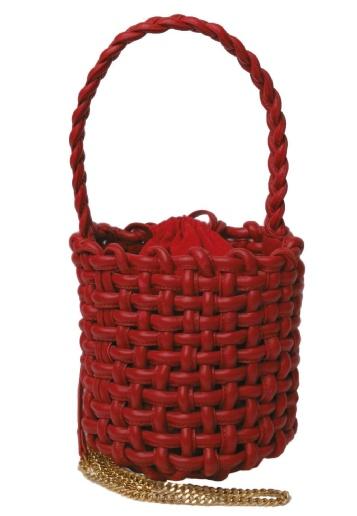
Qual è il target di riferimento?
Le giovani donne, principalmente nella fascia d'età compresa tra i 25 e i 45 anni, che hanno il potere d'acquisto necessario per acquistare articoli di alta moda in vera pelle, ma che sono anche molto attente e sensibili ad un consumo consapevole e rispettoso del futuro delle prossime generazioni e del pianeta.
Quali attività di lancio avete previsto per il nuovo brand?
Il brand è già presente online sul sito shopoddcat.com, ma la prima presentazione ai buyer internazionali è stata la fiera di giugno di Riva del Garda. Poi, dopo l’appuntamento in Giappone, sarà la volta, a gennaio 2024, di New York, dove abbiamo anche in programma l’apertura di un negozio monomarca. Conosciamo bene il mercato giapponese e newyorkese, perché ci lavoriamo da molti anni, e crediamo che Odd Cat possa ricevere dei buoi riscontri presso la clientela. Per quanto riguarda, invece, il mercato indiano, abbiamo assunto una società che si occupa di promozione online e di tutte le nostre attività sui social media.
The Indian company, which has been active in the private label leather goods sector for almost 50 years, presented a first preview of its eco-fashion brand at Expo Riva Schuh.
Chalo Holding is a historic, family-run company specialising in the design and production of leather goods for men and especially women (fashion bags, belts, wallets and small leather goods). Building on the experience gained by his father since 1977, Rishi Gulati started his business in 2008 under the name Chalo Holding, based in Dehli, India. The production of women's leather bags, both under its own brand and for private labels, became the company's
distinctive feature, but it also proved itself to be able to evolve in tune with the market, and over the last few years leather has gradually been accompanied by the processing of recycled and natural fabrics, which give an increasingly fashionable and sustainable imprint to the products on offer. This is how the new OddCat brand was born in 2023, previewed at the last edition of the Riva del Garda trade fair and then at other major international fairs. We talked about it with the founder, Aanchal Gulati, who believes sustainability is the future of fashion.
What characterises a Chalo Holding bag?
Our production ranges from quality leather to fashionable fabrics such as denim, but over the last few years we have wanted to be the interpreter of consumer sensitivity towards a more natural and sustainable product, and we have increasingly focused on the use of natural materials such as canvas, cotton, raffia and recycled & other natural materials.
What are the pluses of your product compared to competitors?
We try to always be one step ahead of new trends and to offer our customers a fashionable and up-to-date product. This is why we travel a lot and try to capture the changes taking place in fashion, offering new collections every three months, at a favourable price. All collections are designed on the inside of our offices in Delhi.
Can you give us some 'numbers' of your production?
We have three factories in India, between Delhi and Calcutta, employing around 800 people. We take care of the entire production process - from design to prototyping, production to distribution - . We work both with private labels for large chain shops and department stores such as Lloyd's in the UK or Outfitters in the USA, and with our own brands. Starting in 2023, in fact, we have launched our eco-fashion brand Odd Cat, specialising in high-end leather goods, which we previewed at Expo Riva Schuh.
What is the origin of the name Odd Cat and what is its personality?
ODD stands for Overdressed. CAT for Conscious At. Its meaning is: fashion is a form of expression and we believe in self-expression. We can define it as a conscious and sustainable brand, which looks to the future of the new generations, and which knows how to be fashionable while respecting man and the planet. Each bag, in fact, is made with surplus leather from our factory and natural materials such as raffia or organic cotton, while for accessories such as zips or fasteners, we use leftover stock. The aim is to propose an attractive, young and fashionable article, but at the same time to reduce material waste. We are talking about an exclusive product, designed for boutiques and small chain shops, proposed at a price that if it is high level for the domestic market, proves to be very competitive on the international one. We are talking about
bags that do not exceed 150 euros. 'Fashion can be comfortably luxurious and conscious' says the brand's claim.
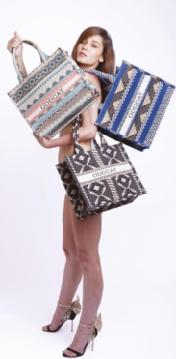
Does the new brand have 'green' certifications?
The fabric we use, as well as the denim, is sustainable because it is recycled, and GRS (Global Recycle Standard) certified. In addition, the leather we use comes from LWG Leather Working Group tanneries - the world's first environmental certification for the leather manufacturing industry - and we are working towards obtaining GRIHA factory certification, which is equivalent to the European LEED, which we expect to obtain within a year.
What is the target audience?
Young women, mainly in the 25 to 45 age range, who have the purchasing power to buy high fashion items made of genuine leather, but who are also very attentive and sensitive to conscious consumption that respects the future of the next generations and the planet.

What launch activities have you planned for the new brand?
The brand is already online at shopoddcat.com, but the first presentation to international buyers was at the June fair in Riva del Garda. Then, after the appointment in Japan, it will be the turn of New York in January 2024, where we also plan to open a flagship shop. We know the Japanese and New York markets well, because we have been working there for many years, and we believe that Odd Cat can receive good feedback from customers. As for the Indian market, we have hired a company to take care of online promotion and all our social media activities.
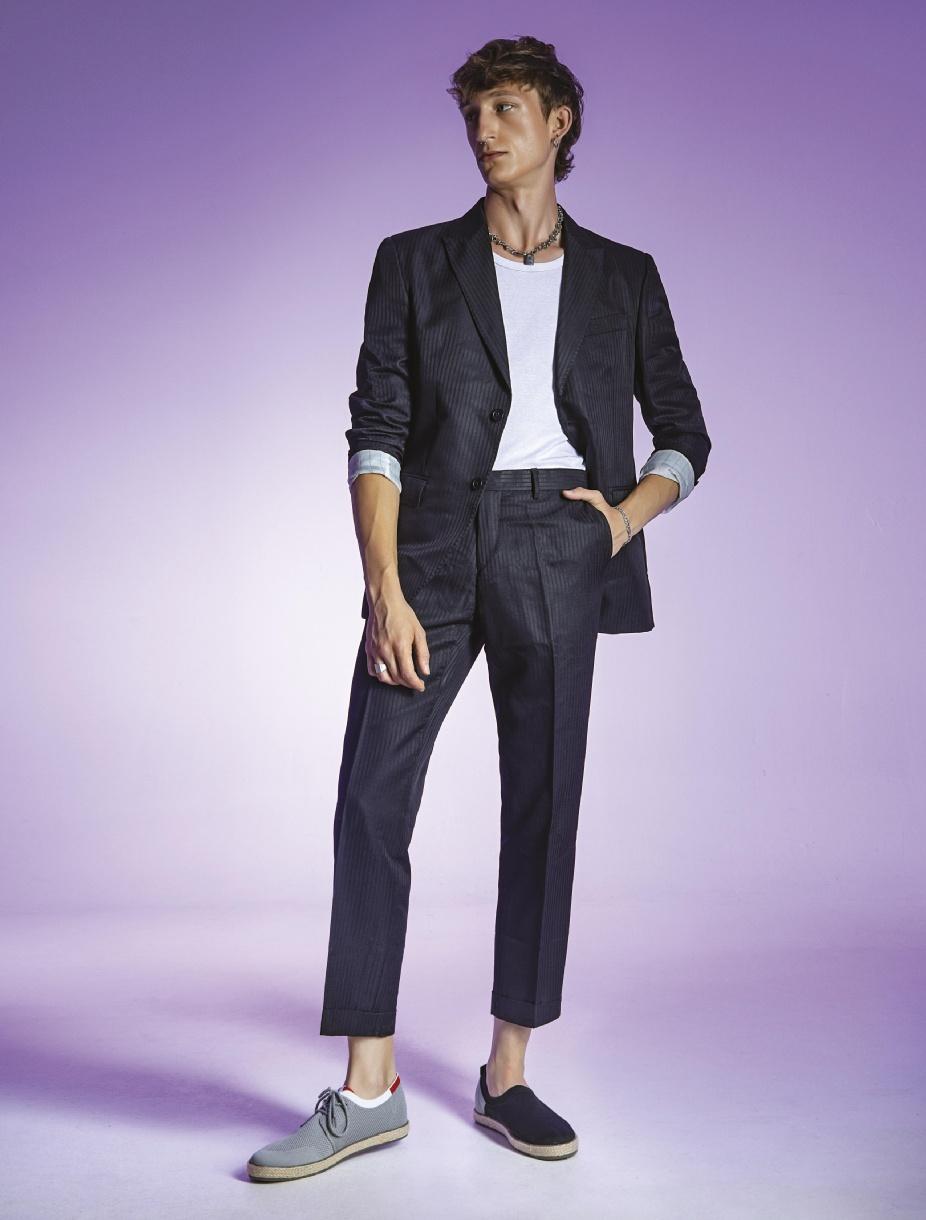


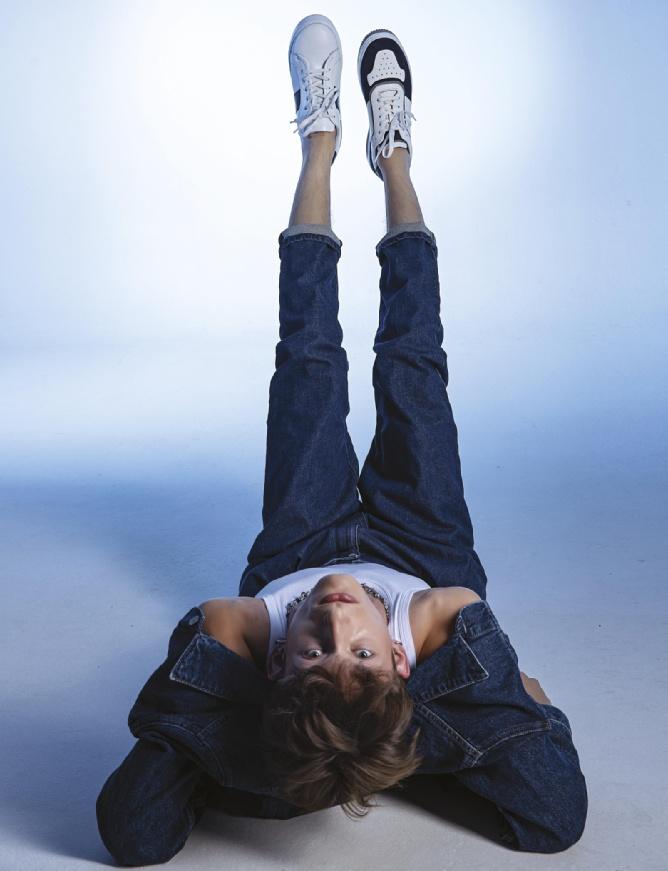
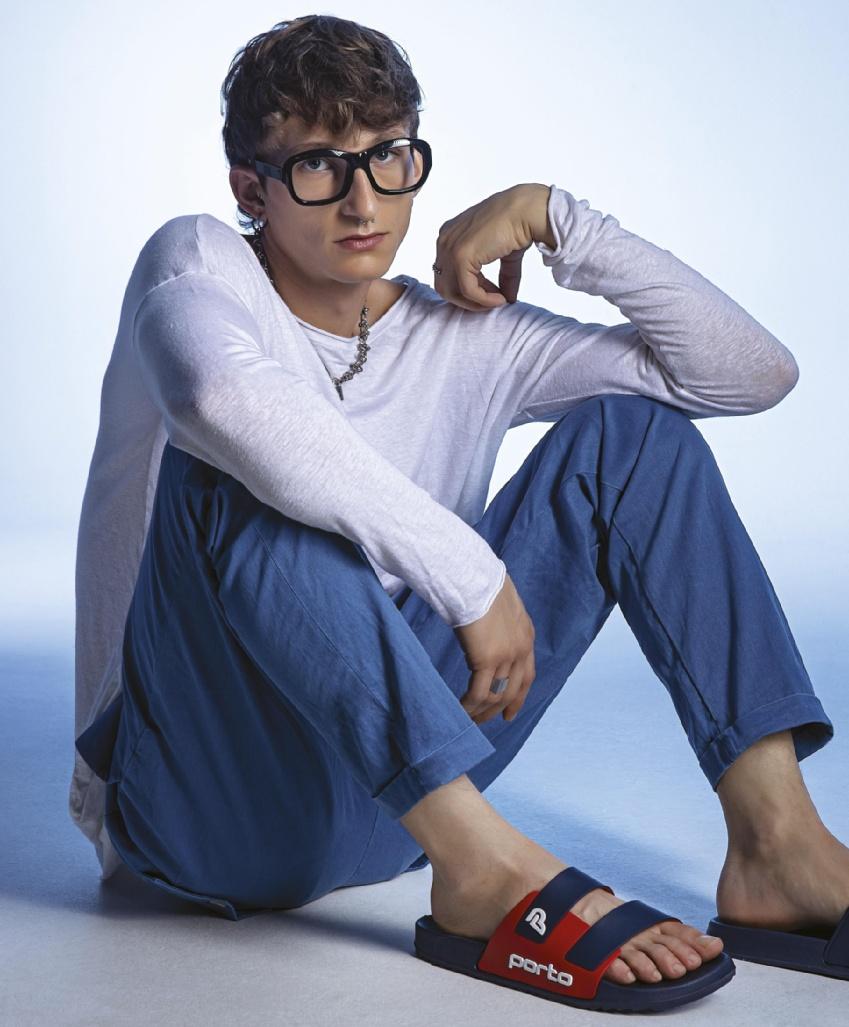 Slippers PORTO
Slippers PORTO

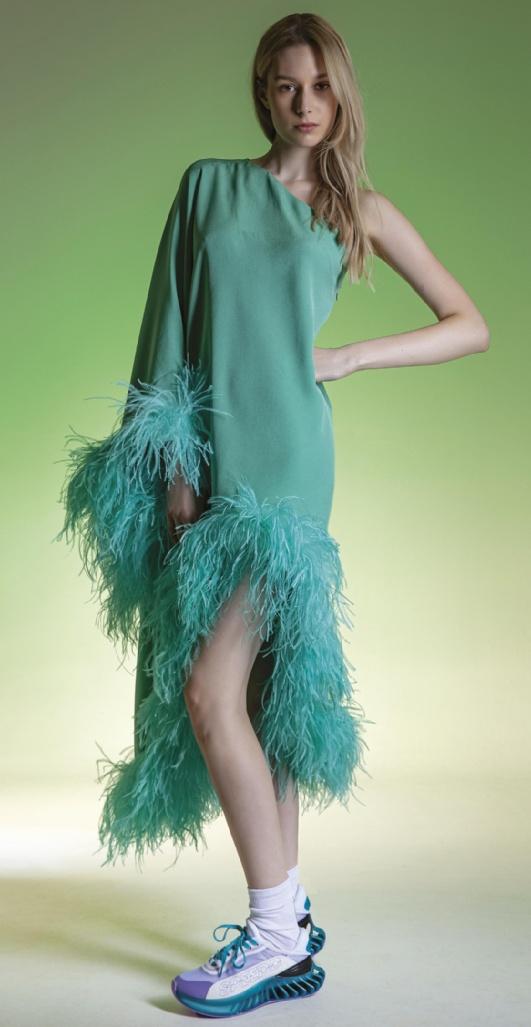


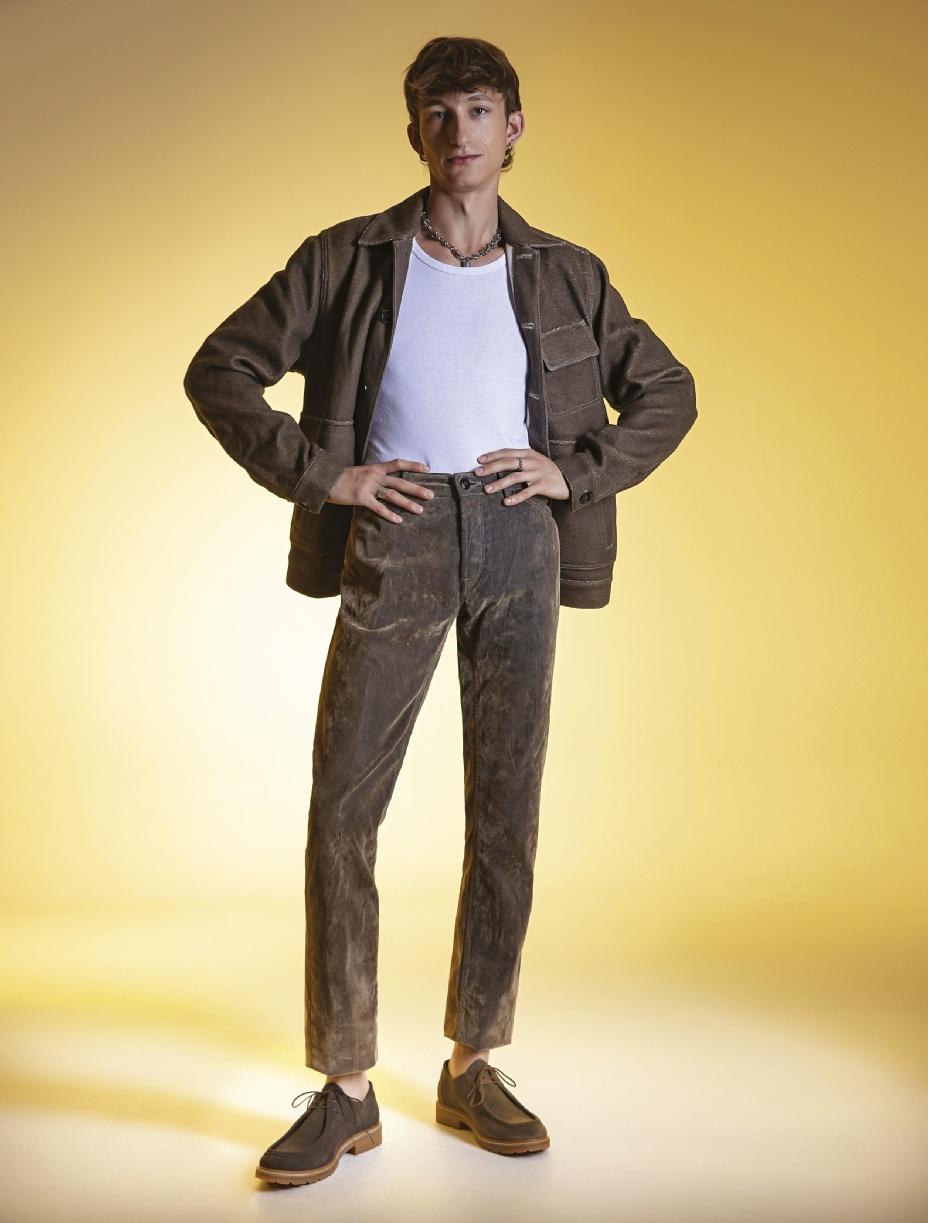




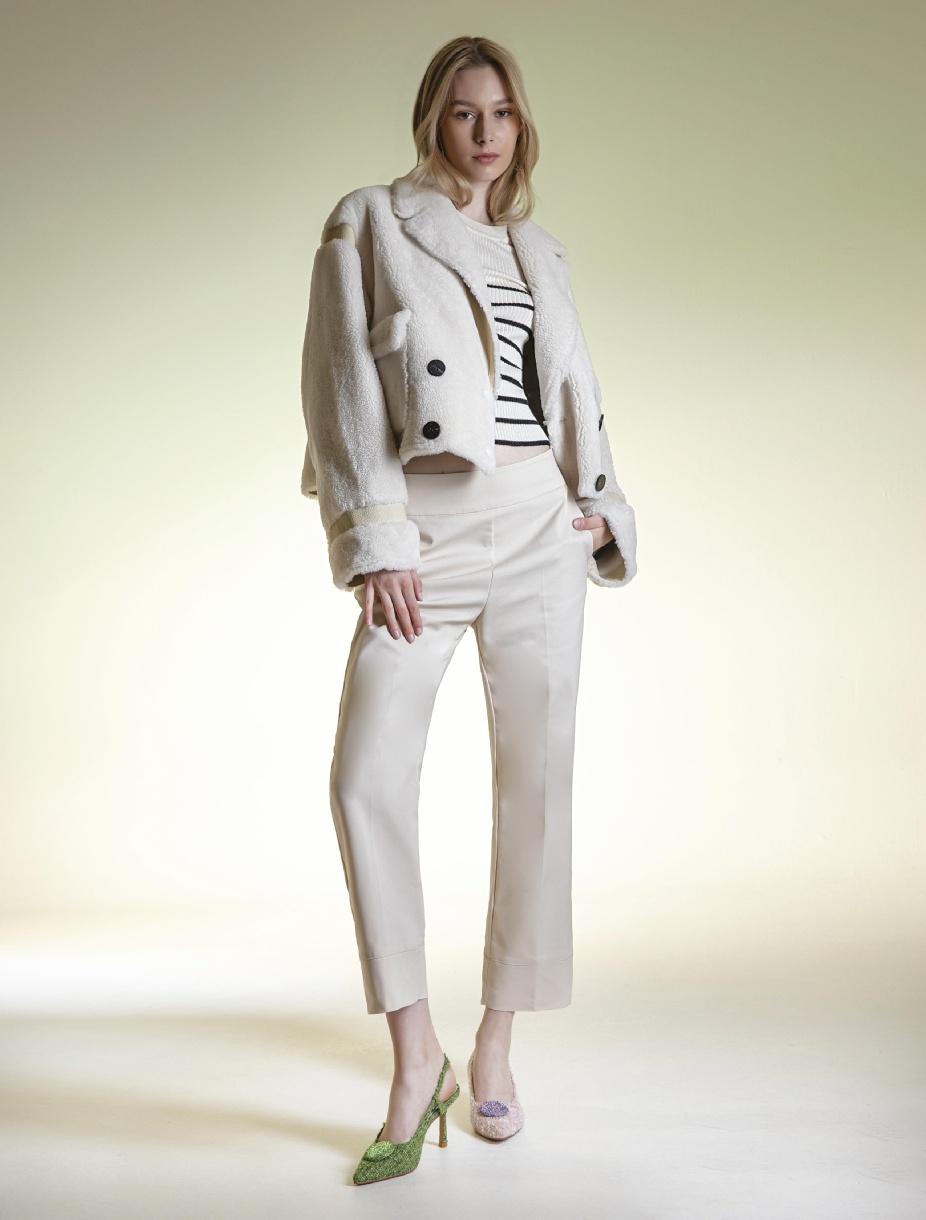
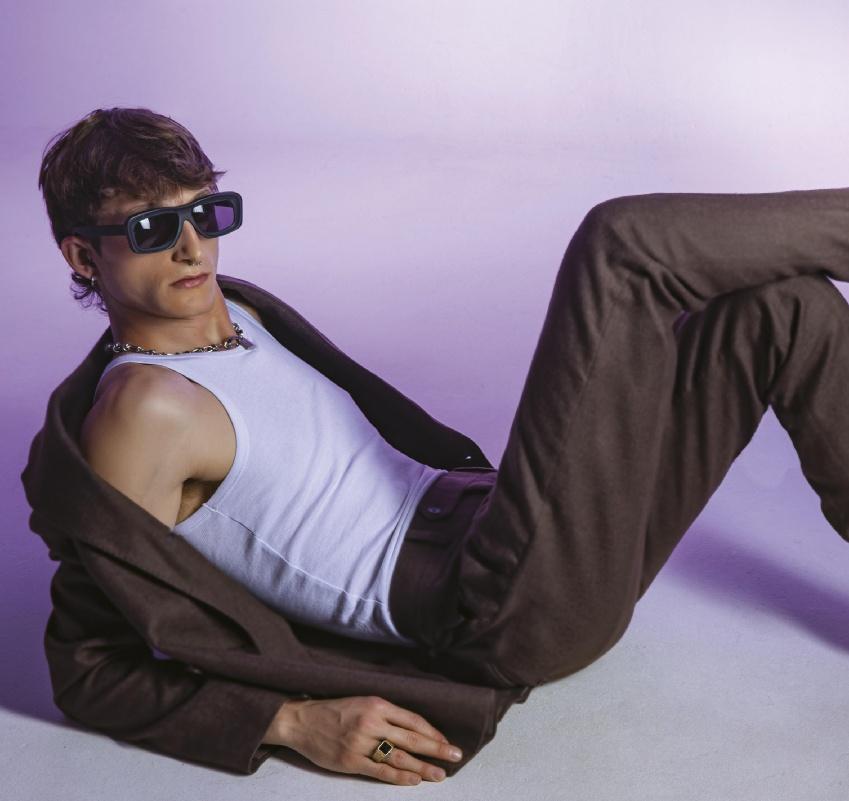


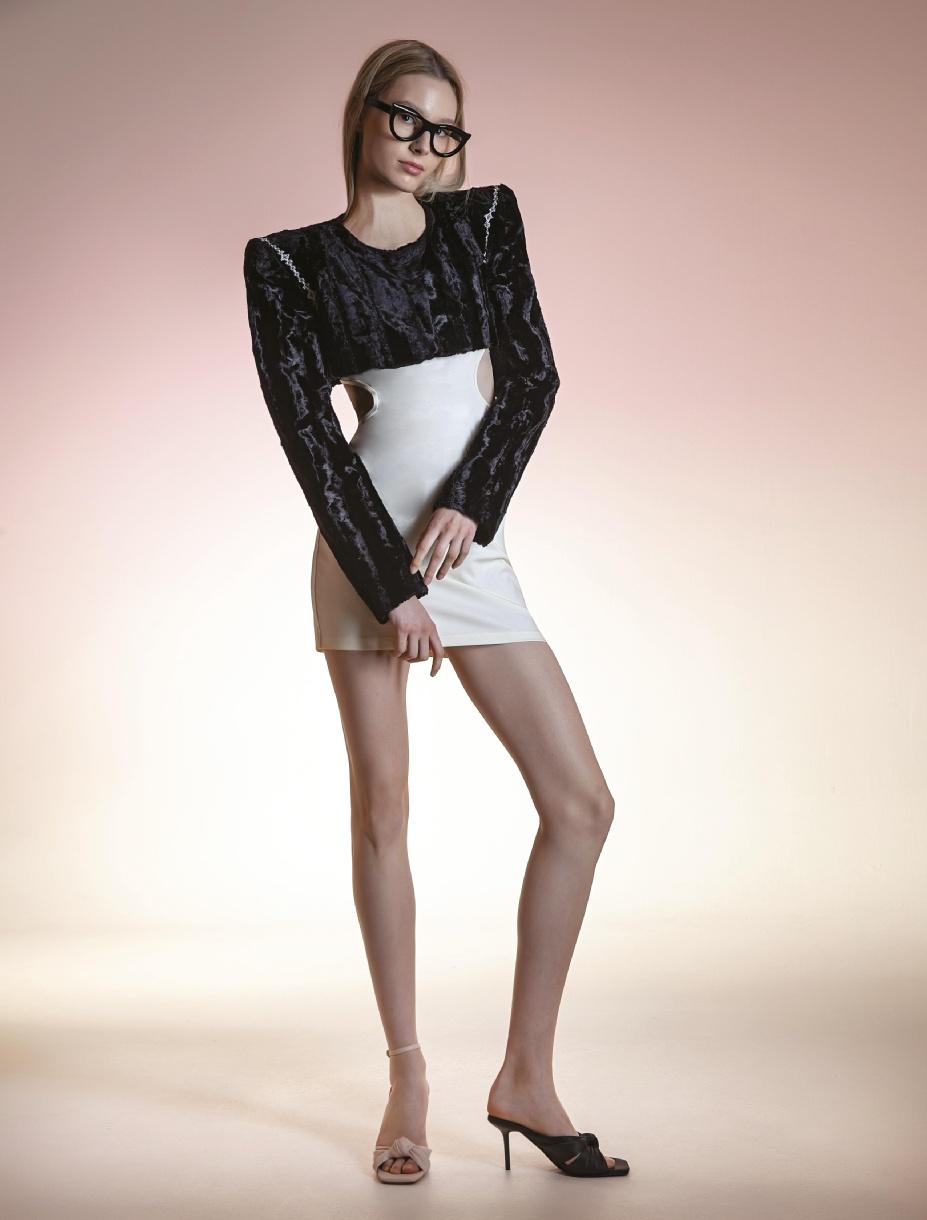

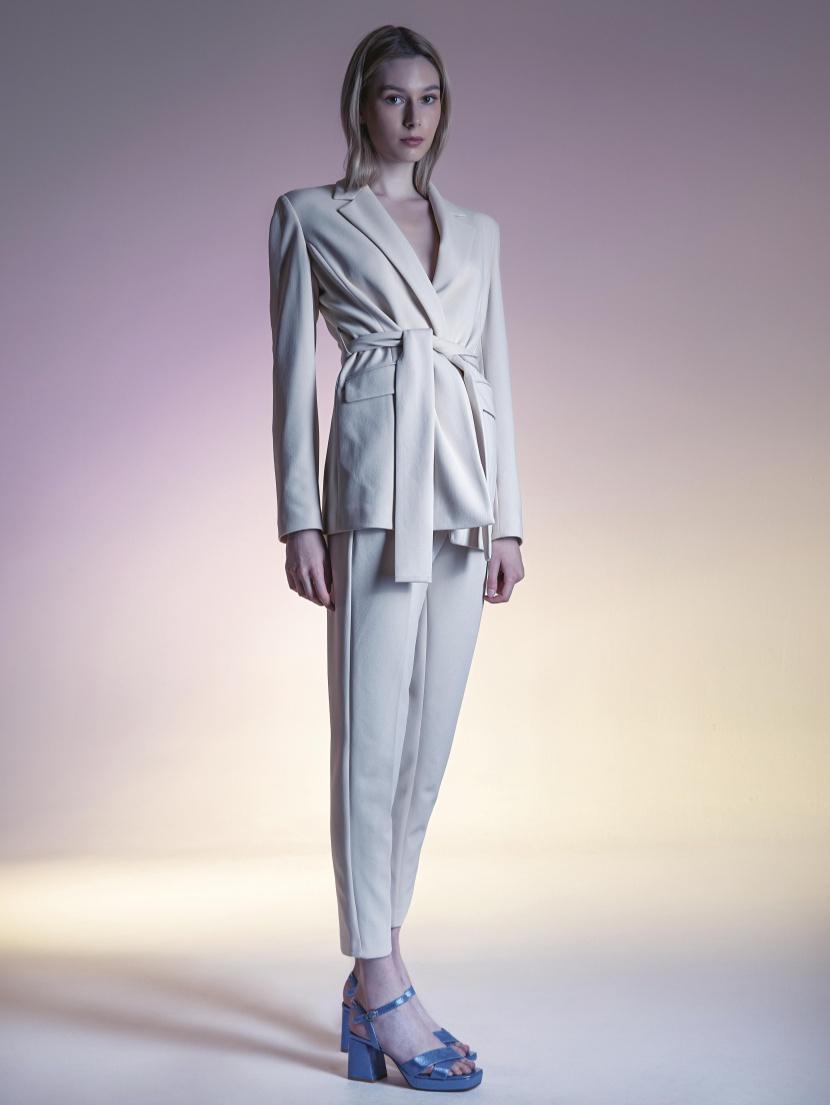
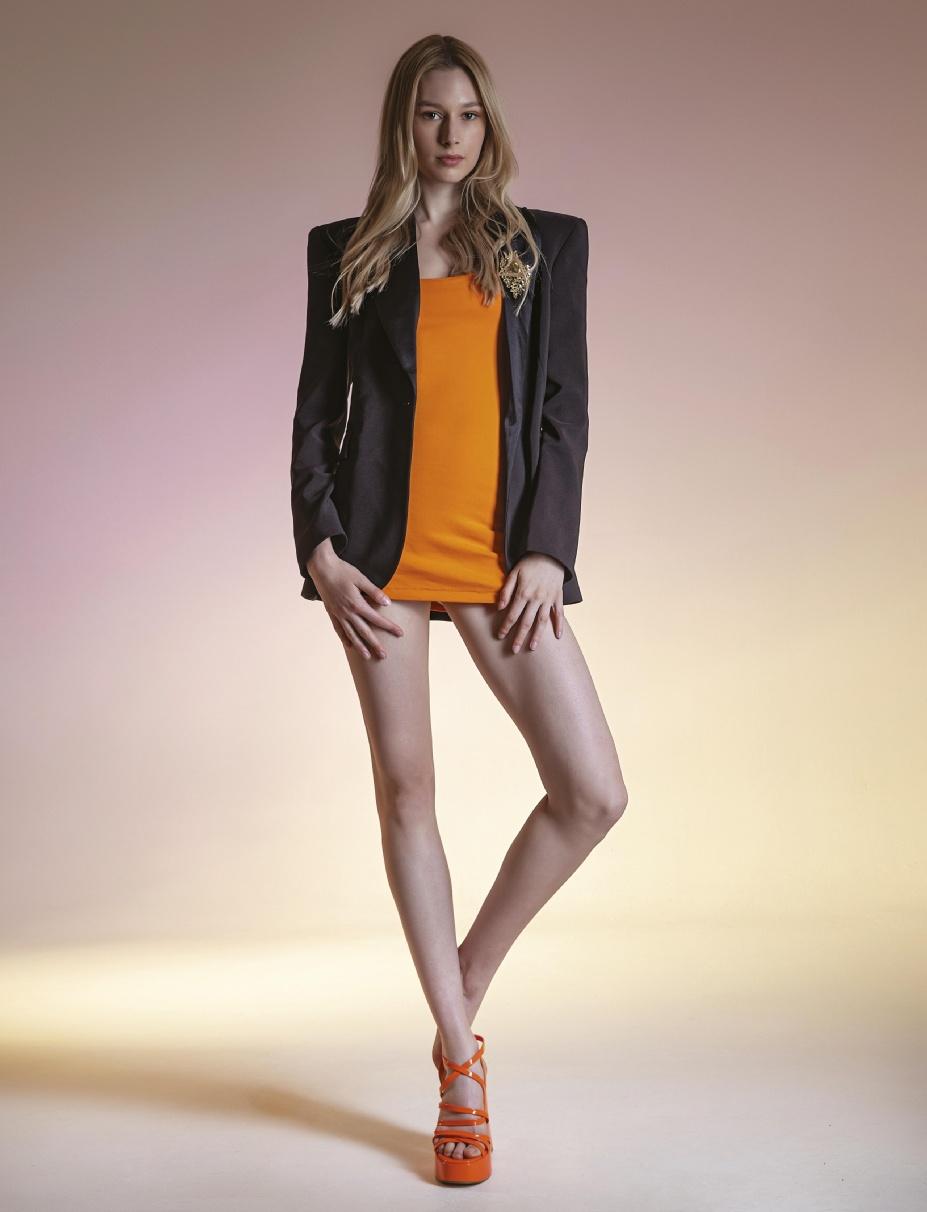
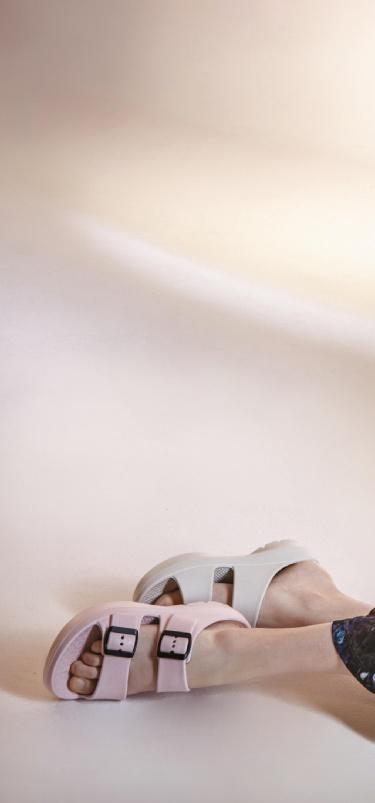
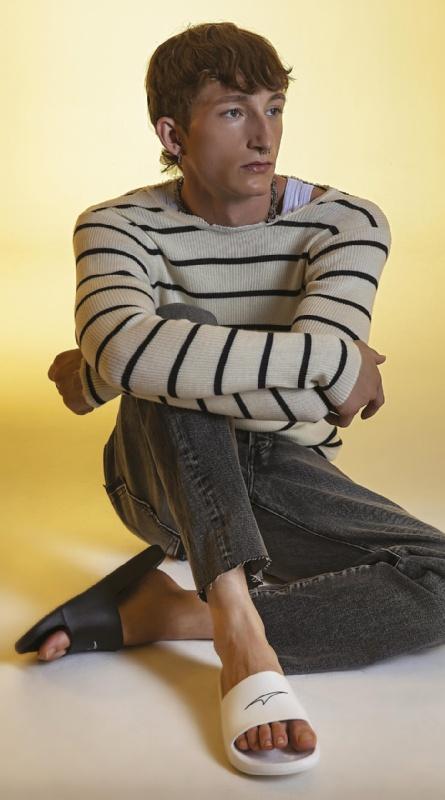
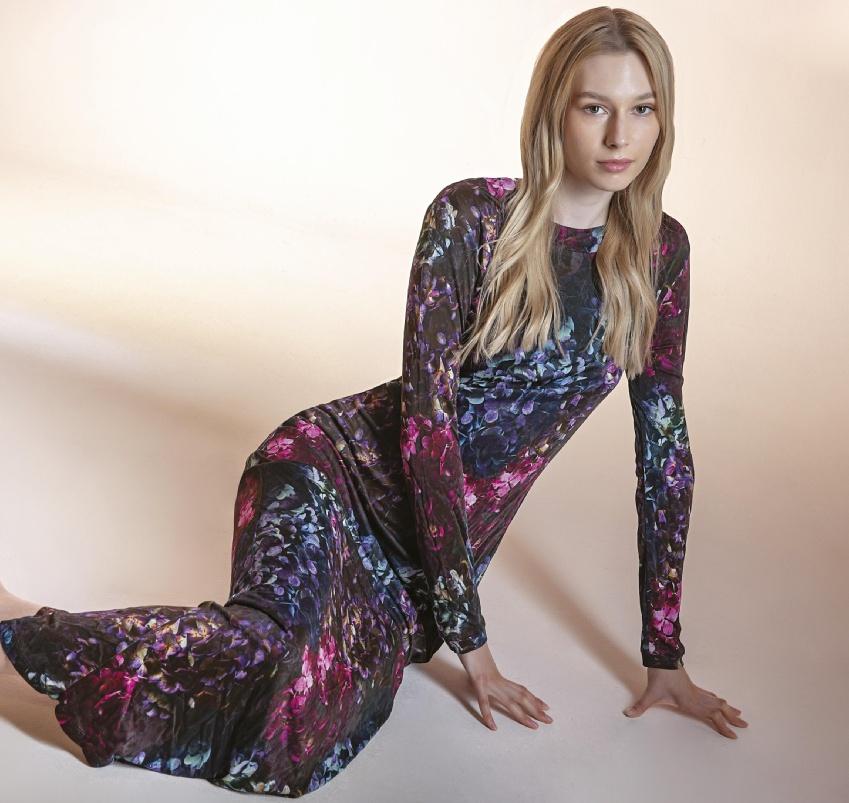


L’edizione di giugno di Expo Riva Schuh & Gardabags ha confermato, una volta di più, la vocazione internazionale della manifestazione che, nel corso degli anni, dall’Europa si è aperta al mondo intero. Lo confermano le delegazioni provenienti da Paesi d’oltreoceano, come Argentina e Uruguay.
“È la prima volta che visito personalmente la fiera - afferma Alejandro Biasiolli, Càmara de la Industria del Calzado Uruguay (CICU) - e ne sono rimasto piacevolmente impressionato, a cominciare dal numero di espositori e dalla loro varietà. Ho preso contatto con espositori spagnoli, portoghesi, indiani, cinesi, serbi e, naturalmente, italiani, che possono essere di grande interesse per lo sviluppo di un business futuro”.
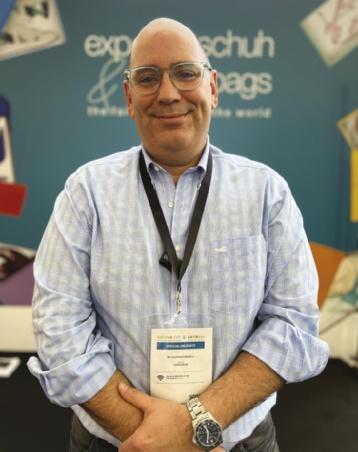
Dello stesso parere anche Horacio Moschetto, Cámara de la Industria del Calzado Argentina (CIC) – per la terza volta a Expo Riva Schuh: “Quello che apprezzo di più di questa manifestazione è la varietà di offerta, con produttori provenienti da tutto il mondo e buyer internazionali. C'è l'Oriente, ma anche la Turchia e l’Europa, con paesi di lunga tradizione manifatturiera come l’Italia, la Spagna e il Portogallo, nonché l’Europa dell’Est. Ho scoperto produzioni che non pensavo sussistessero in determinati paesi. Direi che oggi Expo Riva Schuh è la fiera internazionale dove c'è più eterogeneità in termini di prodotto, qualità e prezzi. Il che consente, ad esempio, di valutare lo stesso prodotto/modello con diverse offerte di qualità, prezzo e paese produttore.”
Horacio Moschetto ha scelto Expo Riva Schuh quale vetrina internazionale per espandere l’export delle calzature argentine verso il mercato europeo. “L'anno scorso in Argentina sono stati prodotti oltre 130 milioni di paia, con una piccola quota di esportazioni. Eppure, l'Argentina è oggi un mercato dalle grandi potenzialità, che conta su circa 1.500 aziende in grado di impiegare oltre 70.000 persone. Produciamo, infatti, calzature in pelle di ottima qualità e con un rapporto qualità/prezzo molto vantaggioso, sia per uomo, che per donna, e in particolare stivali in pelle. Siamo specializzati in calzature di nicchia come gli stivali da equitazione e le espadrillas in tessuto, ambiti in cui siamo molto competitivi, perché sono prodotti che fanno parte della nostra tradizione.” Ad oggi il principale mercato di riferimento delle calzature argentine è il Mercosur e, al suo interno, l'Uruguay e il Cile, verso il quale l’Argentina esporta senza dazi doganali. Al di fuori del Mercosur, i mercati di riferimento sono gli Stati Uniti e in minima parte l'Europa, che ha un elevato valore aggiunto, ma volumi ancora ridotti. “Per incrementare l’export – prosegue Moschetto - è fondamentale che il nostro Paese risulti affidabile in termini di conformità ai
Abbiamo incontrato due delegati dei paesi del Sud America, in visita all’edizione di giugno di Expo Riva Schuh & Gardabags, per conoscere il ruolo della manifestazione rivana nel panorama fieristico internazionale e la situazione e le opportunità dei rispettivi mercati.
regolamenti internazionali, puntualità di consegna e qualità dei prodotti esportati, e la mancanza di piani di governo a lungo termine in tal senso è ancora un grosso limite.”
Molto più ridotta è, invece, la produzione calzaturiera uruguayana, di cui parla Alejandro Biasiolli: “In Uruguay c’è una produzione di calzature rivolta perlopiù al mercato interno, mentre la quota destinata all’esportazione riguarda soprattutto prodotti di nicchia, come le scarpe da tango. La produzione per il mercato interno si basa soprattutto su scarpe comode e casual in pelle. Molto importante è, invece, l’import di calzature dall’Oriente - da Cina e Vietnam -, ma anche da Spagna, Portogallo e in parte dall'Italia, tutti paesi a cui l’Uruguay è legato profondamente per gusto e cultura, molti uruguaiani, infatti, sono figli di immigrati spagnoli, portoghesi e italiani. In termini numerici, l’import nel 2022 è cresciuto molto, attestandosi a circa 10 milioni di paia, di cui circa il 70% è proveniente da Cina e Oriente in generale. Registriamo poi un 10% dal Brasile e un mix da Argentina, Messico ed Europa, ma in quantità minori e ad un prezzo più alto.”

“Negli ultimi anni sono cresciuti anche in Uruguay gli acquisti online - prosegue Biasiolli - anche se in misura minore rispetto ad altri paesi. Il problema è che in Uruguay non esiste una standardizzazione delle taglie. Per esempio, non abbiamo gli standard degli Stati Uniti e questo rende più difficile gli acquisti sulle piattaforme internazionali.” Parlando, invece, di un tema quanto mai attuale come la sostenibilità, Horacio Moschetto afferma che l’Argentina si sta impegnando molto su questo fronte: “Attuare uno sviluppo sostenibile è oggi imprescindibile, almeno sotto due aspetti. Perché è necessario proteggere il pianeta in cui viviamo e offrire alle generazioni future un mondo più sano e pulito. Il secondo aspetto fondamentale è che investire in una produzione sostenibile rappresenta oggi la condizione imprescindibile per ogni azienda che voglia competere sul mercato globale, in particolare in Europa e negli Stati Uniti. Queste sono, di fatto, le nuove regole del gioco: si dovrà dimostrare di essere sostenibili con processi e prodotti tracciabili.”
“L’Argentina – prosegue Moschetto – sta lavorando ad uno sviluppo sostenibile con un progetto nazionale che coinvolge sia i produttori di calzature che i fornitori di materie prime. Ma la situazione è tutt’altro che facile, soprattutto perché è molto complesso tracciare l’intera filiera e molte materie prime sono di importazione.”
Dal canto suo, l’Uruguay ha iniziato solo negli ultimi anni ad occuparsi attivamente di sostenibilità. “Una questione a cui non davamo molta importanza fino a qualche tempo fa – afferma Alejandro Biasiolli - e che oggi, tuttavia, sta diventando prioritaria e vitale. In Uruguay, in particolare, abbiamo un serio problema di scarsità d’acqua e negli ultimi tre anni abbiamo assistito a un crescente deficit idrico. La popolazione sta diventando sempre più consapevole che è necessario evitare sprechi, riciclare, riutilizzare, avere un consumo più coscienzioso e rispettoso delle risorse del pianeta. Le nuove generazioni sono sempre più consapevoli che non esiste solo il fattore prezzo, ma sussistono anche altri aspetti da considerare nell’acquisto di un prodotto: qualità, durevolezza e sostenibilità, tanto per citarne alcuni”.
We met up with two delegates from South American countries, visiting the June edition of Expo Riva Schuh & Gardabags, to find out about the role of the Rivana event on the international exhibition scene and the situation and opportunities in their respective markets.
The June edition of Expo Riva Schuh & Gardabags confirmed, once again, the international vocation of the event which, over the years, has opened up from Europe to the entire world. This was confirmed by delegations from overseas countries such as Argentina and Uruguay.
'This is the first time I have personally visited the fair,' says Alejandro Biasiolli, Càmara de la Industria del Calzado Uruguay (CICU), 'and I was pleasantly impressed, starting with the number of exhibitors and their variety. I made contact with exhibitors from Spain, Portugal, India, China, Serbia and, of course, Italy, which may be of great interest for future business development'.
Horacio Moschetto, Cámara de la Industria del Calzado Argentina (CIC) - for the third time at Expo Riva Schuh - is of the same opinion: 'What I appreciate most about this event is the variety on offer, with manufacturers from all over the world and international buyers. There is the East, but also Turkey and Europe, with countries with a long manufacturing tradition such as Italy, Spain and Portugal, as well as Eastern Europe. I discovered productions that I did not think existed in certain countries. I would say that today Expo Riva Schuh is the international fair where there is more heterogeneity in terms of product, quality and price. Which makes it possible, for example, to evaluate the same product/model with different offers in terms of quality, price and manufacturer country."
Horacio Moschetto has chosen Expo Riva Schuh as an international showcase to expand Argentinean shoe exports to the European market. "Last year more than 130 million pairs were produced in Argentina, with a small export share. Yet Argentina is today a market with great potential, with around 1,500 companies employing over 70,000 people. We produce leather footwear of excellent quality and with a very favourable price/quality ratio, both for men and women, and in particular leather boots. We specialise in niche footwear such as riding boots and textile espadrilles, areas in which we are very competitive, because they are products that are part of our tradition." Today, the main market for Argentine footwear is Mercosur and, inside it, Uruguay and Chile, to which Argentina exports duty-free. Outside Mercosur, the reference markets are the United States and, to a lesser extent, Europe, which has high added value, but still low volumes. "In order to increase exports," Moschetto continues, "it is essential that our country is reliable in terms of compliance with international regulations, punctuality of delivery and quality of exported products, and the lack of long-term government plans in this regard is still a major limitation."
Much smaller, on the other hand, is Uruguay's footwear production, which Alejandro Biasiolli talks about: 'In Uruguay there is a shoe production mostly aimed at the domestic market, while the export quota concerns mainly niche products, such as tango shoes. Production for the domestic market is mainly based on comfortable and casual leather shoes. Very important, however, is the import of footwear from the Orient - from China and Vietnam - but also from Spain, Portugal and to some extent Italy, all countries to which Uruguay has deep ties in terms of taste and culture. Many Uruguayans, in fact, are children of Spanish, Portuguese and Ita-
lian immigrants. In numerical terms, imports in 2022 grew a lot, reaching around 10 million pairs, of which around 70% came from China and the Orient in general. We then register 10% from Brazil and a mix from Argentina, Mexico and Europe, but in smaller quantities and at a higher price."
'Online shopping has also grown in Uruguay in recent years,' Biasiolli continues, 'although to a lesser extent than in other countries. The problem is that in Uruguay there is no standardisation of sizes. For example, we do not have the standards of the United States and this makes shopping on international platforms more difficult."
Speaking, on the other hand, of a highly topical issue such as sustainability, Horacio Moschetto says that Argentina is working hard on this front: "Implementing sustainable development is today essential, at least in two respects. Because it is necessary to protect the planet we live on and to offer future generations a healthier and cleaner world. The second fundamental aspect is that investing in sustainable production is now an essential condition for any company that wants to compete on the global market, particularly in Europe and the United States. These are, in fact, the new rules of the game: you will have to prove that you are sustainable with traceable processes and products."
"Argentina," Moschetto continues, "is working on sustainable development with a national project involving both footwear manufacturers and raw material suppliers. But the situation is far from easy, especially because it is very complex to trace the entire supply chain and many raw materials are imported."
For its part, Uruguay has only started actively addressing sustainability in recent years. 'An issue that we did not give much importance to until recently,' says Alejandro Biasiolli, 'and which today, however, is becoming a priority and vital. In Uruguay, in particular, we have a serious water shortage problem, and in the last three years we have witnessed an increasing water deficit. The population is becoming increasingly aware that it is necessary to avoid waste, recycle, reuse, have a more conscientious consumption and respect the planet's resources. The new generations are increasingly aware that there is not only the price factor, but there are also other aspects to consider when buying a product: quality, durability and sustainability, to name but a few'.

La mostra al Palais Galliera che anticipa le Olimpiadi di Parigi del prossimo anno porta in primo piano la relazione - in movimento - tra stile e attività fisica.
La sua sfida più trionfale la moda l’ha vinta con… lo sport, riuscendo a trasformare la convivenza felice degli esordi in un rapporto sano e fecondo, come nella migliore delle love story. Si sono incontrati agli inizi del secolo scorso e poi, con alterne vicende, non si sono più lasciati cementando la loro relazione - in movimento - con primati e colpi di scena, alternando spazi indipendenti ad altri più intrecciati, incrociandosi in una quotidianità che, dal trionfo dello streetwear in poi, è diventata sempre più specchio dei tempi. Del resto, quello tra moda e sport è un rapporto di mutuo soccorso, per così dire, dal momento che l’una serve all’altro per costruire le basi del lifestyle e delle abitudini della vita contemporanea.

Oggi come ieri. Era il 1926 quando, dalle pagine di Vogue, si celebrava quella felice proposta di ascendenza sportiva che aveva caratterizzato le ultime passerelle di Parigi e che era pronta a influenzare l’abbigliamento di ogni giorno, anche al di fuori dell’ambito dello sport tout court. E per un Karl Lagerfeld che, quasi un secolo più tardi, considerava l’acquisto di pantaloni della tuta al pari di una perdita di controllo (come scriveva nel 2013 in “The World According to Karl”), il nuovo millennio ha portato a una coincidenza tale tra moda e sport che è sempre più difficile capire dove comincia l’una e termina l’altro. Un’esagerazione? Affatto. È sufficiente pensare all’athleisure (crasi di athletic e leisure, ovvero look sportivi indossati nel tempo libero), come l’ha definito a suo tempo Vanessa Friedman, Fashion Director & Chief Fashion Critic del New York Times, ovvero “un insieme di valori sartoriali che pone il comfort e la funzionalità espressi nell’abbigliamento da allenamento allo stesso livello dello stile”. Di gran lunga la parola più efficace nel descrivere l’esprit del nuovo millennio, ovvero quella cura di sé e del proprio benes-
sere da fare con stile, che passa, ovviamente, da quello che si indossa. Sono sempre di più, infatti, gli stilisti che hanno introdotto nelle loro collezioni linee sportive capaci di esulare dall’allenamento per essere indossate sempre e identificare un vero lifestyle. Del resto, questa coincidenza di amorosi sensi non stupisce, nella misura in cui moda e sport concorrono a definire il presente: così come la prima è una cartina di tornasole dell’attualità, nell’ultimo secolo lo sport si è imposto come parte della cultura di massa e, di conseguenza, del costume. Ne è derivata una felice commistione che ha disciplinato il fashion mentre rendeva cool il momento sportivo, in un dialogo continuo e prezioso per entrambe le parti che ha ormai raggiunto il suo equilibrio. Le cose, però, non sono sempre state così bilanciate. È necessario spostare le lancette indietro di un secolo per arrivare a quella golden age dell’occidente, il decennio immediatamente successivo al primo conflitto mondiale, in cui stava cambiando, tra le tante cose, anche il ruolo delle donne e il loro modo di vestire.
Fu Coco Chanel che le autorizzò a indossare i pantaloni per essere più comode a cavallo, pioniera inoltre di uno stile à la garçonne fatto di pijamas da mare e accessori in maglieria popolarissimi tra gli amanti degli sport invernali. Negli stessi anni, Elsa Schiaparelli trasformava la sporty attitude dei suoi capi in maglia (da mare o da sci) in un manifesto stilosissimo di dinamismo e modernità. Se dall’altra parte dell’oceano queste intuizioni diedero forma all’abbigliamento quotidiano della nuova classe sociale al femminile che prediligeva leggerezza, funzionalità e comfort in tutto l’arco della giornata, in Europa fu la couture a trovare sempre nuove, spettacolari commistioni della liason estetica tra moda e sport tradotte sulle passerelle da Courrèges, prima ancora che sfociassero nel quotidiano. Per quest’ultimo passo bisognerà attendere il ventennio successivo quando, dall’incontro tra trend e sottoculture, presero vita codici estetici graffiati dallo sportswear più autentico. Dagli stilemi dell’upper class americani riversati nell’approccio preppy e sport posh
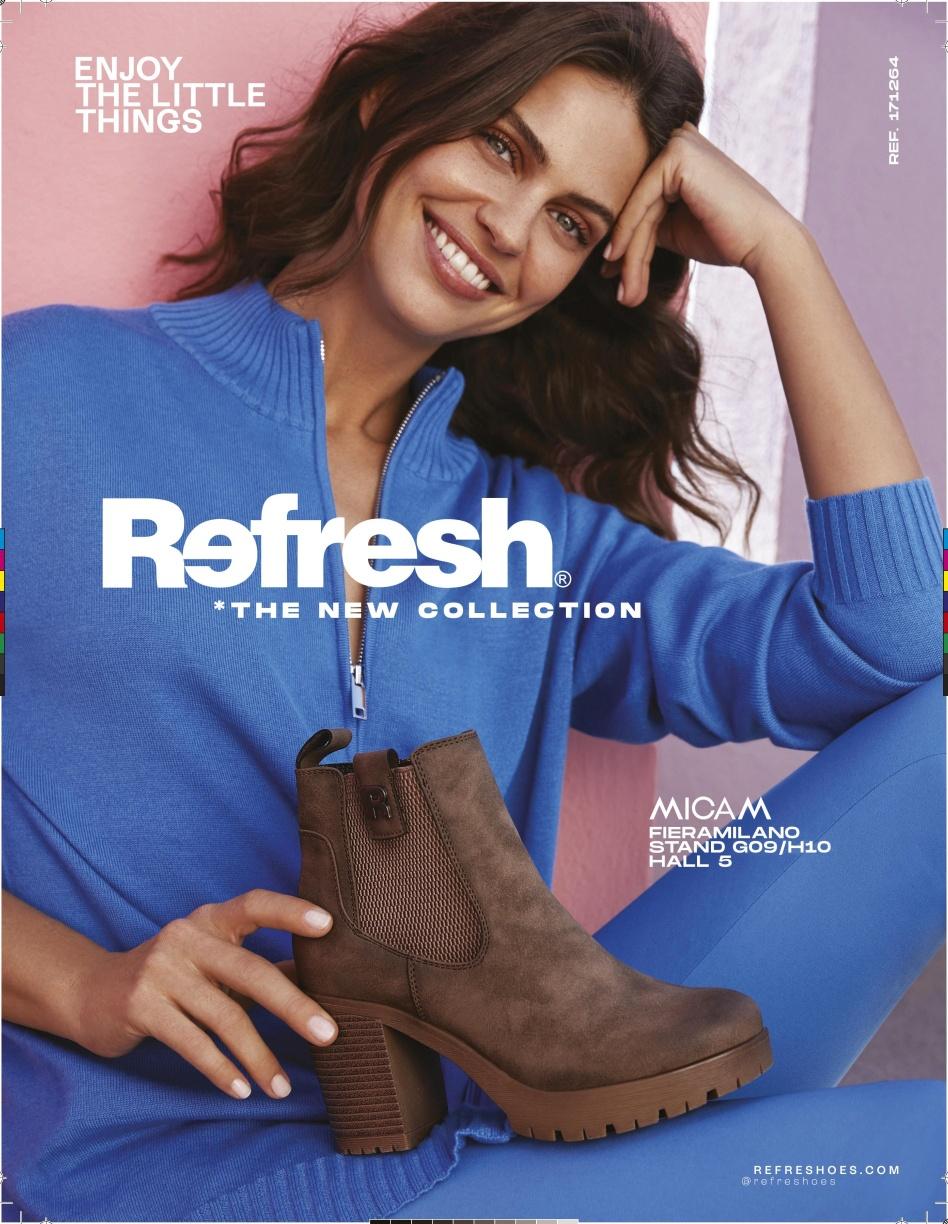
che dai college più blasonati arrivava nelle grandi metropoli, alle uniformi dei paninari d’Italia che prendevano a simbolo del loro movimento un capo, il piumino Moncler, nato originariamente per le piste da sci. Per non parlare della cultura hip-hop smarcata dal suo carattere più rivoluzionario e approdata a una dimensione di divismo decisamente mainstream – come dimenticare le tute adidas indossate da Madonna!? – in cui casualwear e sportswear si fondevano anche negli armadi dei comuni mortali. Lo sportswear, poi, è diventato una costante tanto nel carnet ispirazionale dei designer quanto parte integrante del ready-to-wear, che ha visto non solo una dilatazione d’uso di tessuti tecnici, capi performanti, calzature estremamente confortevoli e funzionali per un guardaroba bionico sempre al passo con i tempi, ma anche l’aggiunta di ulteriore stile. Si deve, infatti, alla moda l’aver reso più stylish i capi sportivi facendo dimenticare quell’estetica mortificante e grigia che li connotava inizialmente. L’ingresso a gamba tesa dei big del fashion nello sport – adidas con Stella McCartney, Nike e Off White e Jacquemus, Fila con Fendi, Reebok e Victoria Beckham – ha reso le collab una certezza per non abbandonare il coefficiente di coolness anche durante l’allenamento. E non solo. Lo sdoganare il felice e ininterrotto love affair tra moda e sport rimanda squisitamente a una fotografia del momento attuale in cui la cura della forma fisica non è vezzo, bensì parte di uno
stile di vita sano e auspicato per tutti. In aggiunta a ciò, cristalizza un preciso fermo immagine, dal forte carattere sociale: l’esatto riflesso dello stile della Gen Y e Z che ne ha fatto una bandiera. E, di conseguenza, gli stilisti con loro. Gucci ha ingentilito le tre bande iconiche di adidas nella collaborazione portata in passerella lo scorso anno esattamente come Puma che, alla fine del 2022, è tornata a sfilare, mentre Fendi ha unito le forze con Fila, e Nike, come già ricordato, l’ha fatto un po’ con tutti. Un sodalizio dal quale è impossibile tornare indietro e che diventa ancora più emblematico nel momento in cui Parigi, capitale della moda, accoglierà il prossimo anno le Olimpiadi, la summa dello sport. Una crash che si preannuncia indimenticabile, anticipata proprio dalla mostra al Palais Galliera, il museo della moda della Ville Lumière, intitolata ‘La mode en mouvement’ (in mostra fino al 7 settembre 2025). Una riflessione sul rapporto tra corpo e abbigliamento indagato dagli oltre 200 vestiti esposti, capaci di seguire l’evoluzione del guardaroba sportivo e di mostrare quale sia stata la sua influenza sui creativi di ogni epoca, da Hermès a Yamamoto. A dimostrazione, una volta di più, di come la moda abbia sempre accompagnato le attività fisiche adattandosi tanto all’evoluzione delle pratiche sportive quanto a quella della società per confermarsi sempre capace di assecondare il corpo, preservando lo stile e, ovviamente, la forma.

The exhibition at Palais Galliera anticipating next year’s Paris Olympics brings to the forefront the relationship--in motion--between style and physical activity. Fashion has won its most triumphant challenge with... sport, managing to transform the happy coexistence of its beginnings into a healthy and fruitful relationship, as in the best of love stories.
They met at the beginning of the last century and then, with ups and downs, they never left each other again, cementing their relationship - on the move - with firsts and twists, alternating independent spaces with more intertwined ones, crossing paths in a daily routine that, from the triumph of streetwear onward, has become more and more a mirror of the times. After all, that between fashion and sports is a relationship of mutual aid, so to speak, since one serves the other to build the foundations of the lifestyle and habits of contemporary life.
Today as well as yesterday. It was 1926 when, from the pages of Vogue, we celebrated that happy proposal of sporting ancestry that had characterized the latest catwalks in Paris and was ready to influence everyday clothing, even outside the sphere of sport tout court. And for a Karl Lagerfeld who, almost a century later, considered the purchase of sweatpants on par with a loss of control (as he wrote in 2013 in “The World According to Karl”), the new millennium has brought about such a coincidence between fashion and sport that it is increasingly difficult to tell where one begins and the other ends. An exaggeration? Not at all. One only needs to think of athleisure (a crasi of athletic and leisure, or sporty looks worn in leisure), as Vanessa Friedman, Fashion Director & Chief Fashion Critic of The New York Times, defined it in her time, which is “a set of sartorial values that places comfort and functionality expressed in workout clothing on the same level as style.” By far the most effective word in describing the esprit of the new millennium, that is, that care for oneself and one’s well-being to be done in style, which passes, of course, through what one wears. More and more, in fact, are the designers who have introduced into their collections sports lines capable of going beyond training to be worn at all times and identify a true lifestyle. After all, this coincidence of amorous senses is not surprising, insofar as fashion and sports help to define the present: just as the former is a litmus test of current events, in the last century, sports has imposed itself as part of mass culture and, consequently, of costume. The result has been a happy mixture that has disciplined fashion while making the sporting moment cool, in an ongoing dialogue valuable to both sides that has now achieved its balance. Things, however, have not always been so balanced. It is necessary to move the hands back a century to get to that golden age of the West, the decade immediately following World War I, in which the role of women and the way they dressed, among many other things, was changing.
It was Coco Chanel who authorized them to wear pants to be more comfortable on horseback, also pioneering a style à la garçonne made of beach pijamas and knitted accessories popular with winter sports enthusiasts. In the same years, Elsa Schiaparelli transformed the sporty attitude of her knitted garments (beach or ski) into a stylish manifesto of dynamism and modernity. If on the other side of the ocean these intuitions gave shape to the everyday clothing of the new female social class that favored lightness, functionality and comfort throughout the day, in Europe it was couture that always
found new, spectacular blends of the aesthetic liason between fashion and sports translated on the catwalks by Courrèges, even before they blossomed into everyday wear. For this last step, it would be necessary to wait until the following two decades when, from the meeting of trends and subcultures, aesthetic codes scratched by the most authentic sportswear came to life.
From the stylistic traits of the American upper class poured into the preppy and sport posh approach that from the most emblazoned colleges arrived in the great metropolises, to the uniforms of the paninari of Italy who took as a symbol of their movement a garment, the Moncler down jacket, originally created for the ski slopes. Not to mention hip-hop culture untethered from its more revolutionary character and landed in a dimension of decidedly mainstream stardom - how can we forget the adidas suits worn by Madonna!? - in which casualwear and sportswear merged even in the closets of ordinary mortals. Sportswear, then, has become as much a constant in the inspirational carnet of designers as it is an integral part of ready-to-wear, which has seen not only an expansion in the use of technical fabrics, performance garments, and extremely comfortable and functional footwear for a bionic wardrobe that is always in step with the times, but also the addition of further style.
One owes, in fact, to fashion the fact that it has made sports garments more stylish by making them forget the deadening and gray aesthetic that initially connoted them. The leg-breaking entry of fashion bigwigs into sports - adidas with Stella McCartney, Nike and Off White and Jacquemus, Fila with Fendi, Reebok and Victoria Beckham - has made collaborations a certainty for not abandoning the coolness coefficient even during training. And not only that. The clearing of the happy and uninterrupted love affair between fashion and sports exquisitely refers back to a snapshot of the present moment in which taking care of physical fitness is not a fad, but part of a healthy and desired lifestyle for all. In addition to this, it crystallizes a precise still image, with a strong social character: the exact reflection of the style of Gen Y and Z who have made it a flag. And, consequently, the designers with them. Gucci mellowed the three iconic bands of adidas in the collaboration brought to the runway last year just as Puma, which, at the end of 2022, returned to the runway, while Fendi joined forces with Fila, and Nike, as already mentioned, did it a bit with everyone. A partnership from which it is impossible to go back and which becomes even more emblematic at a time when Paris, the capital of fashion, will welcome the Olympics, the summa of sport, next year. A crash that promises to be unforgettable, anticipated precisely by the exhibition at the Palais Galliera, the fashion museum of the Ville Lumière, entitled ‘La mode en mouvement’ (on display until September 7, 2025).
A reflection on the relationship between body and clothing investigated by the more than 200 clothes on display, capable of following the evolution of the sports wardrobe and showing what its influence has been on the creatives of every era, from Hermès to Yamamoto. Demonstrating, once again, how fashion has always accompanied physical activities by adapting as much to the evolution of sports practices as to that of society to confirm itself always capable of pandering to the body, preserving style and, of course, form.
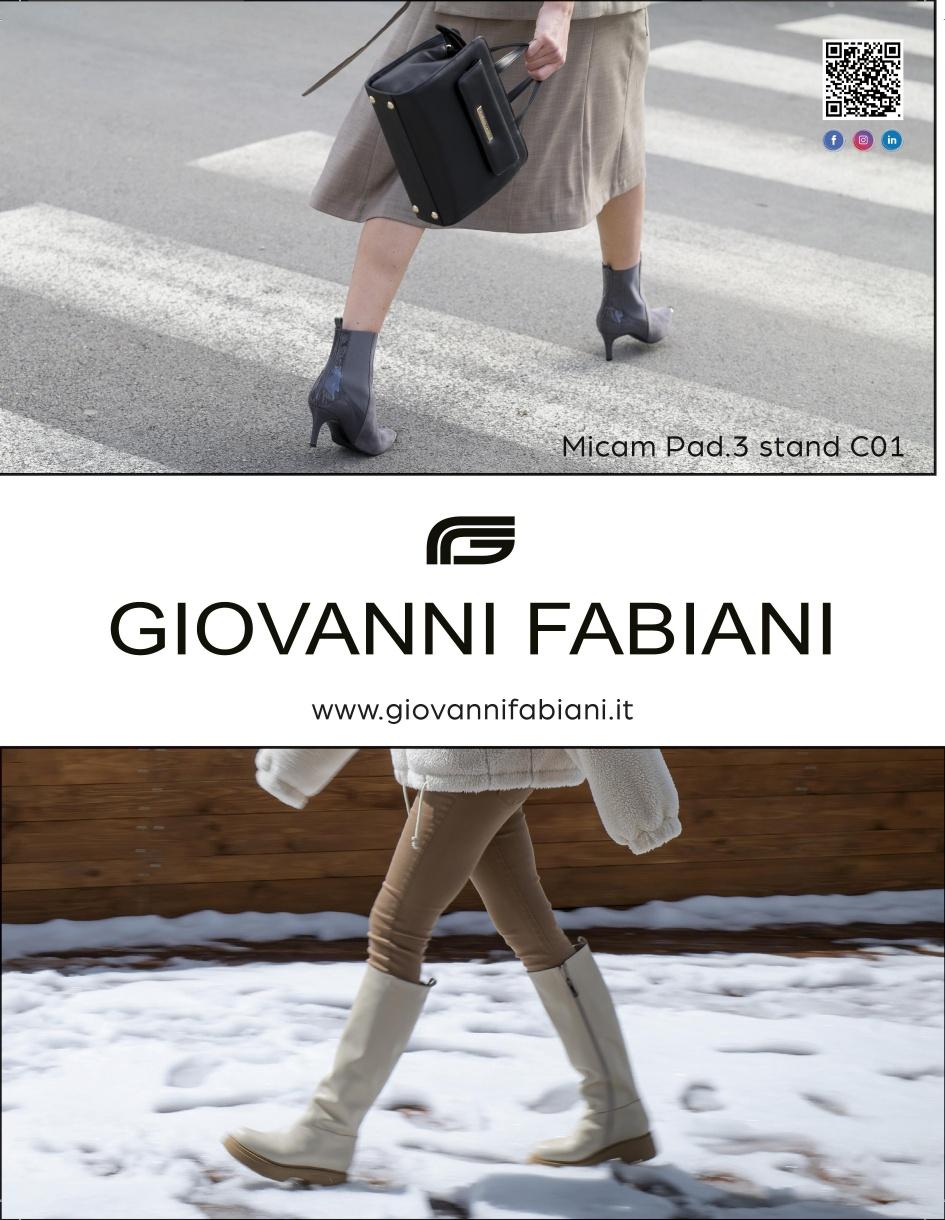
TTerenzi Communications nasce dal desiderio di fare della passione di Mara Terenzi per la comunicazione, un’attività vera e propria. Fin da piccola ha sempre amato il giornalismo, adorava le riviste di moda internazionali: “Attraverso la fotografia e i servizi che sfogliavo, vedevo mondi e costruivo sogni. Capivo che erano tutti strumenti di comunicazione, casse di risonanza di un epoca che, tra l’altro, ha segnato la storia. Io ne volevo assolutamente fare parte”. Dopo una lunga formazione su diversi fronti il suo desiderio è diventato realtà e si sono aperte le porte della Terenzi Communication.
Quali aspetti contraddistinguono la vostra agenzia?
“La nostra forza risiede nella capacità di creare veri legami di fiducia e lealtà, facendo nostre le esigenze e gli obiettivi dei clienti. Puntiamo al successo del progetto e alla soddisfazione reciproca. Ogni cliente propone categorie merceologiche diverse ed esigenze e scadenze differenti, il che ci motiva sempre a misurarci con nuove dinamiche. È fondamentale avere una buona organizzazione ed essere flessibili, spesso ci troviamo a lavorare su una grande quantità di progetti contemporaneamente. Siamo veloci e sempre aggiornati su ciò che ci accade intorno per avere una visione generale sul mondo, utile a capire come agire e cosa proporre”.
Come fate la cernita o lo scouting dei brand che poi seguite?
“Ad oggi siamo presenti in molti campi tra cui luxury, moda, design, lifestyle e arte e puntiamo sempre a espanderci. Sono le caratteristiche del prodotto ad affascinarci, insieme alla storia del marchio. Ma l’aspetto che ritengo di fondamentale importanza è il primo approccio con il cliente. È necessario stabilire fin da subito un rapporto basato sulla fiducia reciproca per una collaborazione efficace, definendo insieme gli obiettivi da perseguire, per poter guidare il brand o l’azienda al loro raggiungimento. Se non si trova una connessione con il cliente, è difficile pensare di iniziare una collaborazione. Anni e anni di esperienza servono anche a questo!”
Quali caratteristiche presentano i prodotti più richiesti dal mercato in questo momento?
“Abiti second skin, trasparenze, stivali cuissard, pelle, tailleur, paillettes… queste alcune delle richieste più in voga. Poi, ogni stylist ha esigenze differenti: c’è chi veste un personaggio e pone particolare
attenzione alla sua valorizzazione, i cosiddetti celebrity stylist, chi invece realizza servizi fotografici per cui è attento ai trend della stagione, chi invece lavora per campagne pubblicitarie e cerca abiti specifici…”
Boom digitale e sostenibilità. Sono tematiche ancora attuali?
“Dovremmo diventare più responsabili e più consapevoli sul tema della sostenibilità. Il cambiamento climatico mostra chiaramente che i nostri modelli di consumo non funzionano. Se questo vale in tutti i campi, vale anche e soprattutto per la moda. I temi della sostenibilità stanno diventando parte integrante delle strategie aziendali, dai marchi del lusso più famosi alle catene Fast Fashion. Quanto al boom digitale, penso che la pandemia abbia dato alle persone un’enorme spinta, facendone comprendere le potenzialità anche sul fronte del lavoro e non solo più del divertimento e tempo libero. Il mondo virtuale è presente in ogni aspetto delle nostre vite e lo sarà sempre di più nel futuro. Questo mi spaventa e desta curiosità allo stesso tempo.”
Le viene in mente un brand che l’ha particolarmente stupita di recente?
“Seguo con moltissima curiosità i giovani creativi. Fortunatamente il settore moda è tornato a stupirci. Ho apprezzato molto la collezione di debutto di Harris Reed in qualità di direttore creativo della Maison Nina Ricci. È stata vincente, al passo con i tempi, eye-catching… ha saputo rinnovare l’identità del marchio francese portando il suo immaginario romantico e non binario, pur mantenendo la formula di sempre: alta moda a prezzi accessibili. Il designer, già noto nel panorama fashion, è un grande sostenitore dei temi dell’inclusività. Con i suoi abiti comunica una moda che esiste proprio per abbattere qualsiasi stereotipo di genere e raccontare una storia di bellezza umana. Trovo sia necessario diffondere questi messaggi per eliminare in modo concreto la discriminazione ed educare le persone a un sistema più inclusivo. Vivremo in un mondo che non avrà più la definizione di femminile o maschile.”
Moda e comunicazione che strade dovranno prendere nell’immediato futuro?
Il mondo della comunicazione, delle relazioni pubbliche e degli eventi è in continua evoluzione. Con l’avvento dei social media molte dinamiche sono cambiate, soprattutto nel modo di fare PR.

Anche se le PR offline continuano a esistere, il digitale ormai ha un ruolo predominante. Gli algoritmi dell’intelligenza artificiale ci influenzano, determinano la nostra vita, sono velocissimi e delineano anche alcuni tratti della società del futuro, anche se io personalmente cerco di non farmi assorbire dalla velocità, ma dedico riflessione e tempo per non omologarmi. Preferisco un passo indietro e ritagliarmi più tempo per riflettere. In Terenzi Communication ci siamo organizzati per fornire un servizio completo: da sette anni, ormai, ci occupiamo anche di produzioni fotografiche con il mio socio e compagno di vita, il fotografo Amilcare Incalza.”
Terenzi Communications was born from the desire to make Mara Terenzi’s passion for communication, a real business. Since she was a child, she has always loved journalism and adored international fashion magazines, “Through photography and the reports I would flip through, I would see worlds and build dreams. I understood that they were all communication tools, sounding boards of an era that, by the way, marked history. I definitely wanted to be part of it.” After a long training on different fronts her desire became a reality and the doors of Terenzi Communication opened.
What aspects distinguish your agency?
“Our strength lies in our ability to create true bonds of trust and loyalty, making our clients’ needs and goals our own. We aim for project success and mutual satisfaction. Each client offers different product categories and different needs and deadlines, which always motivates us to measure ourselves against new dynamics. It is essential to have good organization and be flexible; we often find ourselves working on a large number of projects at the same time. We are fast and always up to date on what is happening around us to have a general view on the world, which is useful to understand how to act and what to propose.”
How do you sort or scout the brands you then follow?
“To date, we are present in many fields including luxury, fashion, design, lifestyle and art, and we always aim to expand. It is the features of the product that fascinate us, along with the history of the brand. But the aspect that I think is of paramount importance is the first approach with the customer. It is necessary to establish a relationship based on mutual trust right from the start for effective collaboration, defining goals together so that we can guide the brand or company to achieve them. If you do not find a connection with the client, it is difficult to think about starting a collaboration. Years and years of experience are good for that, too!”
What features do the products most in demand in the market right now present?
“Second skin dresses, transparencies, cuissard boots, leather, suits, sequins: these are some of the most popular requests. Then, each stylist has different needs: there are those who dress a cha-
racter and pay special attention to their enhancement, the so-called celebrity stylists, those who do photo shoots for which they pay attention to the trends of the season, and those who work for advertising campaigns and look for specific clothes...”
Digital boom and sustainability. Are these issues still relevant today?
“We should become more responsible and more aware on the issue of sustainability. Climate change clearly shows that our consumption patterns are not working. If this is true in all fields, it is especially true in fashion. Sustainability issues are becoming an integral part of corporate strategies, from the most famous luxury brands to Fast Fashion chains. As for the digital boom, I think the pandemic has given people a huge boost, making them realize its potential even on the work front and no longer just for entertainment and leisure. The virtual world is present in every aspect of our lives and will be more and more so in the future. This scares me and arouses curiosity at the same time.”
Can you think of a brand that has particularly amazed you recently?
“I follow young creatives with a lot of curiosity. Fortunately, the fashion industry has come back to amaze us. I really enjoyed Harris Reed’s debut collection as creative director of Maison Nina Ricci. It was winning, in step with the times, eye-catching... he was able to renew the French brand’s identity by bringing in his romantic, nonbinary imagery, while maintaining the usual formula: high fashion at affordable prices. The designer, already well known in the fashion scene, is a great advocate of issues of inclusivity. With his clothes he communicates a fashion that exists precisely to break down any gender stereotypes and tell a story of human beauty. I find it necessary to spread these messages in order to concretely eliminate discrimination and educate people about a more inclusive system. We will live in a world that no longer has the definition of female or male.”
What paths should fashion and communication take in the immediate future?
The world of communication, public relations and events is constantly evolving. With the advent of social media, many dynamics have changed, especially in the way PR is done. Although offline PR continues to exist, digital now plays a predominant role. Artificial intelligence algorithms influence us, determine our lives, are very fast and also outline some of the traits of the society of the future, although I personally try not to get absorbed by the speed, but devote reflection and time not to conform. I prefer to step back and carve out more time for reflection. In Terenzi Communication we have organized ourselves to provide a full service: for seven years now, we have also been involved in photographic productions with my partner and life partner, photographer Amilcare Incalza.”
“Our strength lies in our ability to create true bonds of trust and loyalty, making our clients’ needs and goals our own”


Una storia lunghissima alle spalle nel mondo delle calzature e della moda e molti progetti per portare il noto brand italiano in tutto il mondo.
“Dal cuore di Napoli, Mario Valentino, mio nonno è stato uno dei protagonisti indiscussi della moda italiana dagli anni Cinquanta fino alla fine degli Ottanta”.
Giulia Valentino racconta dell’azienda di famiglia, un prezioso patrimonio per il mondo della calzatura (e non solo) nato agli inizi del Ventesimo secolo grazie alla visione del patriarca Vincenzo.
A partire dalle prime esperienze creative autonome in campo calzaturiero alla piena affermazione come marchio leader nel settore dell’abbigliamento di lusso, il brand ha collaborato con molti stilisti noti – Paco Rabanne, Karl Lagerfeld, Muriel Grateau, Marie France Acquaviva, Claude Montana, Giorgio Armani e Gianni Versace –, con autorevoli artisti - in particolare gli illustratori Brunetta, Antonio Lopez ed Eula - e i fotografi Franco Rubartelli, Roberto Carra, Richard Avedon, Robert Mappletorpe e Helmut Newton.
“È la storia di un marchio che ha segnato le fasi salienti della moda italiana. Che ha marcato l’ascesa di un napoletano illuminato, tale era mio nonno, che ha fatto della ricerca dell’originalità il suo obiettivo e si è adoperato in ogni modo per riuscire a perseguirlo… ed è quello che continuiamo a fare anche noi”.
Oggi, alla guida di Mario Valentino c’è Giulia con i suoi fratelli, e il padre Enzo: “Siamo orgogliosi di far parte di questa storia”.
Quale accessorio moda comprerebbe se oggi uscisse a fare shopping?
“Sicuramente una camicia e un jeans, pratici e versatili, per lasciare il segno con un paio di eleganti décolleté firmate Mario Valentino per la sera”.
Se dovesse raccontare lo stile del vostro marchio a chi non lo conosce?
“Lo stile Mario Valentino è unico e senza tempo; un perfetto connubio di raffinata eleganza, tradizione artigianale e ricerca sul contemporaneo. Volutamente lontano dai tradizionali canoni estetici. La sinergia di materiali, stili e colori dà vita a un prodotto originale e dalla forte identità. Uno stile rivolto a una donna connessa con il suo tempo, libera dalle convenzioni della moda classica”.
Quando iniziate a pensare e disegnare una collezione a quali punti di riferimento vi orientate?
“Alla nostra storia, al nostro Heritage. Attraverso un lavoro costante di ricerca, innovazione e sperimentazione sul nostro archivio cerchiamo sempre di attualizzare il gusto del passato. Ci piace fondere la nostra curiosità intellettuale e gli interessi culturali con la ricerca di nuove idee”.
Che spirito proporrà la prossima collezione?
“Un’incontro fra storia e innovazione dove i codici emblematici del brand saranno protagonisti indiscussi della prossima collezione primavera estate 2024. Un tributo alla libertà di scegliere accessori dal lusso sussurrato, realizzati grazie a una ricerca nella storia della maison, in un gioco di volumi e silhouette che celebra il gusto personale e non le convenzioni”.
Parlando di business, su quali mercati vi muovete?
“Siamo presenti principalmente negli Stati Uniti, in Europa e in Medio Oriente. I mercati dove vorremmo ampliare la nostra presenza sono quelli australiano e sudamericano. Ci dedicheremo a questo ampliamento con diversi progetti e programmi: sicuramente importanti quelli riguardanti la brand extension e lo sviluppo digital”.
A very long history behind it in the world of footwear and fashion and many plans to take the well-known Italian brand around the world.
“From the heart of Naples, Mario Valentino, my grandfather was one of the undisputed protagonists of Italian fashion from the 1950s until the late 1980s”. Giulia Valentino tells about the family business, a precious heritage for the world of footwear (and beyond) born in the early 20th century thanks to the vision of patriarch Vincenzo. Starting from the first autonomous creative experiences in footwear to the full establishment as a leading luxury apparel brand, Mario Valentino has collaborated with many well-known designers - Paco Rabanne, Karl Lagerfeld, Muriel Grateau, Marie France Acquaviva,
Claude Montana, Giorgio Armani, and Gianni Versace -, with influential artists - in particular the illustrators Brunetta, Antonio Lopez, and Eula - and the photographers Franco Rubartelli, Roberto Carra, Richard Avedon, Robert Mappletorpe, and Helmut Newton.
“It is the story of a brand that marked the salient stages of Italian fashion. Which marked the rise of an enlightened Neapolitan, such was my grandfather, who made the research of originality his goal and did everything in his power to succeed in pursuing it... and that is what we continue to do as well”.
Today, at the helm of Mario Valentino is Giulia with her siblings, and her father Enzo: “We are proud to be part of this history”.
What fashion accessory would you buy if you went out shopping today?
“Definitely a shirt and jeans, practical and versatile, to make your mark with a pair of elegant Mario Valentino signature pumps for the evening”.
If you had to tell the style of your brand to those who don’t know it?
“The Mario Valentino style is unique and timeless, a perfect blend of refined elegance, traditional craftsmanship and research into the contemporary. Deliberately far from traditional aesthetic canons. The synergy of materials, styles and colors gives life to an original product with a strong identity. A style aimed at a woman connected with her time, free from the conventions of classic fashion”.
When you start thinking about and designing a collection what reference points do you orient yourself to?

“To our history, to our heritage. Through constant work of research, innovation, and experimentation on our archive we always try to actualize the taste of the past. We like to merge our intellectual curiosity and cultural interests with the search for new ideas”.
What spirit will the next collection propose?
“An encounter between history and innovation where the emblematic codes of the brand will be the undisputed protagonists of the upcoming Spring Summer 2024 collection. A tribute to the freedom of choosing accessories with whispered luxury, made thanks to research in the history of the maison, in a game of volumes and silhouettes that celebrates personal taste and not conventions”.
Speaking of business, on which markets do you move?
“We are mainly present in the United States, Europe and the Middle East. The markets where we would like to expand our presence are in Australia and South America. We will devote ourselves to this expansion with different projects and programs: certainly important are those concerning brand extension and digital development”.
“The Mario Valentino style is unique and timeless, a perfect blend of refined elegance, traditional craftsmanship and research into the contemporary”Giulia Valentino - Brand’s communication and marketing manager repies

Nel mondo del design, dell’arte e della scienza ci sono individui che con la loro visione e il loro lavoro innovativo riescono a spostare i confini dell’espressione umana. Ma raramente incontriamo un’anima poliedrica capace di fondere molteplici discipline per creare opere straordinarie, come Stefano Russo, Direttore Creativo Men Eyewear di Louis Vuitton, Fondatore di SenseCode, Autore di ‘Be Vibe’. Abbiamo visto le sue installazioni da Miami Art Basel alla Fondazione Stelline di Milano. È stato Professore al Politecnico di Milano, IED e Domus Academy.
Al centro del suo processo creativo si trova una profonda fascinazione per l’occhio umano. Possedendo una conoscenza approfondita dei meccanismi della vista e delle sfumature del processo visivo, Stefano sostiene che la nostra percezione visiva è la scintilla che dà inizio alla comprensione del mondo, a come esploriamo e ci rapportiamo a tutto quello che ci circonda. Il suo sforzo, da artista e designer, è tradurre questa intricata relazione nei suoi progetti. Come artista Stefano è un alchimista che costruisce sculture e installazioni che fungono da catalizzatori per la connessione e l’introspezione, oggetti che potenziano i sensi e che al di là dell’estetica mettono in discussione le nostre percezioni.
Come designer è capace di trasformare un oggetto come l’occhiale, in una ‘creatura’ con un proprio codice genetico e una storia unica da raccontare, che riesce, però, a fondersi con la personalità di chi lo indossa. La combinazione di queste diverse competenze rende Stefano Russo un vero innovatore nel settore degli occhiali, come si è visto e celebrato nella sfilata di Louis Vuitton, sul Pont Neuf di Parigi lo scorso giugno - la prima sotto la direzione artistica di Pharrell Williams. La sua genialità fa sì che le montature risultino autentiche opere d’arte. Il confine che le separa dalle sue sculture è creativamente soggettivo.

Nelle sue creazioni l’ergonomia e l’estetica convivono armoniosamente con elementi di artigianalità, un tratto personale e distintivo. Ma Stefano è curioso ed irrequieto; non si ferma mai, è sempre alla ricerca di nuove sfide. Attraverso anni di studio e sperimentazione, ha sviluppato una tecnologia che consente agli occhiali di adattarsi in modo dinamico alle diverse caratteristiche facciali, consentendo una perfetta personalizzazione dell’occhiale.
In un’epoca in cui la tecnologia avanza e cambia radicalmente vari settori industriali, una domanda sorge spontanea: come influisce sul tuo lavoro l’intelligenza artificiale? “La tecnologia è in costante evoluzione e non si può fermare. Si può solo trasformare. L’intelligenza artificiale, nei prossimi anni, diventerà sempre più un mezzo per creare nuove dimensioni. È una versione amplificata di internet con potenzialità ancora da esplorare. Ma già adesso è una fantastica assistente!”. Come strumento di lavoro nel design, l’intelligenza artificiale riesce ad accelerare e ottimizzare il processo di progettazione e innovazione in modi sorprendenti. Ma per il suo lavoro artistico, Stefano pensa non sia rilevante.
“La creatività umana ha delle qualità intangibili, quali l’imprevedibilità, la spontaneità e la capacità di pensare fuori dagli schemi che sono qualcosa di magico e unico. Le mie opere sono state concepite attraverso emozioni legate a un determinato momento della mia vita, raccontano l’esperienza umana, con tutte le sue sfumature e complessità. Per questo motivo, nell’arte questa tecnologia non m’interessa. Non è in grado di riprodurre o esprimere quello che provo. Non ha una ‘coscienza intuitiva’, quel qualcosa che scaturisce dalla nostra connessione con la sorgente universale, il mondo che ci circonda e, soprattutto, dal nostro contatto con la natura. Sentirsi in continuo scambio energetico con la meraviglia che ci abbraccia. Respirare le essenze generative degli elementi. Diventare fotone. Sentirsi nella cellula dell’albero. Sentirsi fluttuare
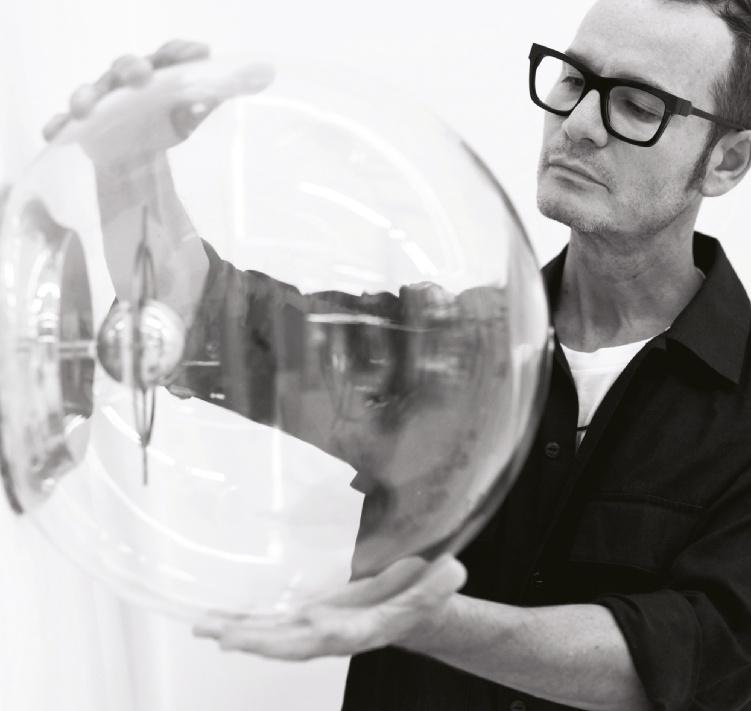
“As an artist, Stefano is an alchemist who builds sculptures and installations that act as catalysts for connection and introspection...”
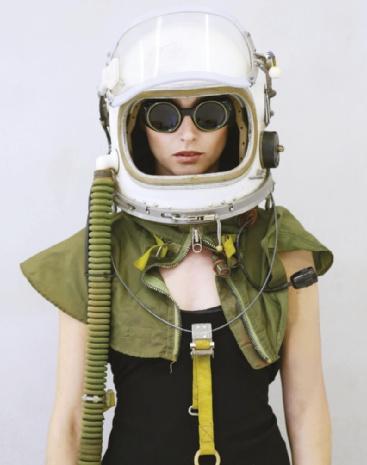
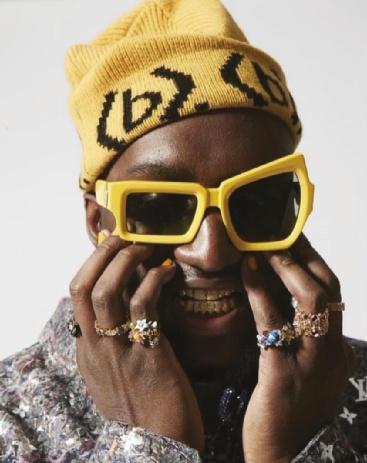
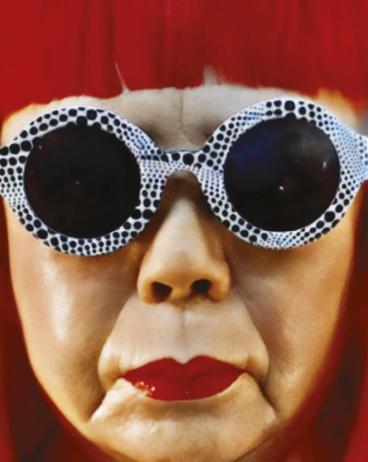

nell’aria. Galleggiare con la brezza marina su di un’onda. Sentirsi Essere Vivente Cri-Attivo.”
“Tutti sanno che una cosa è impossibile da realizzare, finché arriva uno sprovveduto che non lo sa e la inventa”, diceva Albert Einstein e Stefano sembra essere d’accordo: “Ci costruiamo gabbie artificiali, come le grandi metropoli, dove siamo consapevolmente condizionati dall’energia del luogo e dagli altri essere umani, dagli schemi, dalle forme; nella natura, invece, siamo puri. È quando abbiamo il sole sulla testa e i piedi per terra che siamo in grado di pensare, ideare e creare lo straordinario.”
Stefano ha una mente avida di conoscenza e proiettata nel futuro, impegnata a modellarlo e trasformarlo in qualche insolito modo, utilizzando la sua prodigiosa creatività. Nonostante sia costantemente in viaggio tra Milano e Parigi, riesce a trovare del tempo per ricaricarsi immergendosi nella natura. Ma la sua vera forza sta nei legami profondi che mantiene con le persone a lui care - familiari e amici – che costituiscono la solida base da cui trarre quell’energia e sostegno che amplificano il suo estro e gli permettono di esprimere il suo talento in modo autentico.
In the world of design, art and science there are individuals whose vision and innovative work manage to push the boundaries of human expression. But rarely do we encounter a multifaceted soul able to fuse multiple disciplines to create extraordinary works like Stefano Russo, Creative Director Men’s Eyewear at Louis Vuitton, Founder of SenseCode, Author of ‘Be Vibe’. We have seen his installations from Miami Art Basel to the Fondazione Stelline in Milan. He has been a professor at the Milan Polytechnic, IED and Domus Academy.
At the heart of his creative process lies a deep fascination with the human eye. Having an in-depth knowledge of the mechanisms of sight and the nuances of the visual process, Stefano argues that our visual perception is the spark that starts our understanding of the world, how we explore and how we relate to everything around us. His effort, both as an artist and as a designer, is to translate this intricate relationship into his designs.
As an artist, Stefano is an alchemist who builds sculptures and installations that act as catalysts for connection and introspection, objects that enhance the senses and, beyond aesthetics, challenge our perceptions.
As a designer, he is able to transform an object such as glasses into a ‘creature’ with its own genetic code and a unique story to tell, which, however, manages to merge with the personality of the wearer. The combination of these different skills makes Stefano Russo a true innovator in the eyewear industry, as was seen and celebrated at Louis Vuitton’s latest fashion show on the Pont Neuf in Paris last June - the first under the artistic direction of Pharrell Williams. His genius makes his frames genuine works of art and the boundary separating them from his sculptures is creatively subjective. In his creations, ergonomics and aesthetics coexist harmoniously with elements of craftsmanship, and this is his personal and distinctive mark. But Stefano is curious and restless and never stops, always looking for new challenges. Through years of study and experimentation, he has developed a technology that enables glasses to adapt dynamically to different facial characteristics, allowing perfect customisation of the glasses.
At a time when technology is advancing rapidly and radically changing various industries, one question naturally arises: how does artificial intelligence influence your work? “Technology is constantly evolving and cannot be stopped, it can only be transformed. Artificial intelligence in the coming years will increasingly become a means of creating new dimensions, it is an amplified version of the internet with potential yet to be explored. But already now it is a fantastic assistant!’. As a working tool in design, artificial intelligence can accelerate and optimise the design and innovation process in amazing ways. But for his artistic work, Stefano thinks it is not relevant.
“Human creativity has intangible qualities such as unpredictability, spontaneity and the ability to think outside the box that are something magical and unique. My works are conceived through the emotions linked to a certain moment in my life, they tell the story of the human experience, with all its nuances and complexities. For this reason, in art, this technology does not interest me. It cannot reproduce or express what I feel. It does not have an ‘intuitive consciousness’, which is something that springs from our connection with the universal source, the world around us and above all from our contact with nature. Feeling in continuous energy exchange with the wonder that embraces us. Breathing in the generative essence of the elements. Becoming a photon. Feeling oneself in the cell of the tree. Feeling oneself floating in the air. Floating with the sea breeze on a wave. Feeling oneself as a Cri-Active Living Being.”
“Everyone knows that something is impossible to achieve, until a clueless person comes along who doesn’t know and invents it”, said Albert Einstein, and Stefano seems to agree: “We build artificial cages for ourselves, as big cities are, where we are consciously conditioned by the energy of the place and by other human beings, by schemes, by forms; in nature, on the other hand, we are pure. It is when we have the sun on our heads and our feet on the ground that we are able to think, conceive and create extraordinary things.”
Stefano has a mind eager for knowledge and projected into the future, committed to shaping and transforming it in some unusual way, using his prodigious creativity. Despite being constantly on the road between Milan and Paris, he manages to find time to recharge his batteries while immersed in nature. But his real strength lies in the deep bonds he manages to maintain with his loved onesfamily and friends - which create a solid base where he finds the energy and support that amplify his inspiration and allow him to express his talent in an authentic way.
“Artificial intelligence in the coming years will increasingly become a means of creating new dimensions, it is an amplified version of the internet with potential yet to be explored.”

Anche la prima sfilata Uomo di Valentino, orchestrata da Pierpaolo Piccioli, ha saputo stupire con i suoi fiori e soprattutto i messaggi da cogliere.
La citazione da ‘Il diavolo veste Prada’ mi è subito risuonata in testa dopo aver visto sfilare la collezione Uomo firmata Valentino per la Primavera Estate 2024, che è, per l’appunto, permeata da un’infinita varietà di fiori. Vi sembrano banali i fiori in primavera? Eppure, riescono a lasciarti senza fiato. Già, Pierpaolo Piccioli lo ha fatto di nuovo. Ci ha stupito anche con la sua prima sfilata dedicata interamente alla moda maschile.
Piccioli, prima di essere nominato ‘Best Fashion Designer’ nel 2022 dal British Fashion Council, muove acerbi passi nel 1989 occupandosi del settore accessori di Fendi, in coppia con un altro astro nascente, Maria Grazia Chiuri.
Per entrambi un tratto in comune: una personalità fuori dal comune, capace di rispettare la tradizione di un brand pur alimentandola di nuova linfa, vitale, che sa nutrire il gusto con i valori dell’oggi. Un’attualità che per l’Uomo di Piccioli si è palesata in un favoloso show tenutosi lo scorso giugno nel cortile principale della Statale di Milano. Un giorno come gli altri per gli studenti che si sono imbattuti in capi firmati e abbondanza di stile. In realtà, un segno chiaro, capace di urlare la scelta non casuale di Piccioli di impegnarsi, già da tempo, per rendere la moda più democratica (entro i soliti, inevitabili limiti). Già a Parigi portò le modelle al di fuori del sacro talamo delle passerelle, dopo la sfilata. Le portò in strada a beneficio di tutti coloro che avessero avuto voglia di curiosare. Personalità, si diceva. Idee, principi e forza per renderli gesti concreti, che ispirano altri, a partire, per esempio, da Diesel.
Quando Piccioli e Chiuri, nel ’99, si trasferirono da Valentino avre-
ste scommesso che passo dopo passo lo stilista, anche dopo che lei andò a prendersi Dior, avrebbe rivoluzionato il marchio, pur senza alzare troppo la voce?
Che avrebbe avuto il coraggio di affiancare al leggendario, iconico e storico Rosso Valentino un nuovo pantone, il Pink PP, ormai ubiquo (e Barbie non c’entra, ve lo assicuro)?
Magari noi non avremmo giocato alcuna fiche, ma la sua personalità avrebbe fatto ‘all-in’.
Perché è innegabile l’animo innovatore di questo stilista, che nella sua prima sfilata maschile ha avuto la forza non solo di proporre il suo approccio ‘democratico’, ma di suggerire anche un’idea di mascolinità capace di sradicare le querce secolari dei benpensanti. I classici blazer dai tagli rigidi sono stati ammorbiditi e accoppiati con pantaloncini e gonne corte; fiori sproporzionati sono comparsi su giacche e camice, oppure si sono intravisti piccoli e ricamati sui baveri. Anche i colori, tratto caratteristico di Piccioli, non hanno avuto limiti: dai neutri ai più brillanti, come il verde menta e il turchese, senza scordare il total-look in Pink PP.
Sono donna, ma avrei voluto indossare ogni singolo look apparso in passerella. Ed è proprio questa la magia di cui è capace una personalità come quella di Piccioli: trasformare dei fiori in primavera (cosa c’è di più banale, ammettiamolo) in un manifesto che incarna i desideri più profondi delle nuove generazioni; realizzare una collezione Uomo fluida e genderless capace di attrarre chiunque, perché insieme straordinaria e semplice.
L’Uomo di Valentino immaginato da Piccioli si espone senza nascondere nulla, i suoi tratti rocciosi così come i sentieri friabili. Forza e fragilità. È un uomo non più costretto a essere forte, imperturbabile, espressione di potere, ma può concedersi di essere dolce, debole e sensibile.


Per questo la collezione è stata intitolata “The Narratives”, perché ciascuno può raccontare se stesso e la propria storia attraverso i capi che indossa.
Se siete fra i fortunati che hanno ricevuto l’invito per la sfilata, vi sarà stata recapitata anche una copia del libro ‘Una vita come tante’ di Hanya Yanagihara, con copertina rosa (ça va sans dire).
Da quel romanzo Piccioli ha tratto il significato più profondo della sua prima collezione maschile.
Quattro giovani uomini affrontano le difficoltà della vita componendo una storia spiazzante, magnetica e realistica che, una volta letta, non ti permette di tornare indietro. Il racconto si radica dentro il lettore, dopo averlo percosso con emozioni contrastanti. Forse per questo lo stilista non ha potuto fare a meno di riportarne alcune citazioni su diversi capi. La più ricorrente: “We are so old we have become young again”.
Staremmo ad ascoltare Piccioli per ore, mentre legge le pagine di quel libro. Perché è bello confrontarsi con un ‘rispettoso innovatore’ che promuove collaborazione e inclusività. Che si batte per la libertà vera e concreta di essere se stessi, chiunque voi siate, mettendo a frutto il suo talento, le sue creazioni, la sua personalità. Perché libertà, ci racconta con i capi di ‘The Narratives’, è non dover reprimere o nascondere alcuna sfumatura di ciò che si è.
Valentino’s first Men’s fashion show, orchestrated by Pierpaolo Piccioli, also managed to impress with its flowers and, above all, messages to be grasped.
The quote from ‘The Devil Wears Prada’ immediately rang in my head after seeing Valentino’s signature Men’s collection for Spring Summer 2024 on the runway, which is, indeed, permeated with an endless variety of flowers. Do flowers seem trivial to you in spring? Yet, they manage to leave you breathless. Yep, Pierpaolo Piccioli has done it again. He also amazed us with his first runway show dedicated entirely to men’s fashion.
Piccioli, before being named ‘Best Fashion Designer’ in 2022 by the British Fashion Council, took acerbic steps in 1989 by taking charge of Fendi’s accessories division, paired with another rising star, Maria Grazia Chiuri.
For both of them a common trait: an out-of-the-ordinary personality, capable of respecting the tradition of a brand while feeding it with new sap, vital, that knows how to nourish taste with the values of today.
A topicality that for Piccioli’s Uomo was manifested in a fabulous show held last June in the main courtyard of Milan’s Statale University. A day like any other for the students who came across designer garments and an abundance of style. In fact, a clear sign, capable of screaming Piccioli’s not casual choice to commit, long ago, to make fashion more democratic (within the usual, inevitable limits). Already in Paris he took models outside the sacred thalamus of the catwalks, after the fashion show. He took them to the street for the benefit of anyone who felt like browsing. Personality, it was said. Ideas, principles and strength to make them concrete gestures, inspiring others, starting, for example, with Diesel.
When Piccioli and Chiuri moved to Valentino in ‘99, would you have bet that step by step the designer, even after she went to get Dior, would revolutionize the brand, while not raising his voice too much? That he would have had the courage to flank the legendary, iconic
and historic Valentino Red with a new pantone, the now ubiquitous Pink PP (and Barbie had nothing to do with it, I assure you)?
Maybe we wouldn’t have played any chips, but his personality would have gone ‘all-in’.
For there is no denying the innovative spirit of this designer, who in his first men’s fashion show had the strength not only to put forward his ‘democratic’ approach, but also to suggest an idea of masculinity capable of uprooting the age-old oaks of the wellmeaning. Classic blazers with stiff cuts were softened and paired with shorts and short skirts; disproportionate flowers appeared on jackets and shirts or glimpsed small and embroidered on lapels. Colors, Piccioli’s signature trait, were also limitless: from neutrals to brighter ones, such as mint green and turquoise, without forgetting the total-look in Pink PP.
I am a woman, but I would have loved to wear every single look that appeared on the runway. And this is precisely the magic that a personality like Piccioli’s is capable of: transforming flowers in spring (what could be more banal, let’s admit it) into a manifesto that embodies the deepest desires of the new generations; creating a fluid and genderless Man collection capable of appealing to anyone, because at once extraordinary and simple.
The Valentino Man imagined by Piccioli exposes himself without hiding anything, his rocky features as well as crumbly paths. Strength and fragility. He is a man no longer constrained to be strong, imperturbable, an expression of power, but can allow himself to be sweet, weak and sensitive.
That is why the collection was titled “The Narratives,” because everyone can tell himself and his own story through the garments he wears.
If you are among the lucky ones who received an invitation to the fashion show, you will also have been delivered a copy of the book ‘A Little Life’ by Hanya Yanagihara, with a pink cover (ça va sans dire).
From that novel Piccioli drew the deeper meaning of his first men’s collection.
Four young men face life’s difficulties by composing a disorienting, magnetic and realistic story that, once read, does not allow you to turn back. The tale takes root inside the reader after beating him or her with mixed emotions. Perhaps that is why the designer could not help but bring back some quotes from it on different garments. The most recurrent: “We are so old we have become young again.” We would listen to Piccioli for hours as he read the pages of that book. Because it is good to engage with a ‘respectful innovator’ who promotes collaboration and inclusiveness. Who fights for true and concrete freedom to be yourself, whoever you are, by putting his talent, his creations, his personality to good use.
Because freedom, he tells us with the garments of ‘The Narratives’, is not having to repress or hide any nuance of who you are.

Signs

Lights my fire
Back to glam
Cocoon
Bon Voyage
F/W 2023/24September issue #5



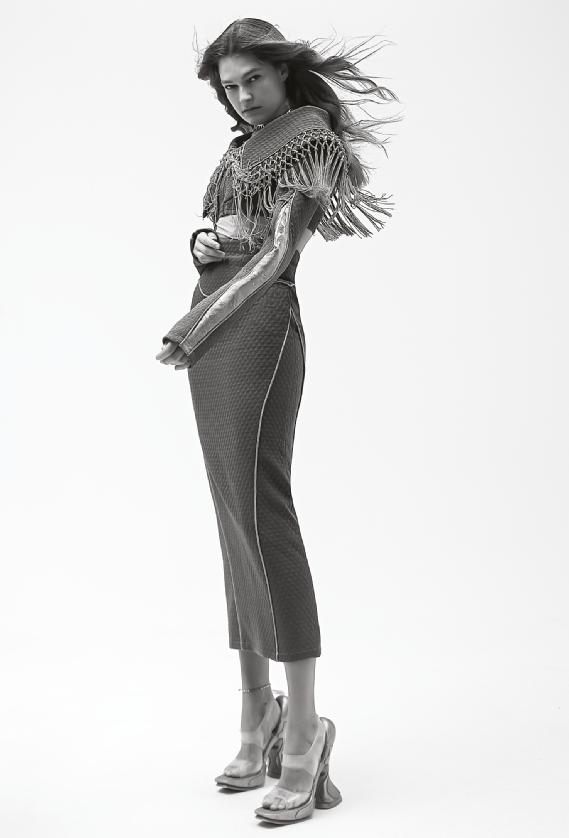


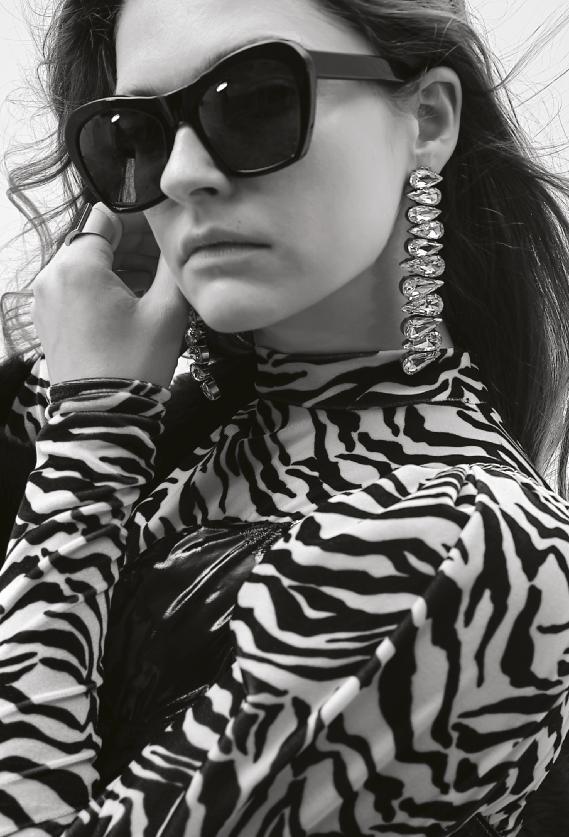
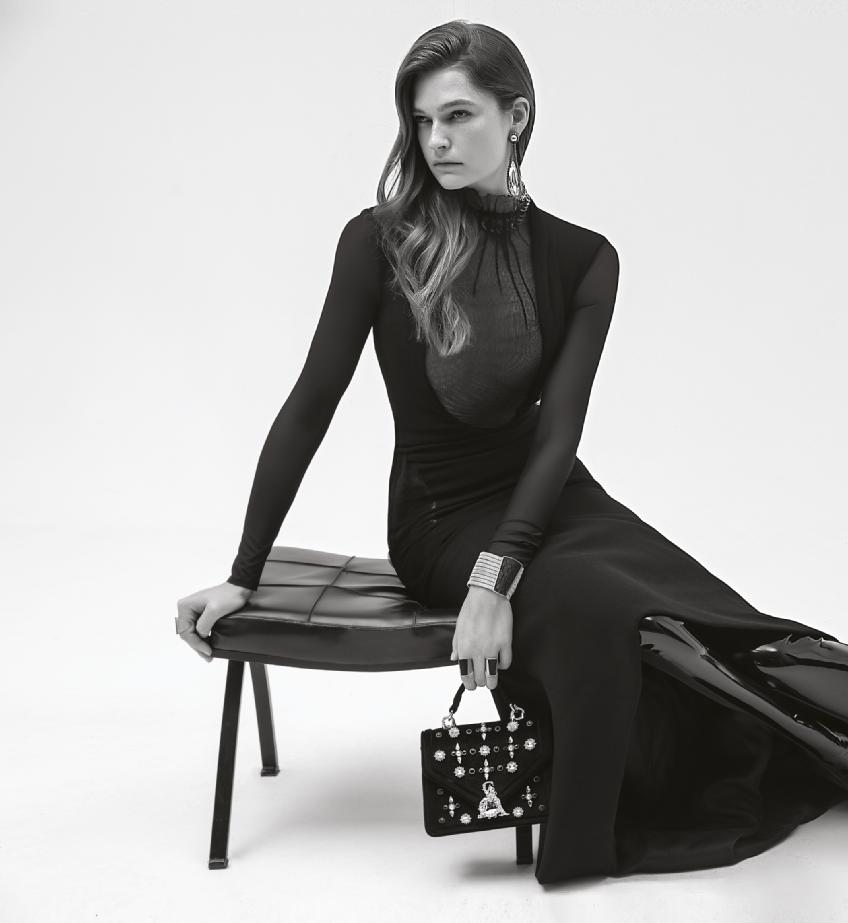
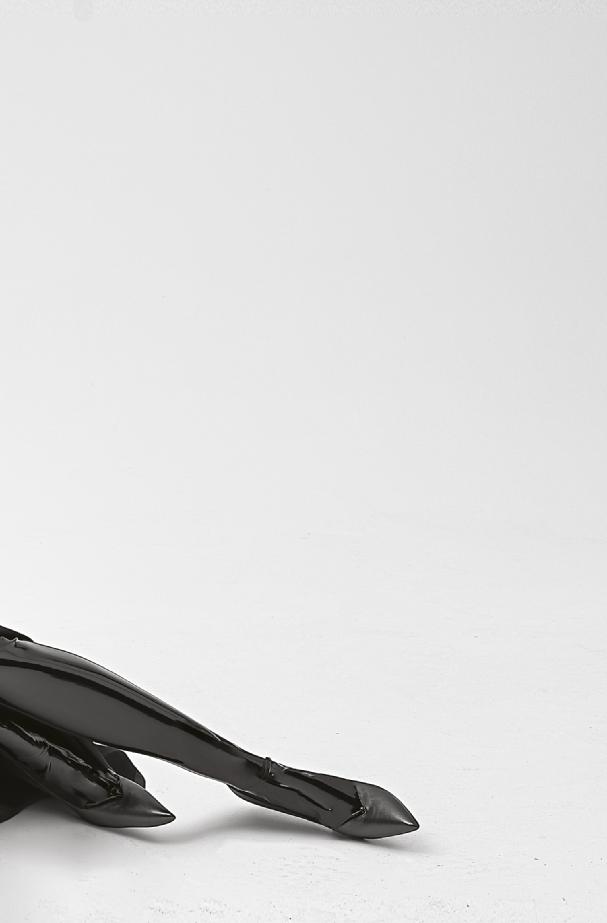
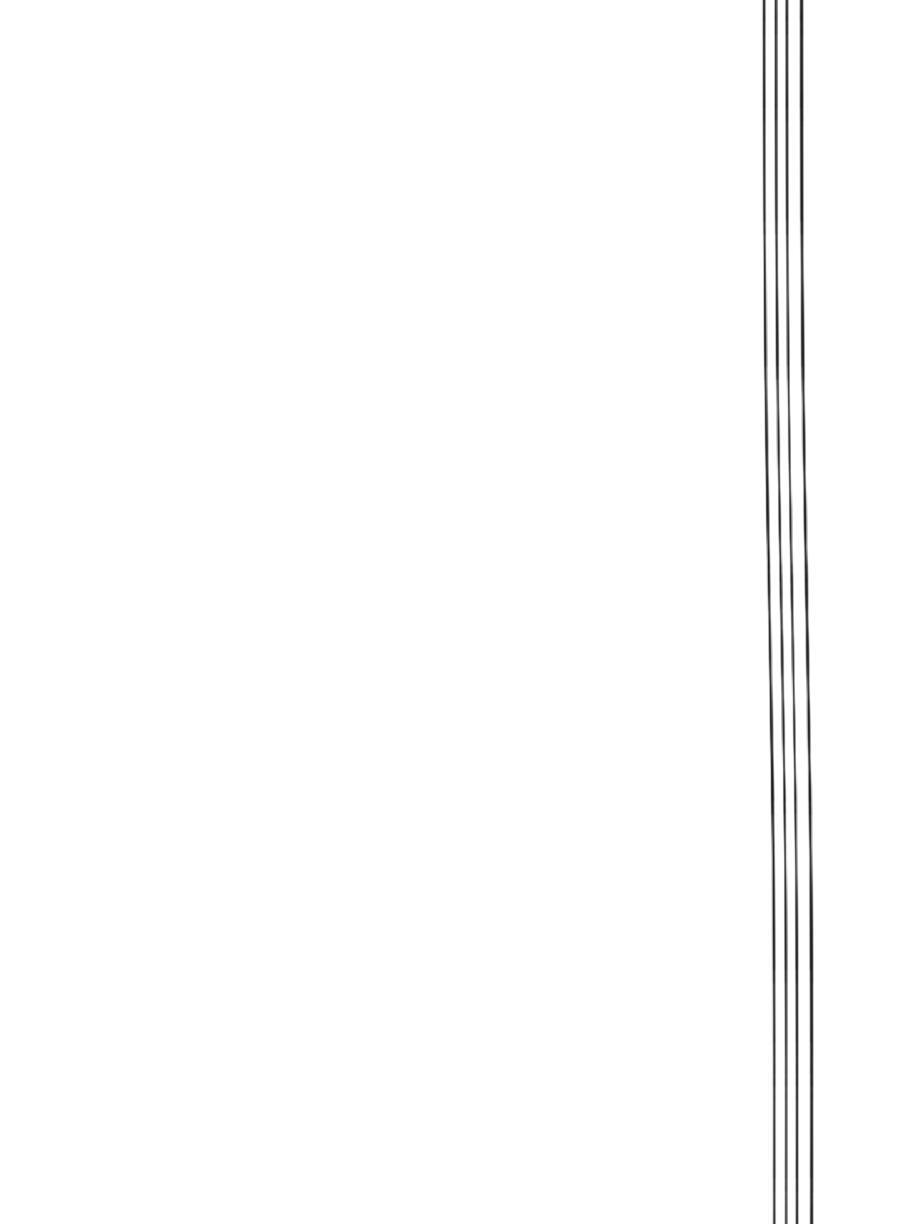
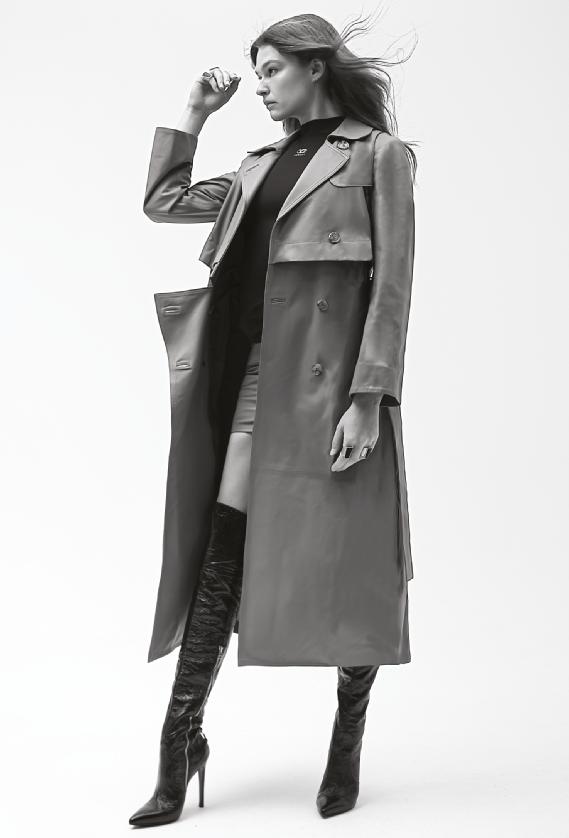



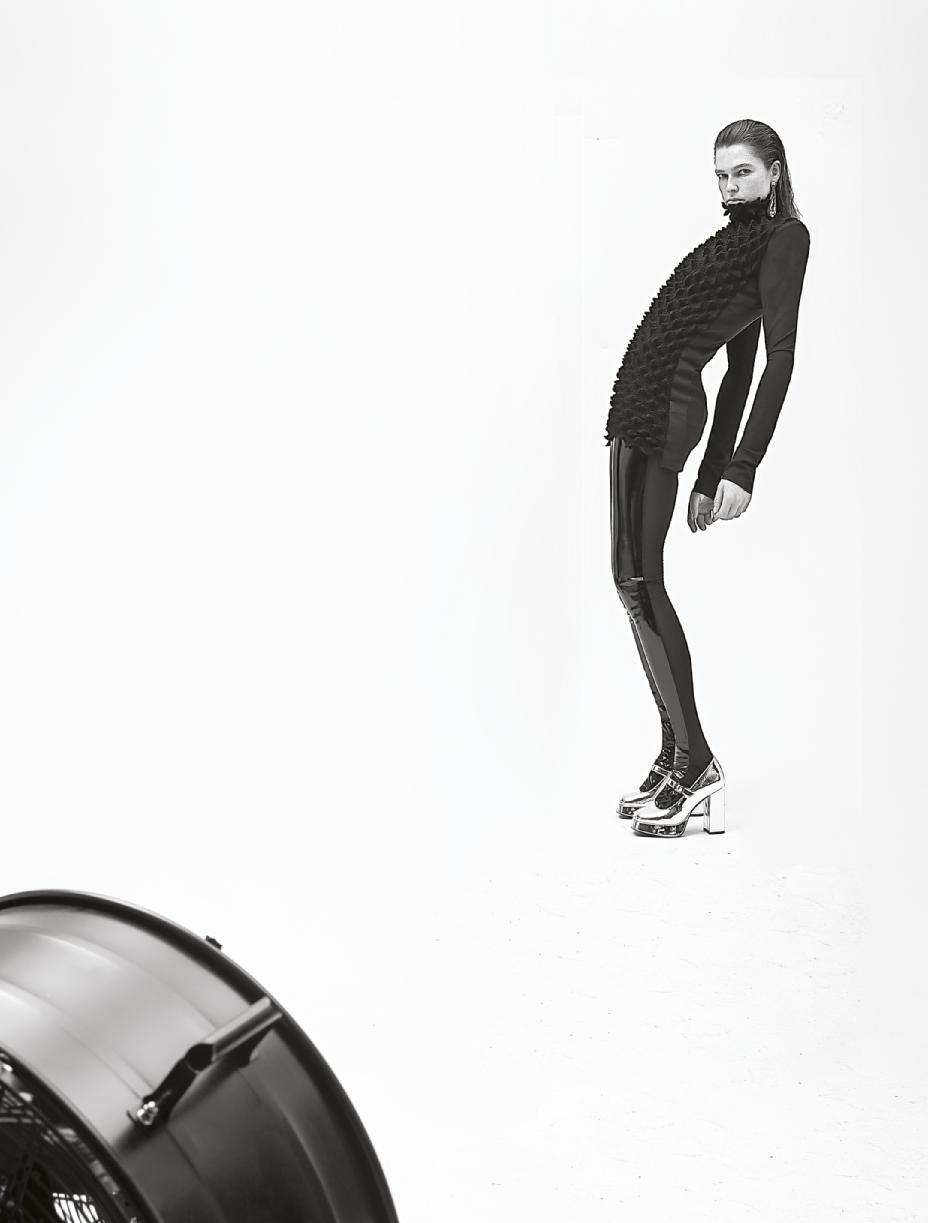 Photos by Angelo Lanza Fashion by Luca Termine
Artwork by Joe Colosimo Styling assistant: Emanuele Scanu
Photo assistant: Yadier Castro Piedra Model: Laura Schoenmakers @WomenManagement - Milano
Photos by Angelo Lanza Fashion by Luca Termine
Artwork by Joe Colosimo Styling assistant: Emanuele Scanu
Photo assistant: Yadier Castro Piedra Model: Laura Schoenmakers @WomenManagement - Milano
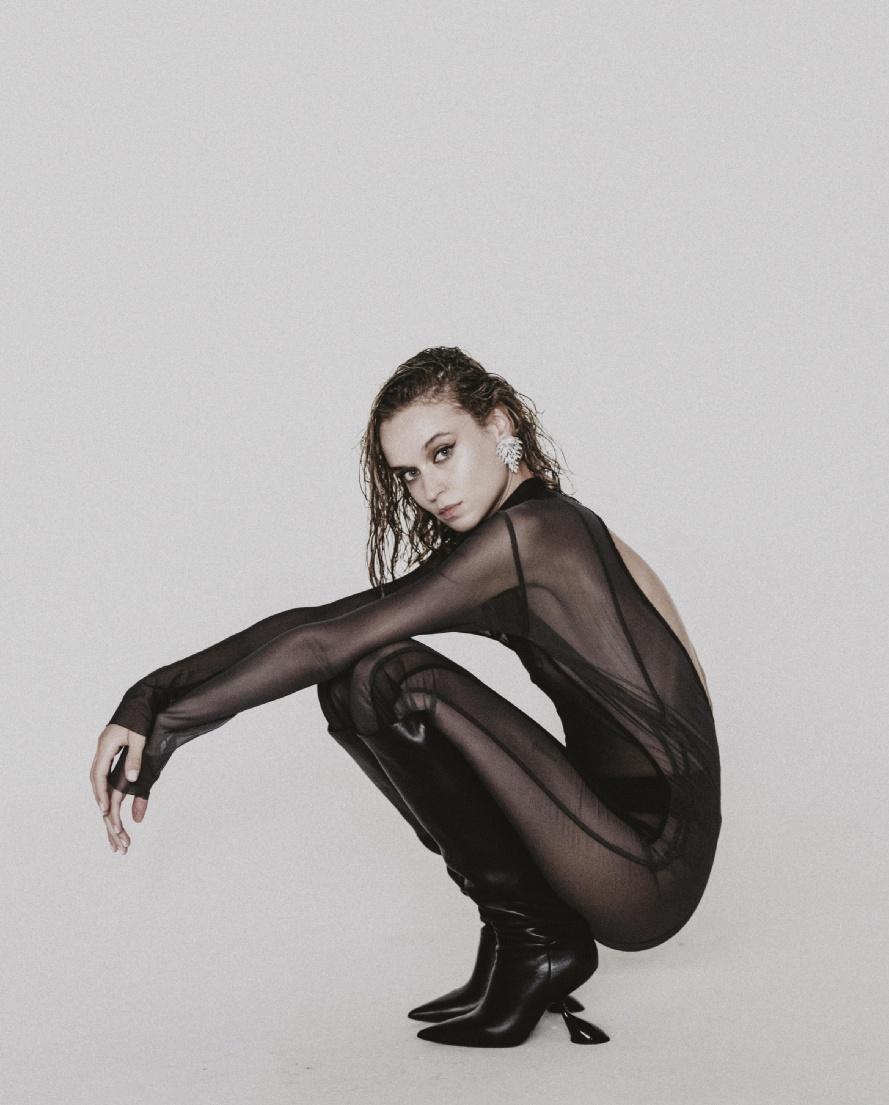 Photos by Riccardo Lancia Fashion by Antonio Musto
Jumpsuit APNOEA
Earrings ALENA ETTEA Boots LUBELLO FIRENZE
Photos by Riccardo Lancia Fashion by Antonio Musto
Jumpsuit APNOEA
Earrings ALENA ETTEA Boots LUBELLO FIRENZE

 Top RICHMOND Earrings RADÀ
Top RICHMOND Earrings RADÀ
 Fur SILVIAN HEACH
Earrings ERICA BASSI JEWELS Boots LUBELLO FIRENZE
Fur SILVIAN HEACH
Earrings ERICA BASSI JEWELS Boots LUBELLO FIRENZE
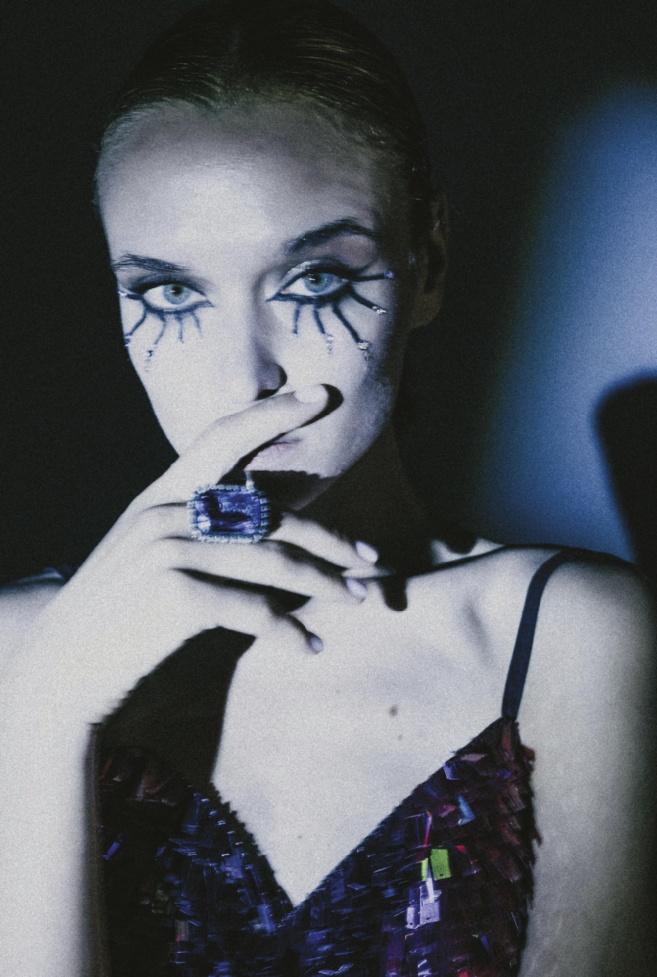 Top BABYLON Ring RADÀ
Top BABYLON Ring RADÀ
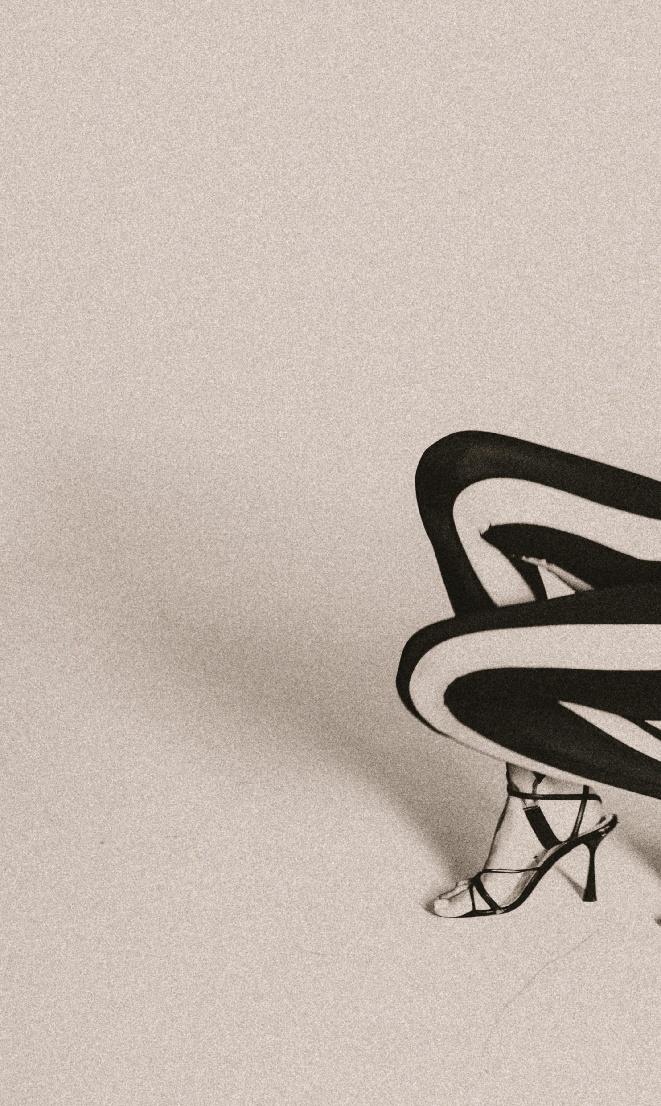

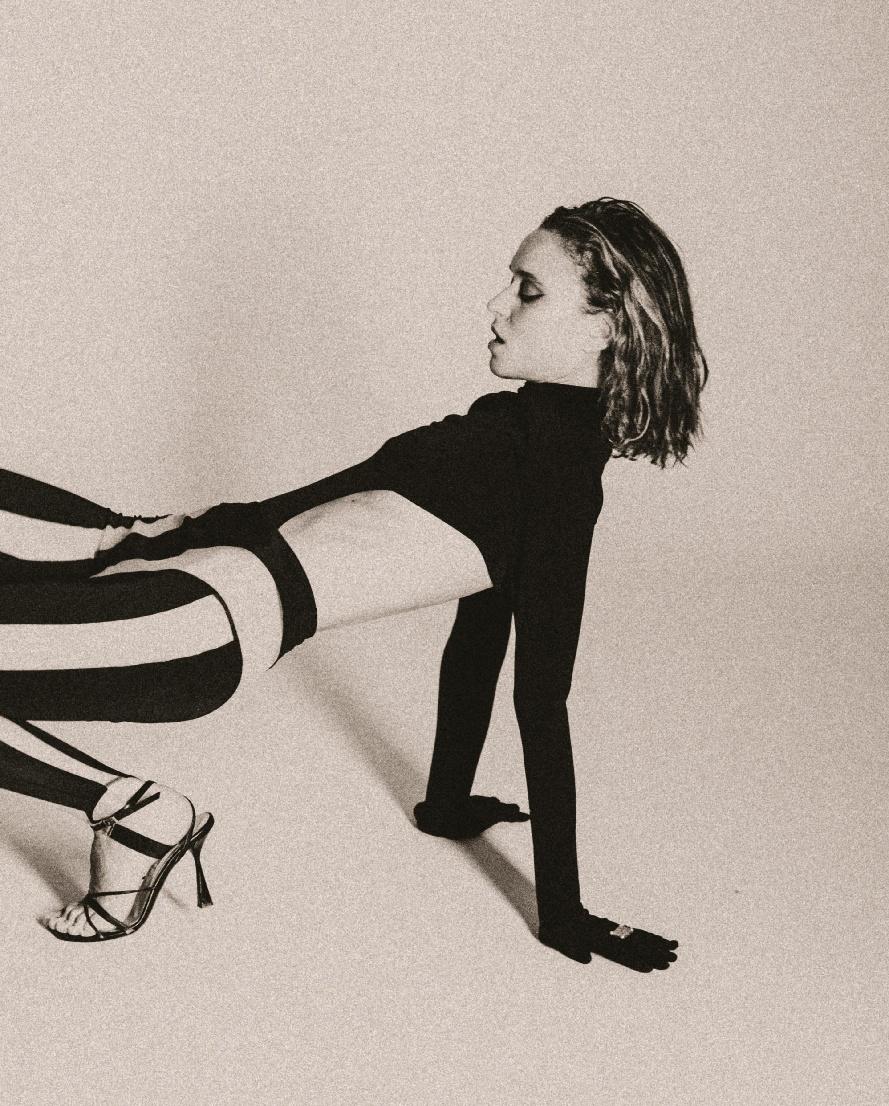
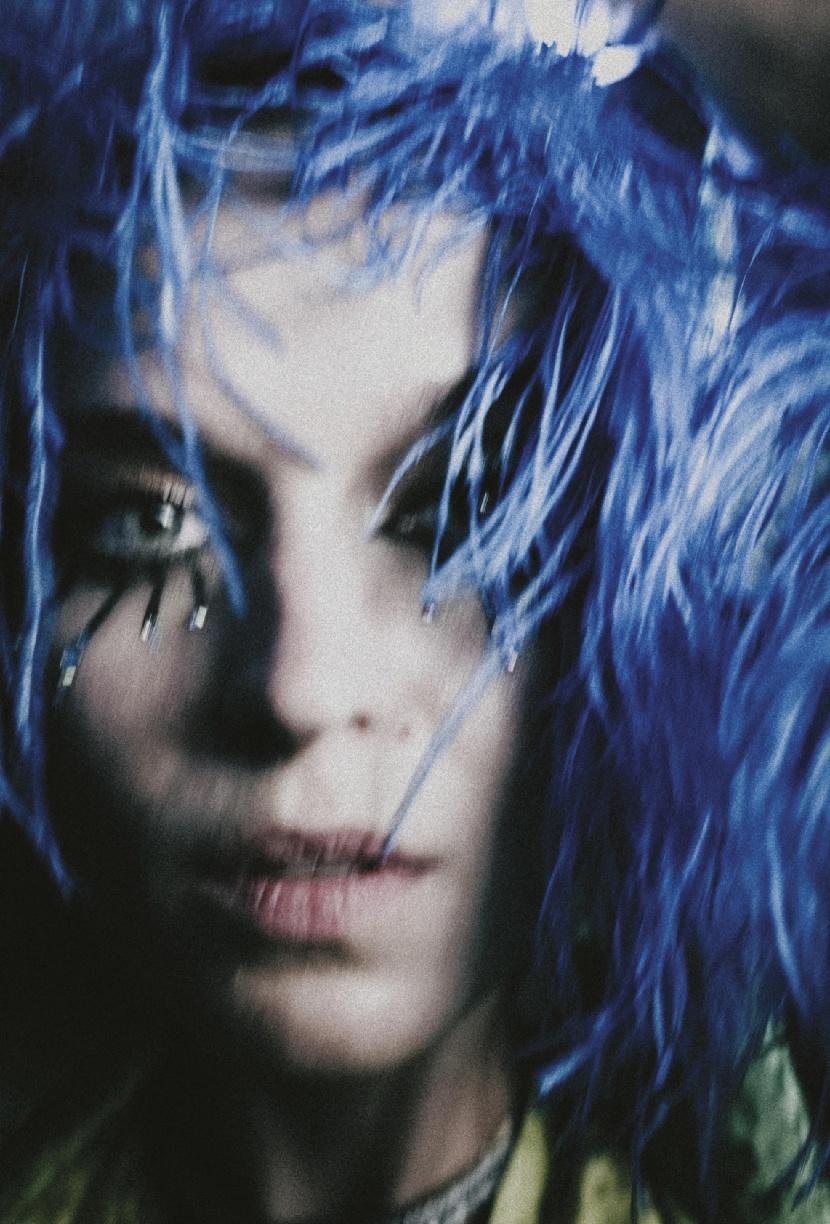
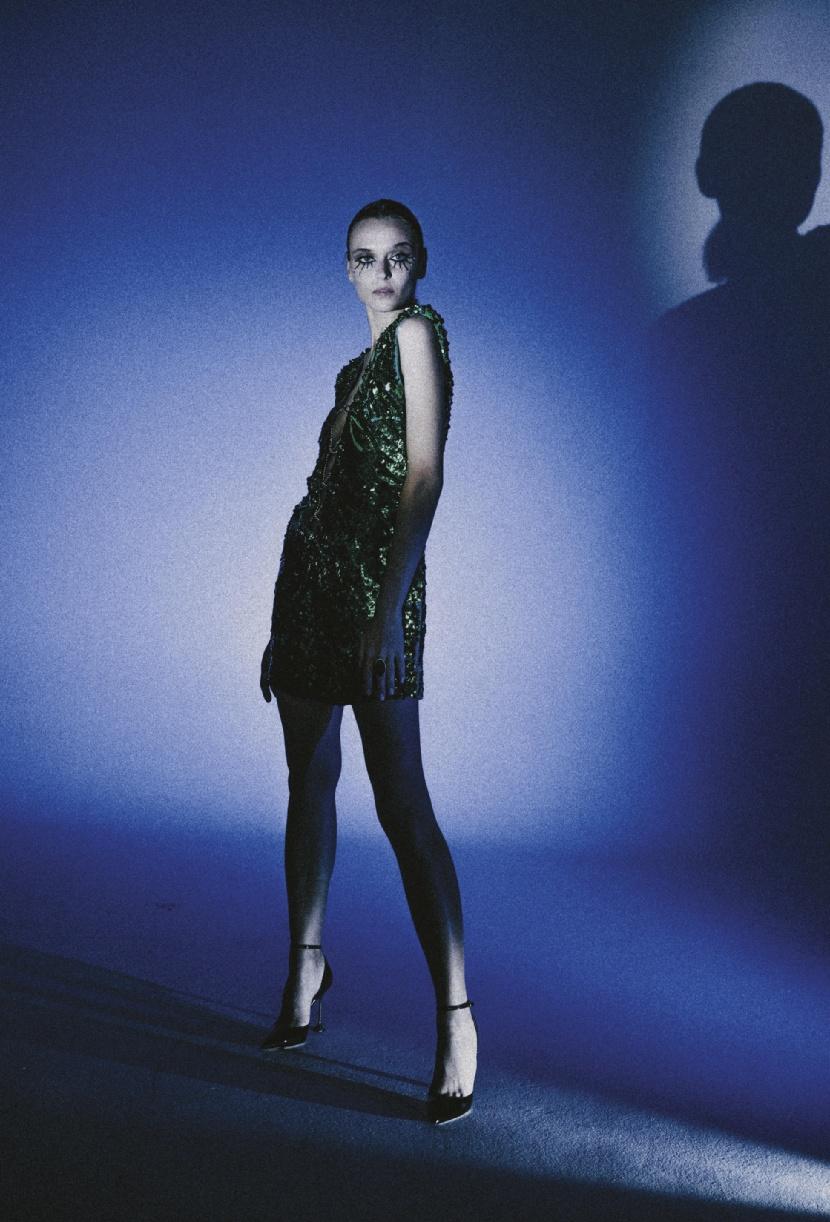

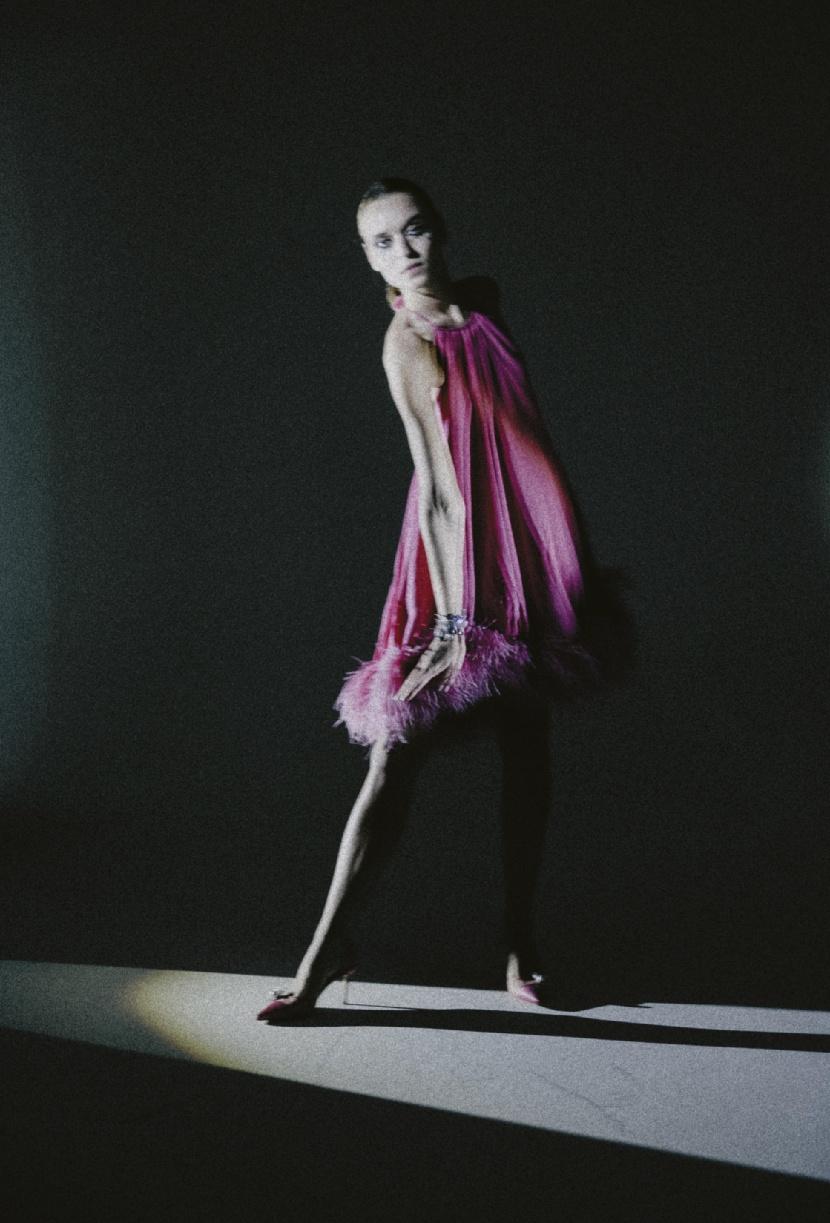
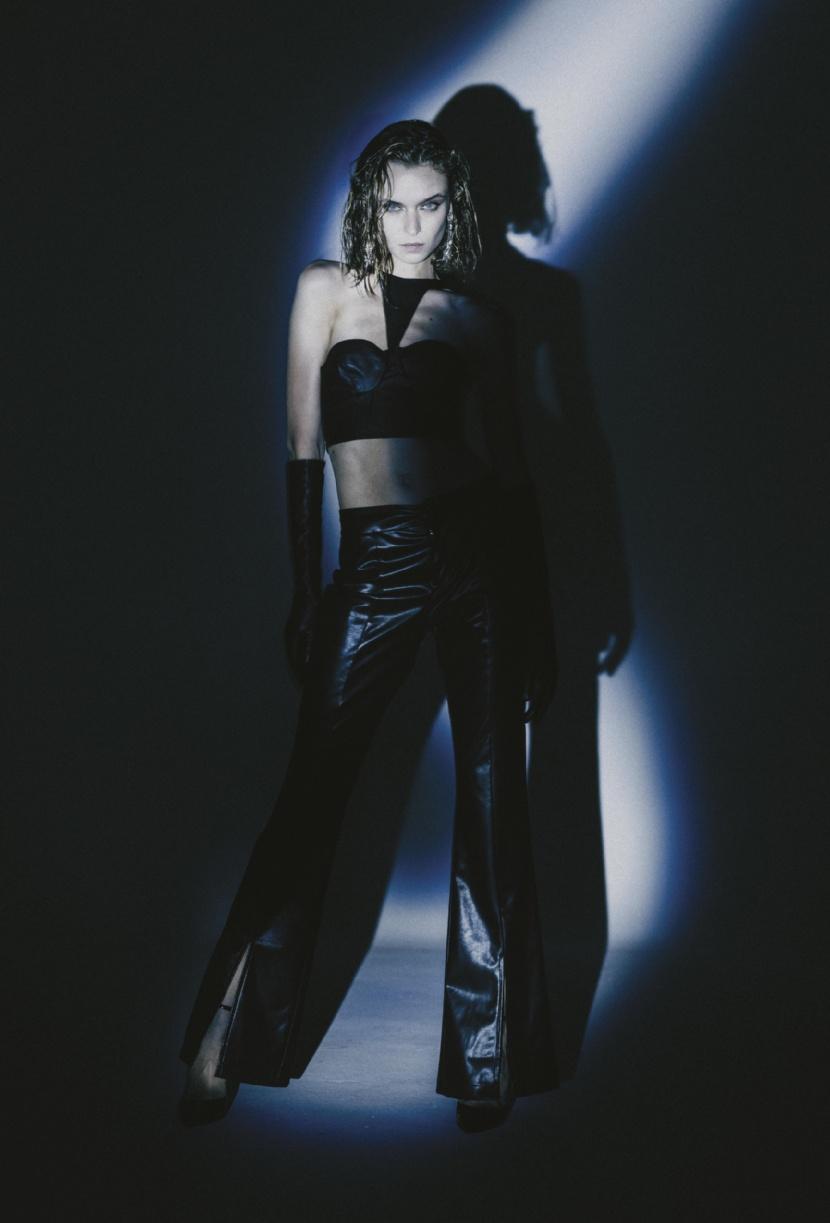 Top RICHMOND Gloves MAX MARA Trousers SILVIAN HEACH Earrings RADÀ
Shoes LUBELLO FIRENZE
Top RICHMOND Gloves MAX MARA Trousers SILVIAN HEACH Earrings RADÀ
Shoes LUBELLO FIRENZE
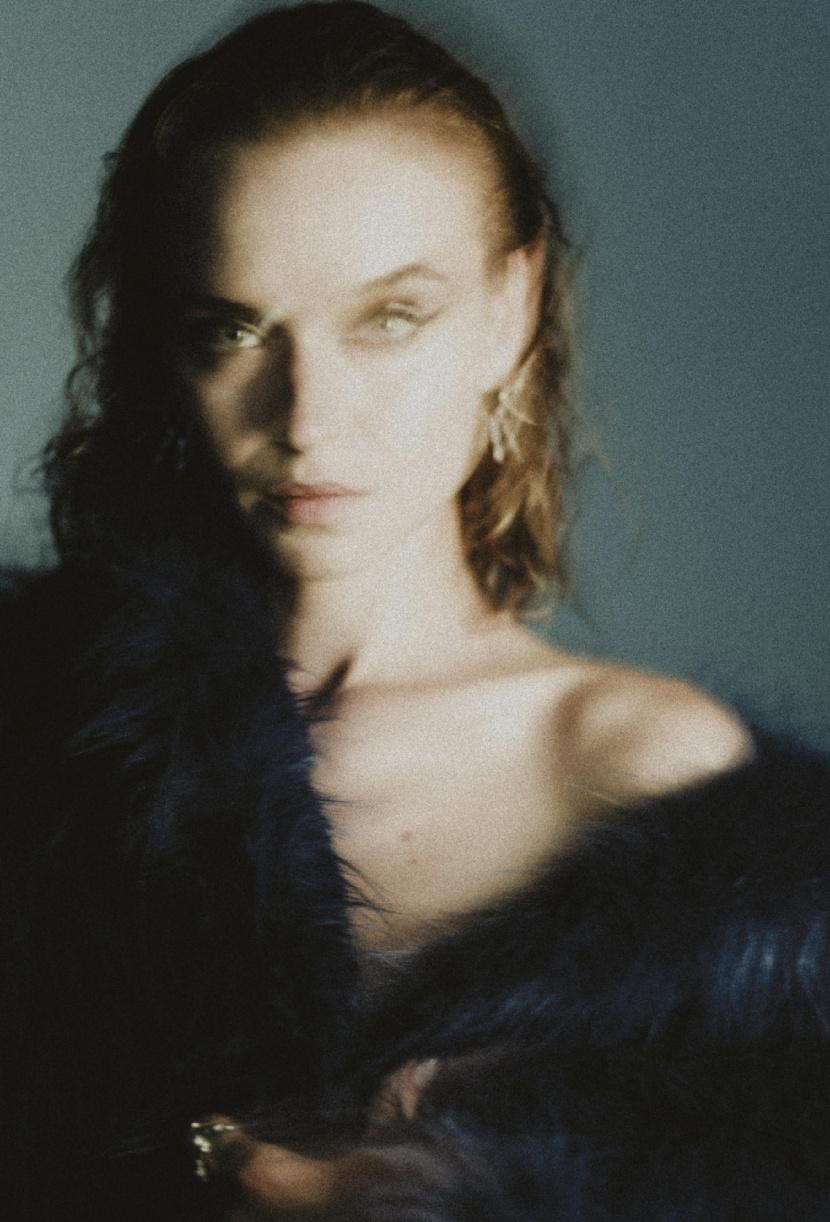 Fur SILVIAN HEACH Earrings and bracelet ERICA BASSI JEWELS
Photos by Riccardo Lancia Fashion by Antonio Musto
Make-up: Elisa Delfini
Model: Alyona Shadskaya @FabbricaMilano
Fur SILVIAN HEACH Earrings and bracelet ERICA BASSI JEWELS
Photos by Riccardo Lancia Fashion by Antonio Musto
Make-up: Elisa Delfini
Model: Alyona Shadskaya @FabbricaMilano
 Photos by Bohdan Bohdanov
Fashion by Alessia Casà Top APNOEA Bag FRACOMINA
Photos by Bohdan Bohdanov
Fashion by Alessia Casà Top APNOEA Bag FRACOMINA


 Dress and trousers DAVII Bag MOMONÌ
Earrings FERVOOR
Dress and trousers DAVII Bag MOMONÌ
Earrings FERVOOR



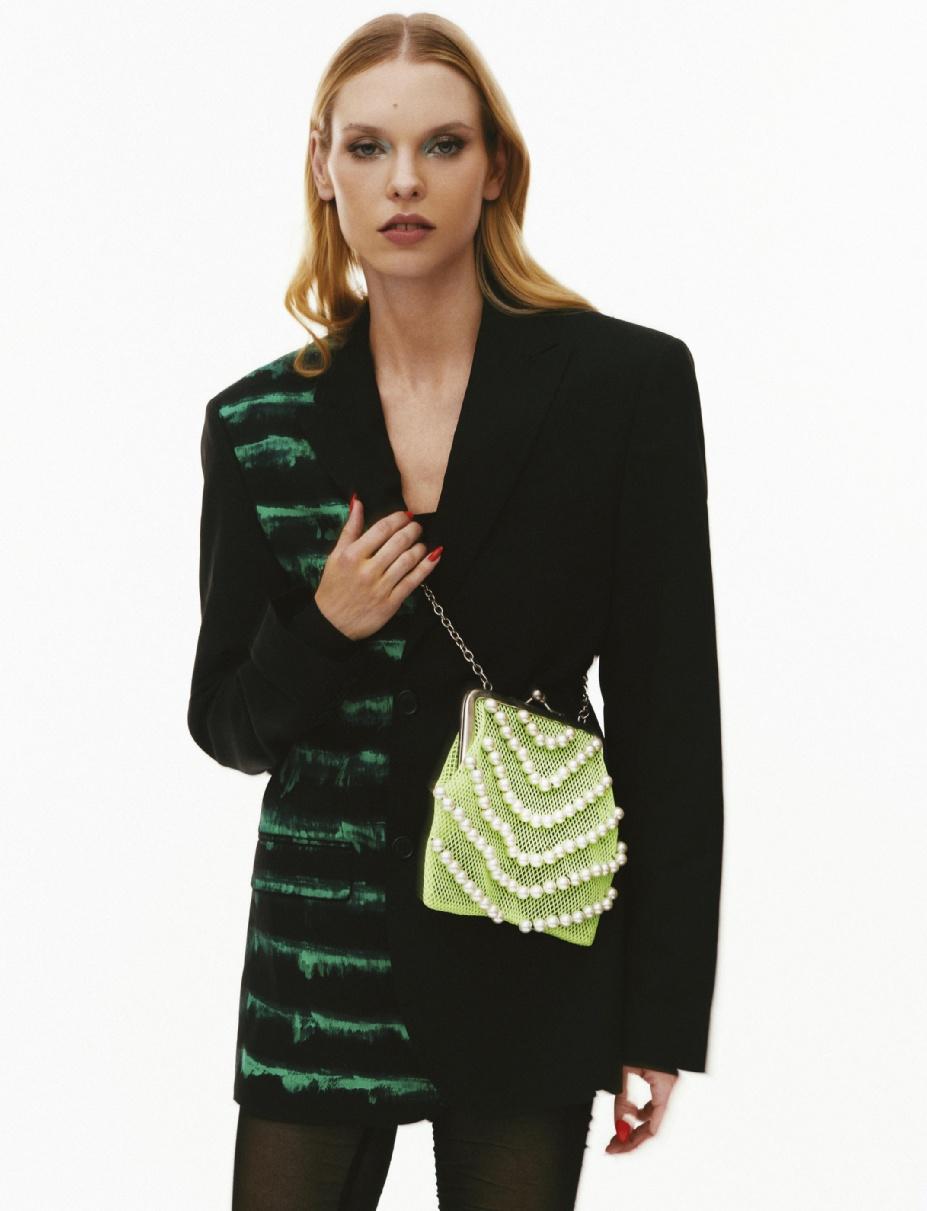
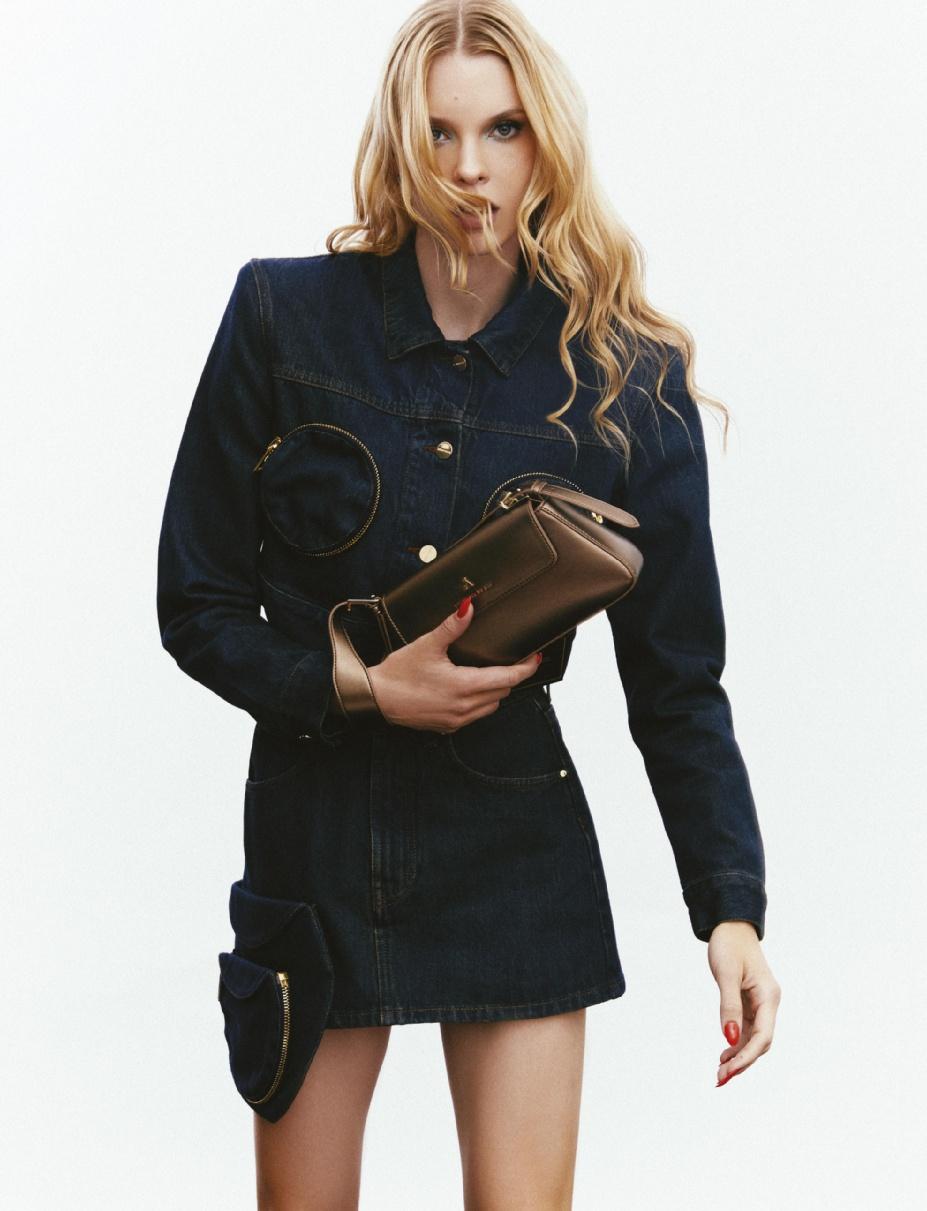
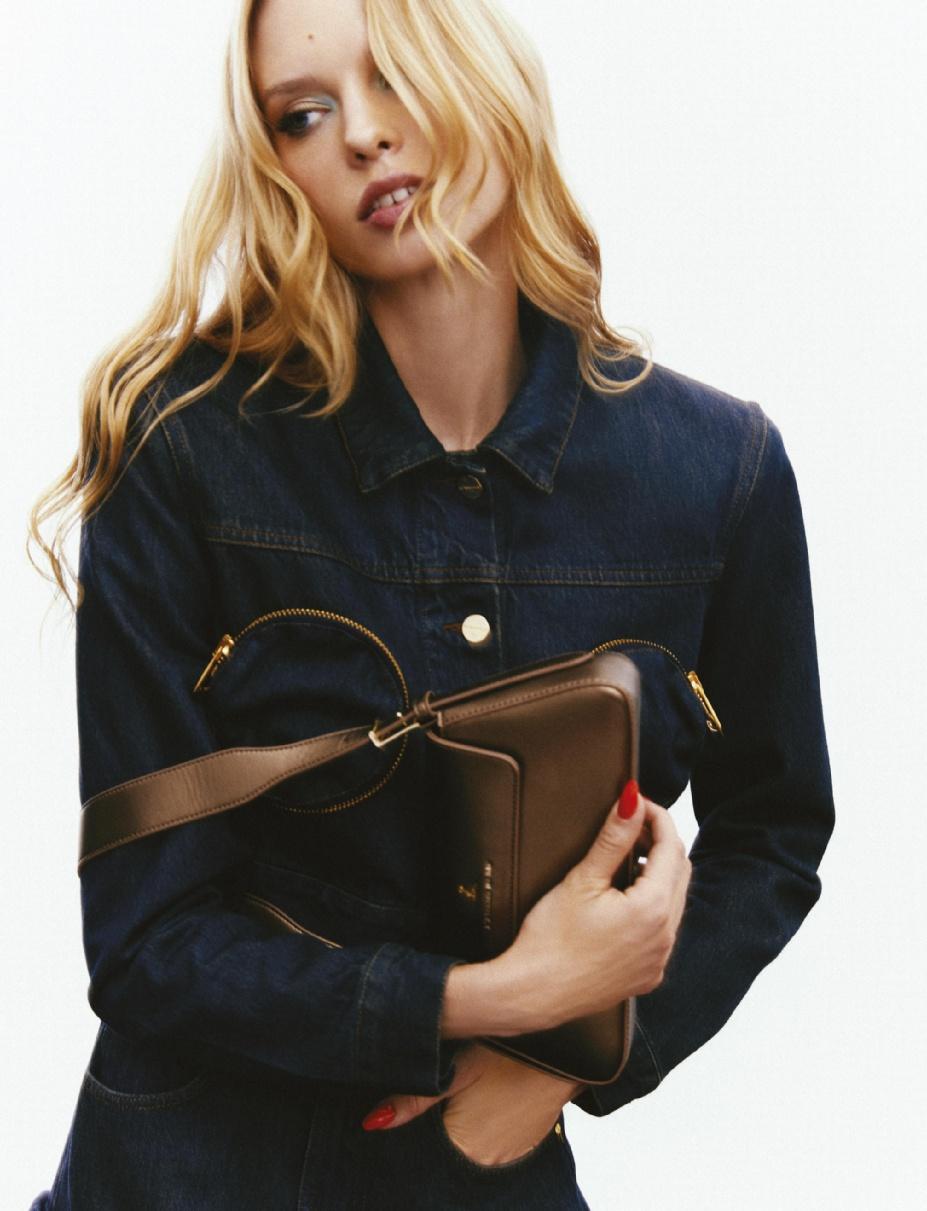
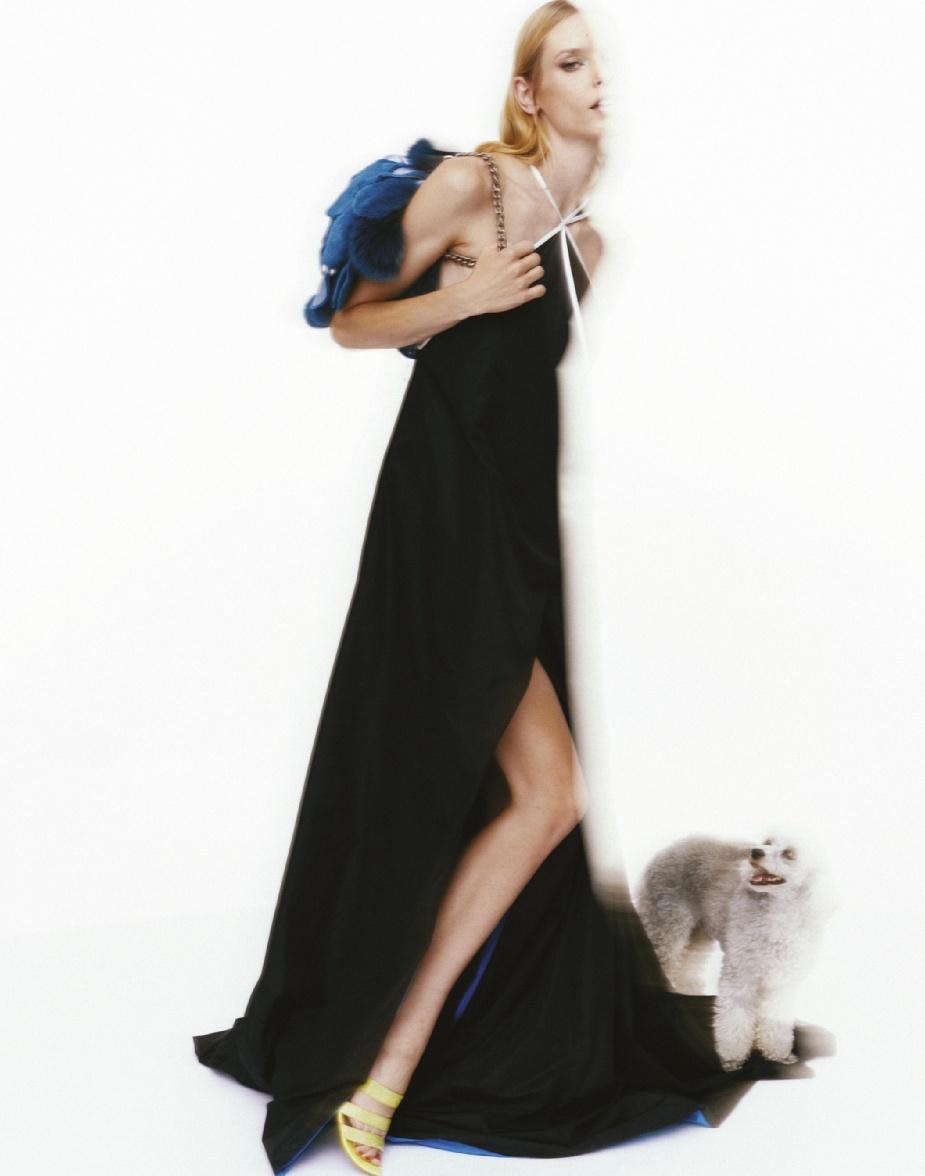
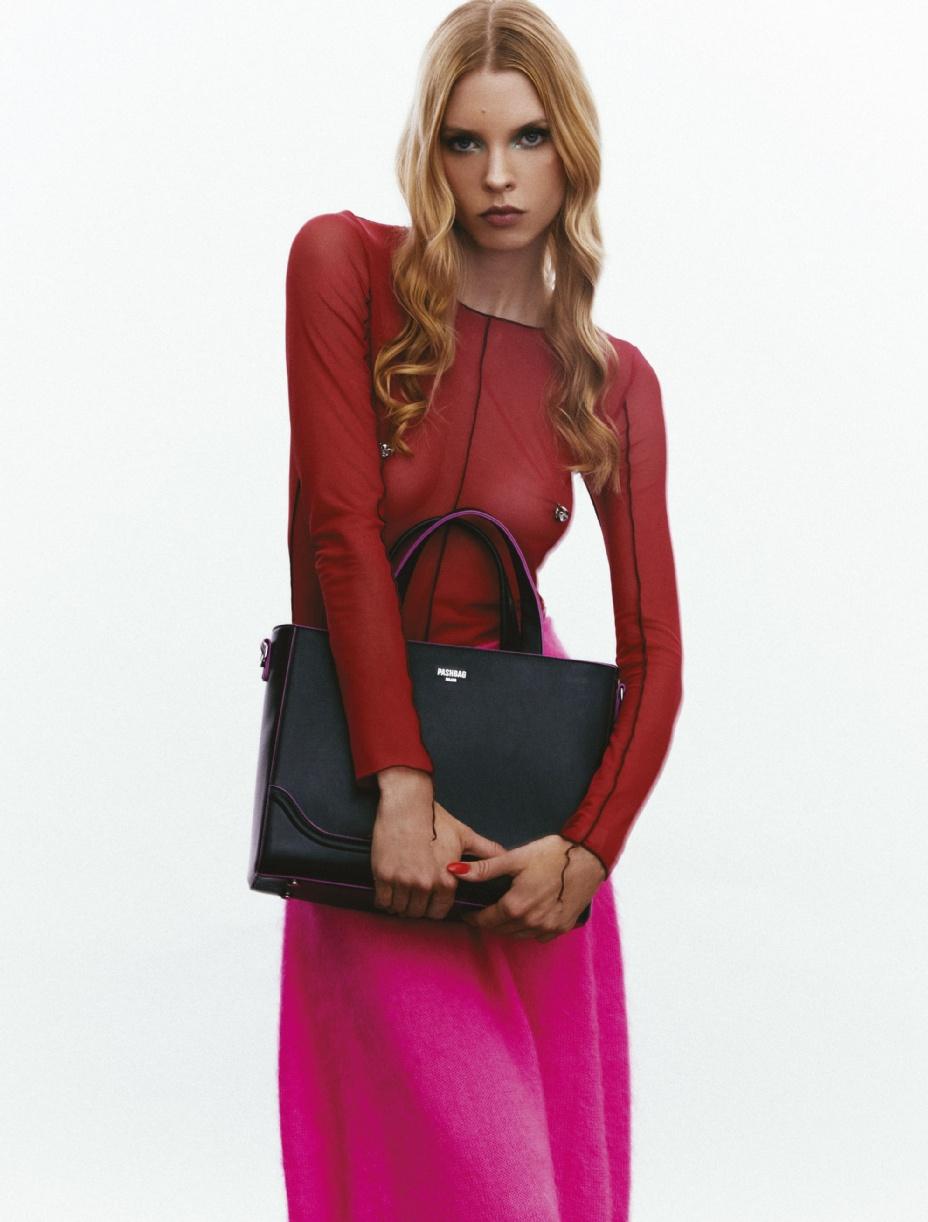 Top MALLONI Skirt MAISON FLANEUR Bag PASHBAH Brooches FERVOOR
Photos by Bohdan Bohdanov Fashion by Alessia Casà
Photo assistant: Andrea Loiola Make-up & hair: Alessia Damiata
Nails: Danielle Melor
Model: Karolina Warzech @WomenMilano
Top MALLONI Skirt MAISON FLANEUR Bag PASHBAH Brooches FERVOOR
Photos by Bohdan Bohdanov Fashion by Alessia Casà
Photo assistant: Andrea Loiola Make-up & hair: Alessia Damiata
Nails: Danielle Melor
Model: Karolina Warzech @WomenMilano
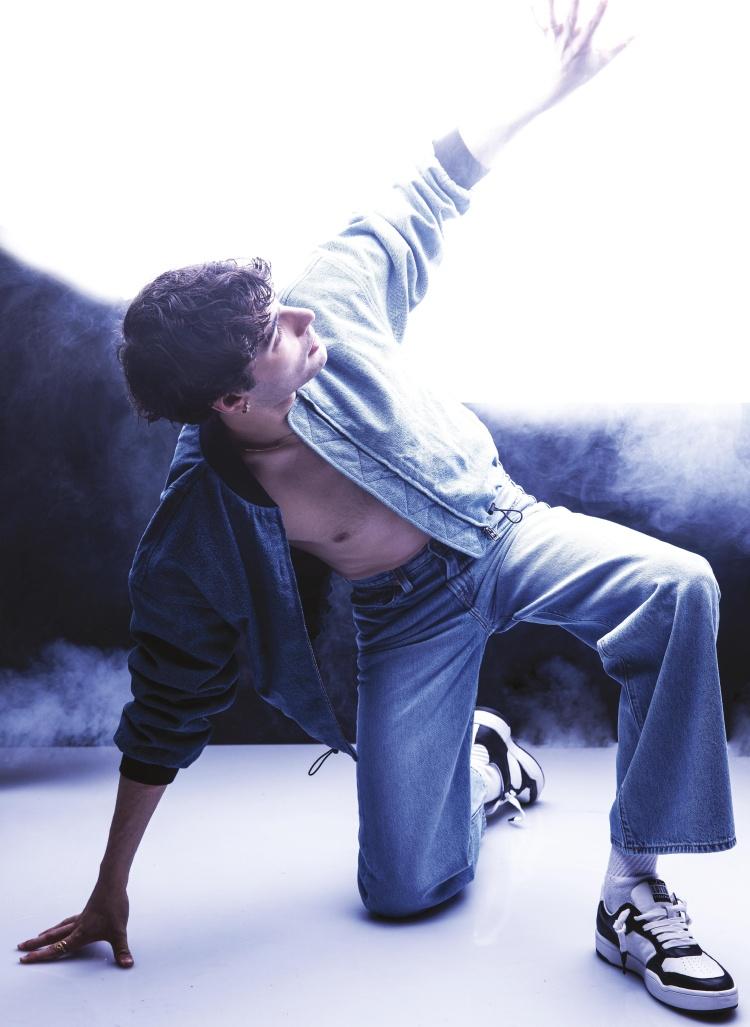
 Photos by Angelo Lanza Fashion by Luca Termine
Bomber LEVI’S - Pants LEVI’S - Shoes LOTTO
Photos by Angelo Lanza Fashion by Luca Termine
Bomber LEVI’S - Pants LEVI’S - Shoes LOTTO
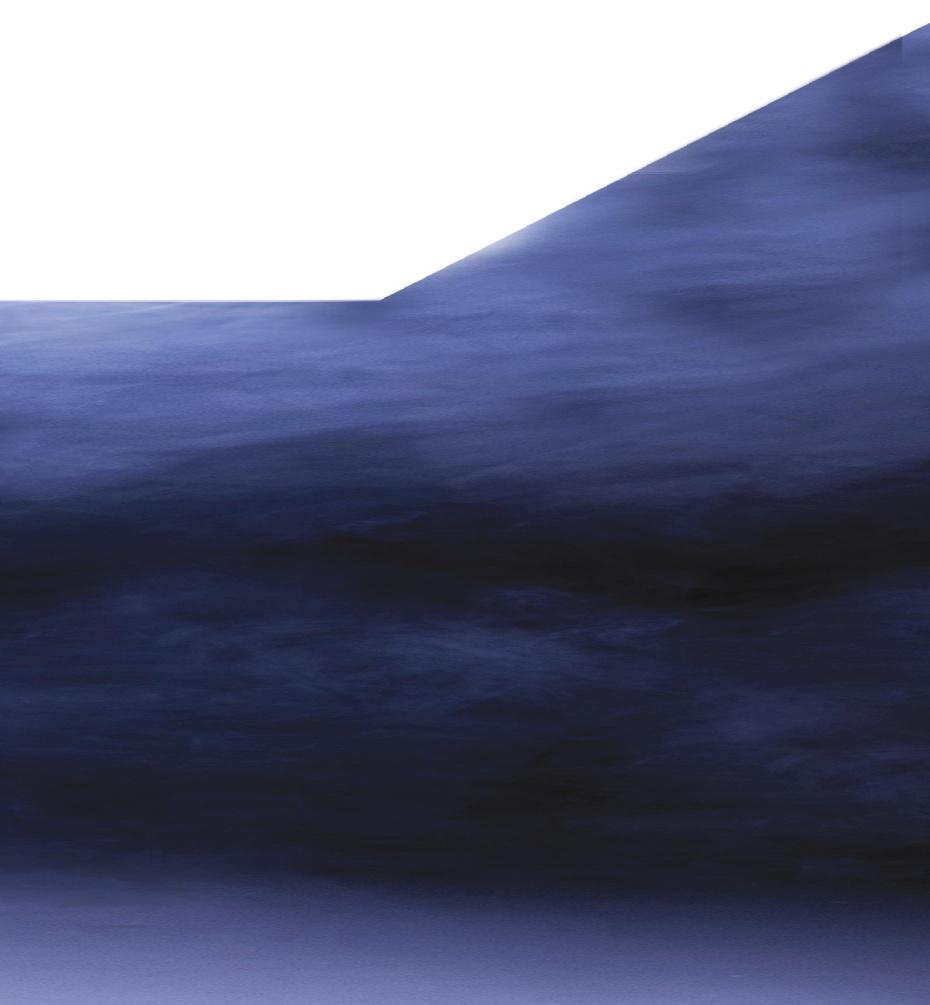
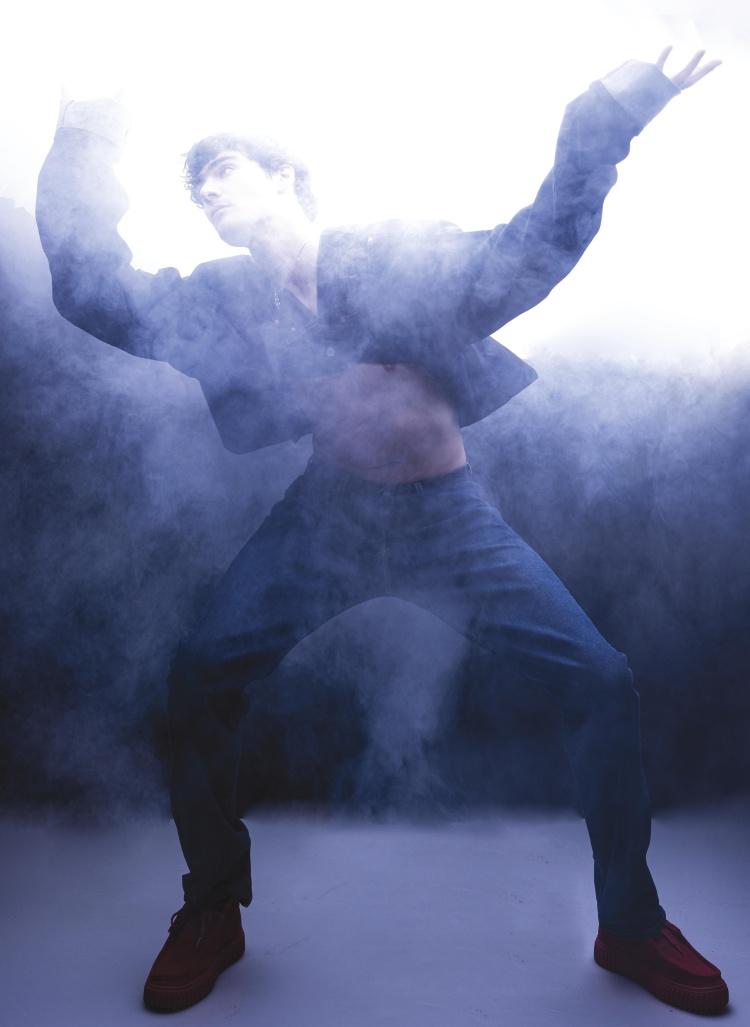


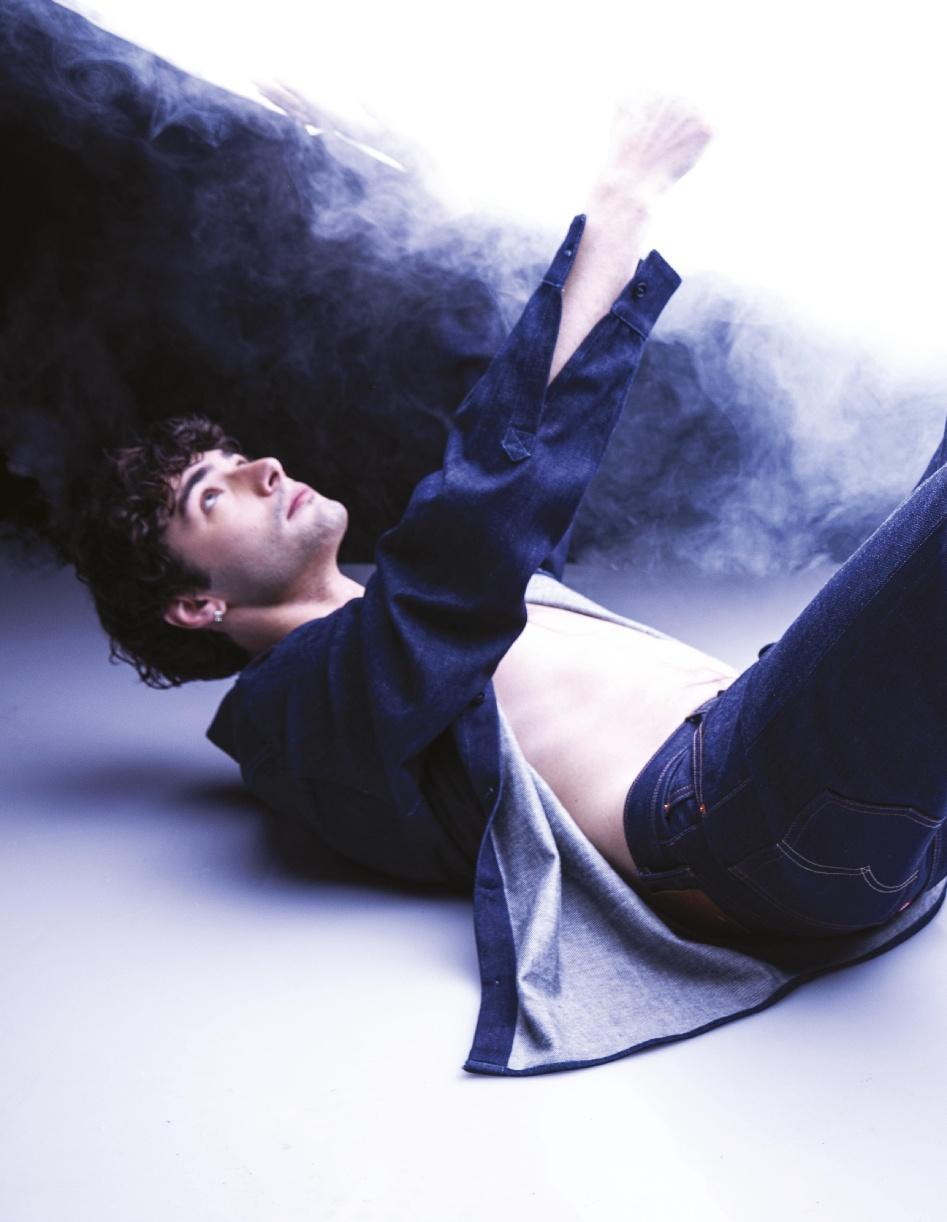
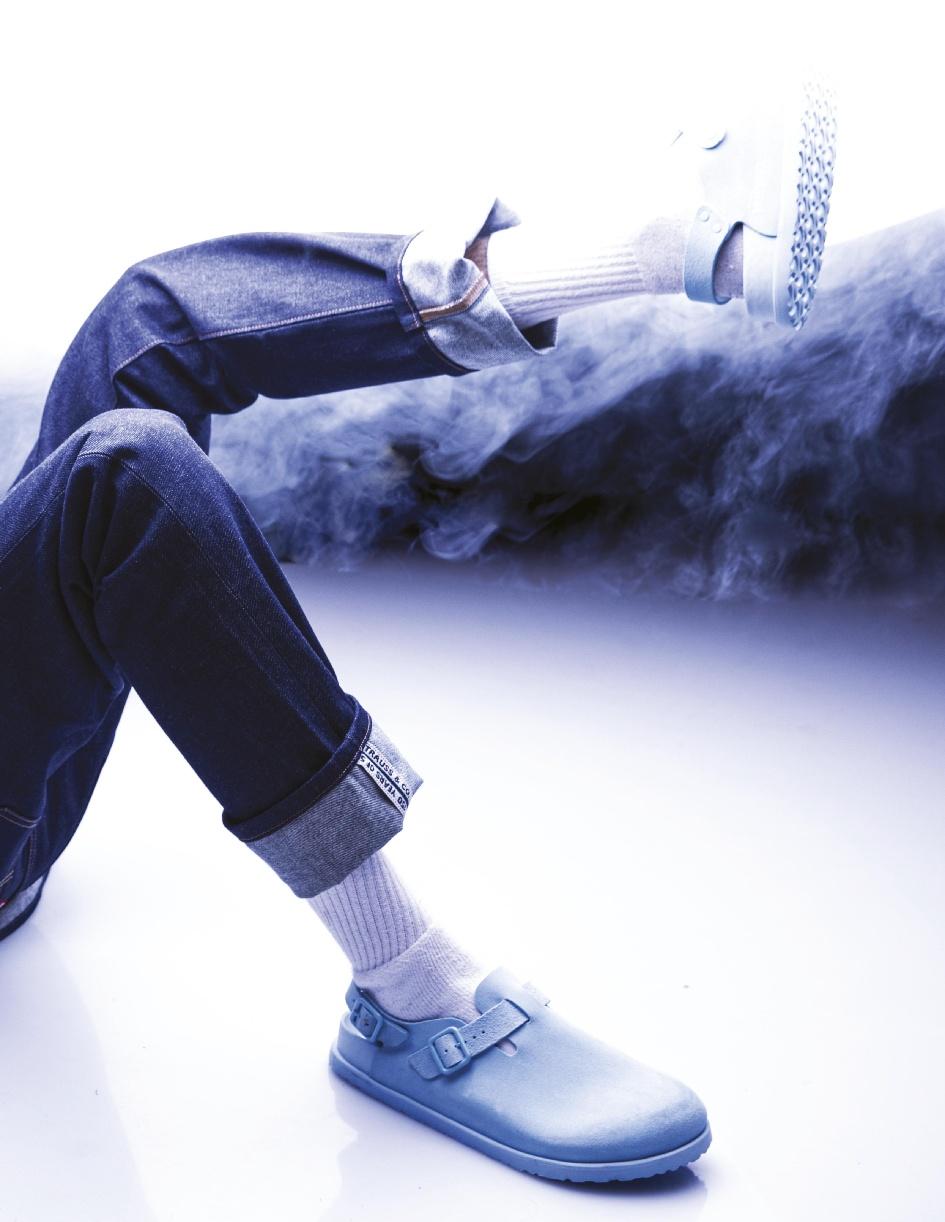

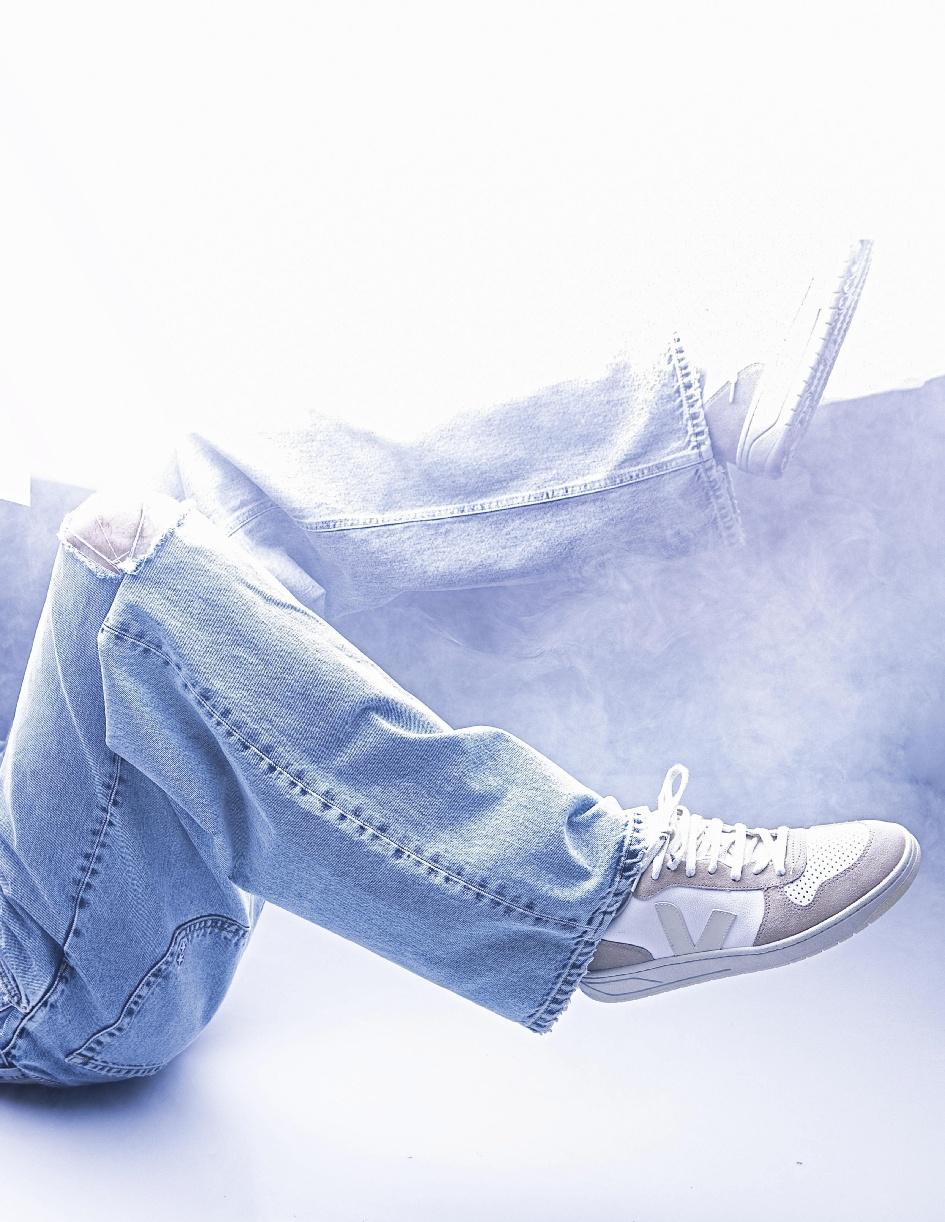 Jacket LEVI’S Pants ICON DENIM Shoes VEJA
Photos by Angelo Lanza Fashion by Luca Termine Grooming: Francesca Giancotti @MKS Milano
Photo assistant: Yadier Castro Piedra Model: Yuri Grechi @ILoveModels - Milano
Jacket LEVI’S Pants ICON DENIM Shoes VEJA
Photos by Angelo Lanza Fashion by Luca Termine Grooming: Francesca Giancotti @MKS Milano
Photo assistant: Yadier Castro Piedra Model: Yuri Grechi @ILoveModels - Milano
 Photos by Angelo Lanza Fashion by Antonio Musto
Trench BCBG MAXAZRIA
Shirt SKILLS & GENES
Pants NAMILIA Clock HOOPS
Necktie BOSS
Earrings RADÀ Boots PARIS TEXAS
Photos by Angelo Lanza Fashion by Antonio Musto
Trench BCBG MAXAZRIA
Shirt SKILLS & GENES
Pants NAMILIA Clock HOOPS
Necktie BOSS
Earrings RADÀ Boots PARIS TEXAS
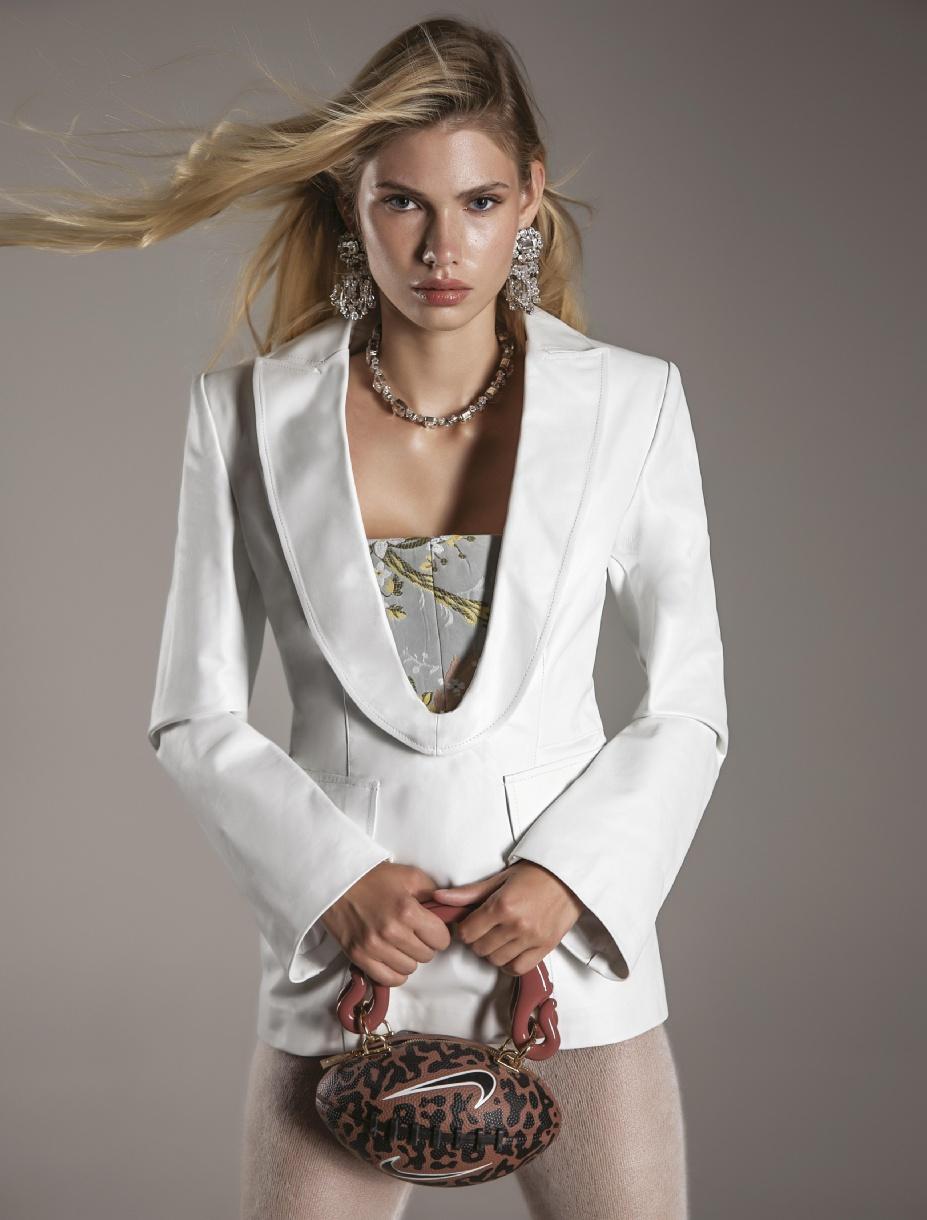
 Jacket
Jacket
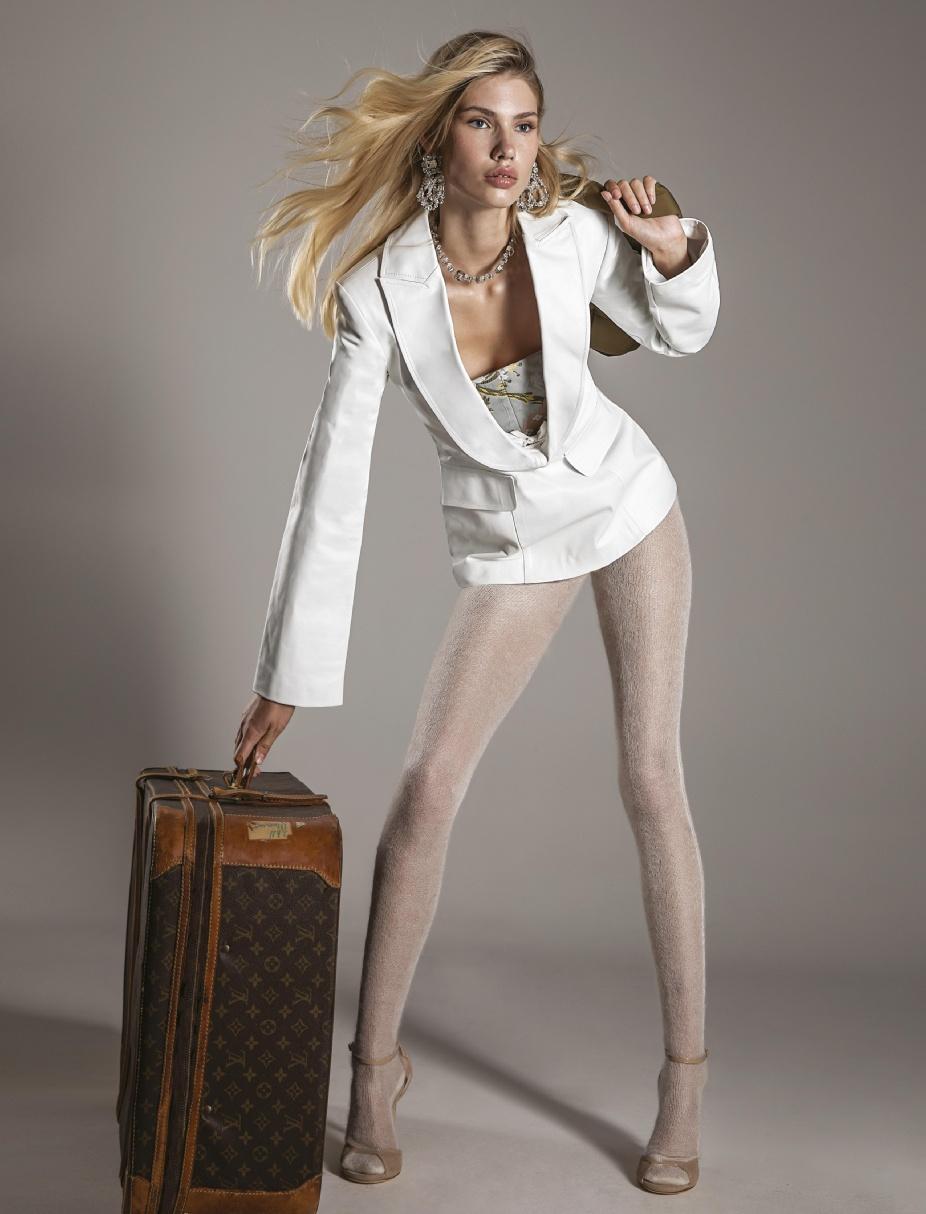
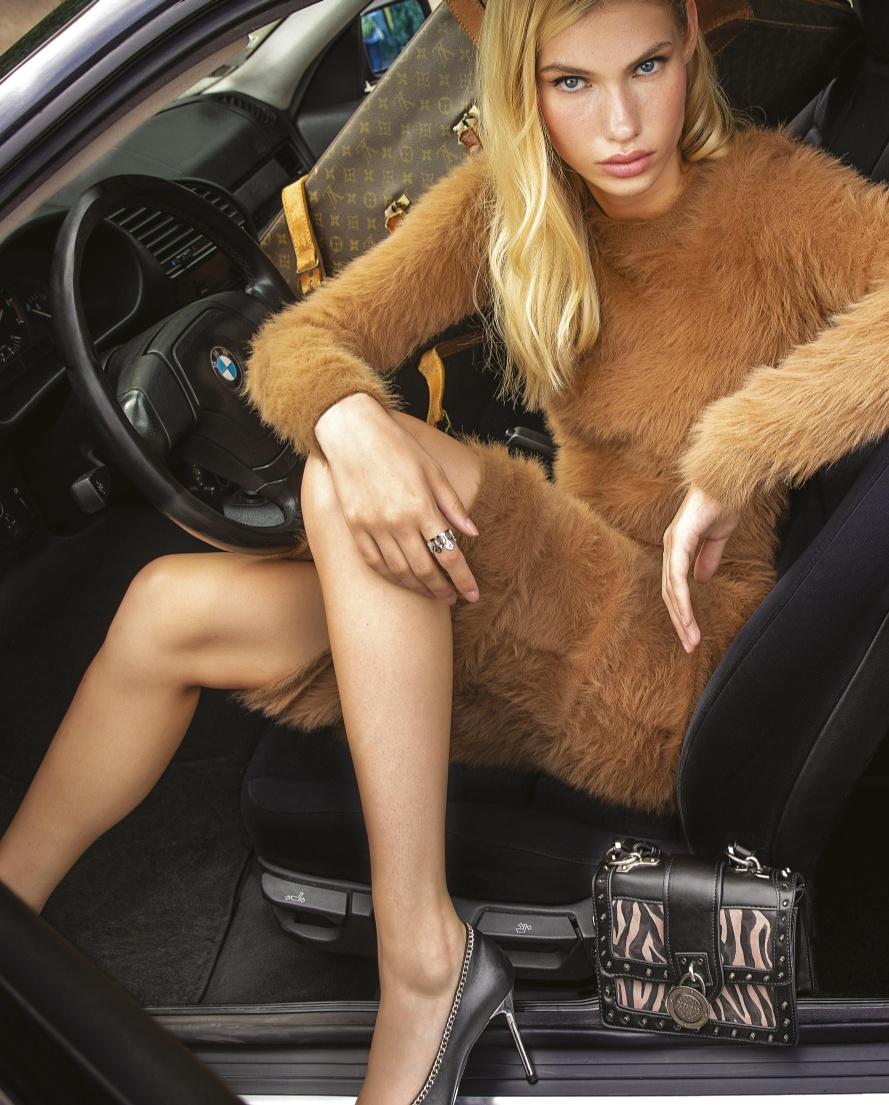
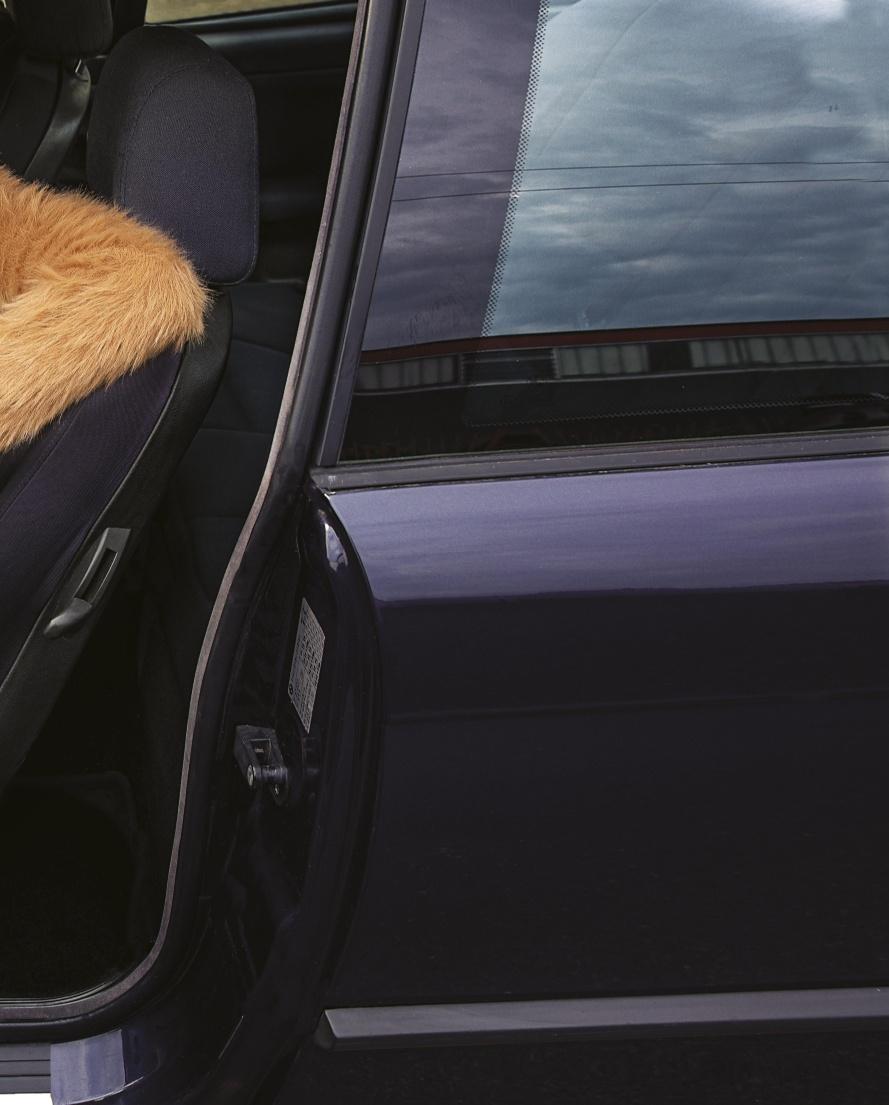

 Trench BCBG MAXAZRIA
Shirt SKILLS & GENES
Clock HOOPS
Necktie BOSS
Earrings RADÀ
Total look KRIZIA Clock COLONNA Sandals PARIS TEXAS
Trench BCBG MAXAZRIA
Shirt SKILLS & GENES
Clock HOOPS
Necktie BOSS
Earrings RADÀ
Total look KRIZIA Clock COLONNA Sandals PARIS TEXAS
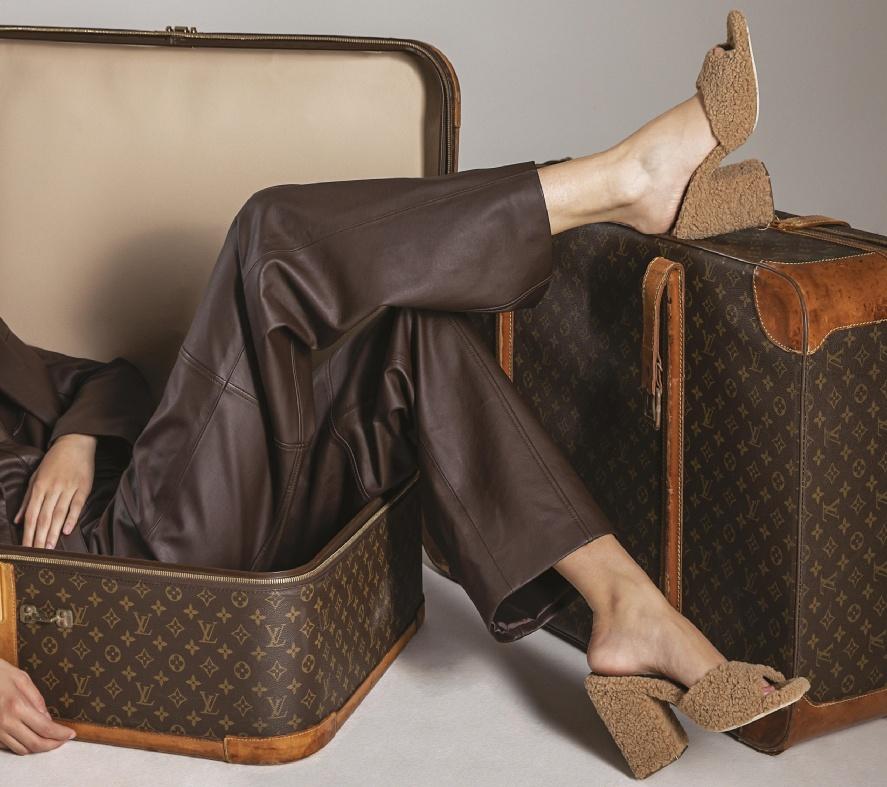
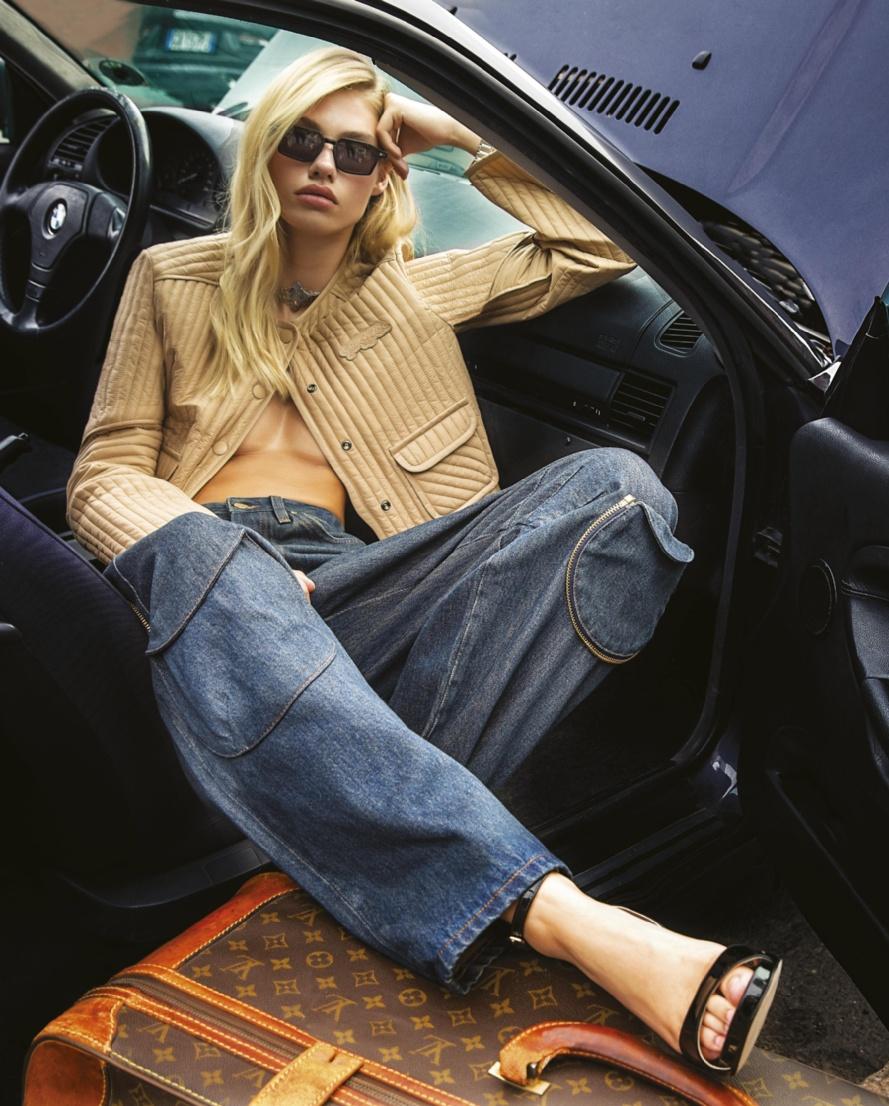 Jacket KRIZIA
Sunglasses KYME
Pants DON THE FULLER
Choker MYRIL
Shoes UNISA
Jacket KRIZIA
Sunglasses KYME
Pants DON THE FULLER
Choker MYRIL
Shoes UNISA


Top

ZHEN
Jacket SILVIAN HEACH
Sunglasses KYME
Necklace RADÀ
Boots PARIS TEXAS
and skirt WEILI Photos by Angelo Lanza Fashion by Antonio Musto MUA: Sara Zollo Photo assistant: Yadier Castro Piedra Model: Cara @BraveModels - Milano
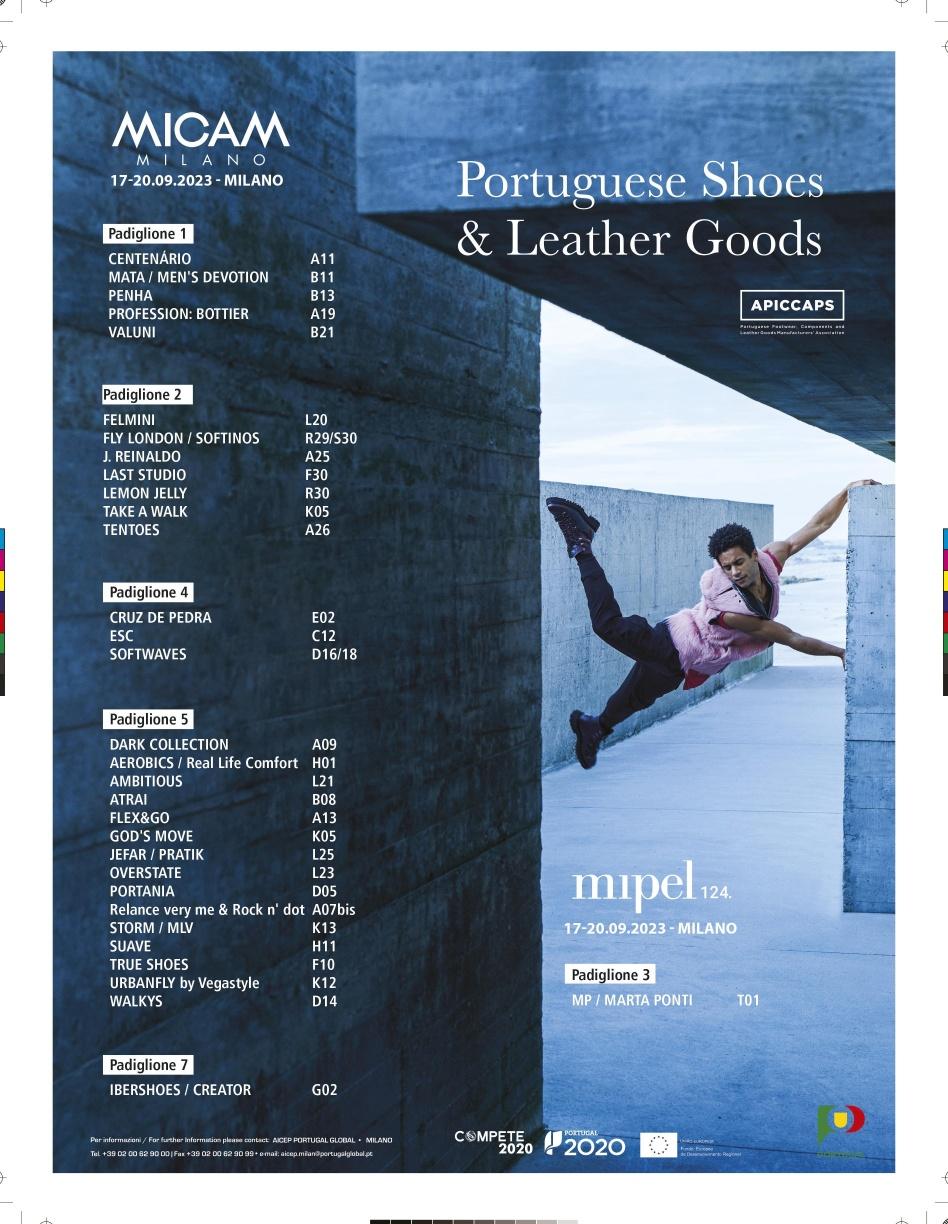



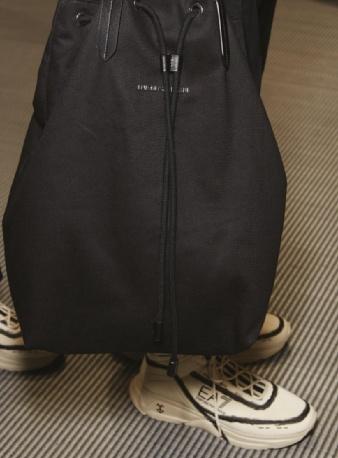
L’uomo che si affaccia sui primi caldi della prossima estate (PE2024) sembra combattuto. Scisso fra un’anima che vorrebbe tornare ai classici, a quel tocco di formale che ha messo da parte per lungo tempo, e un’altra parte di sé che lo tiene legato al mondo casual, fatto di sneaker, suole alte in gomma, spessorate e molto evidenti. Una frammentazione di stile che si nota anche negli accessori: rimane lo zaino (chiaro legame alla narrazione sportiva), eppure sbucano dalla soffitta nuovi modelli a mano, rivisitazioni di borse da lavoro che talvolta sfociano nel femminile.
The man facing the first warmth of next summer (SS2024) seems torn. Split between a soul that would like to go back to the classics, to that touch of formal that he has put aside for a long time, and another part of himself that keeps him tied to the casual world, made of sneakers, high rubber soles, thick and very noticeable. A fragmentation of style that can also be seen in the accessories: the backpack remains (a clear link to the sports narrative), yet new hand-held models peek out of the attic, revisitations of work bags that sometimes blur into the feminine.


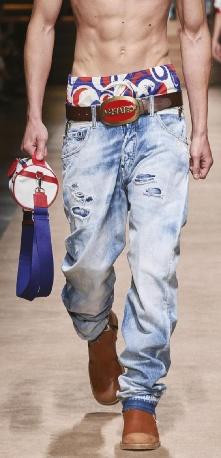



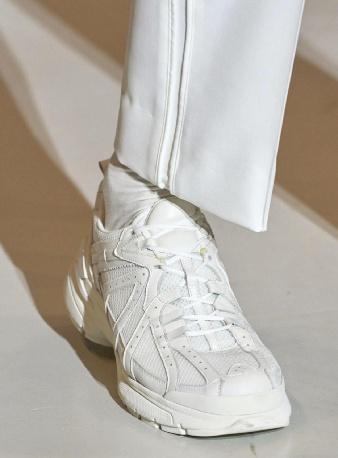

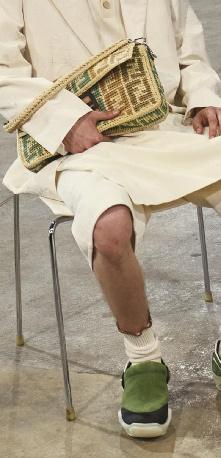


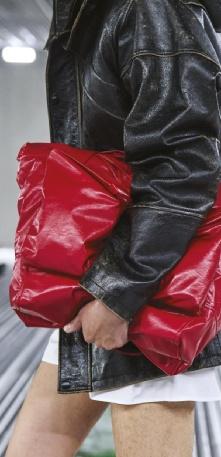
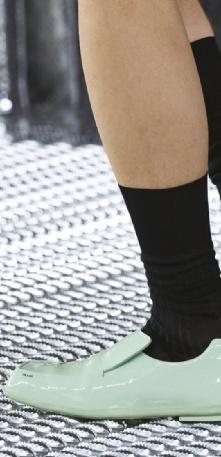
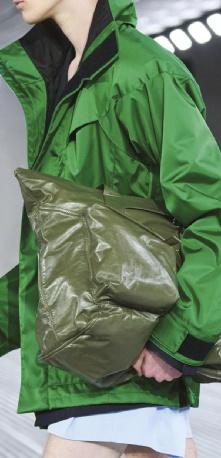
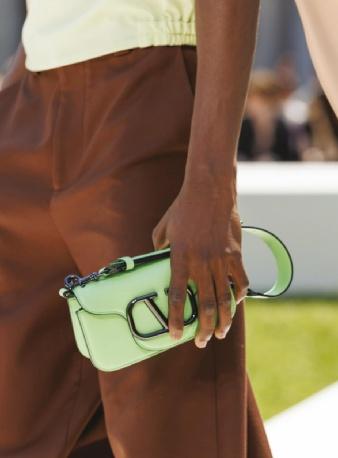

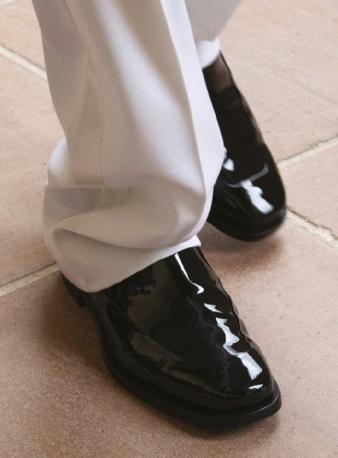


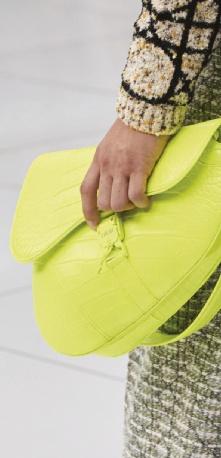


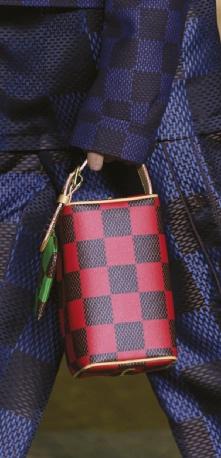



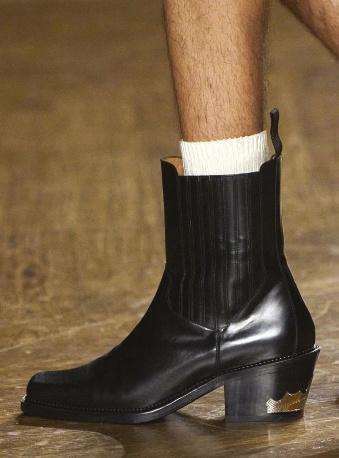


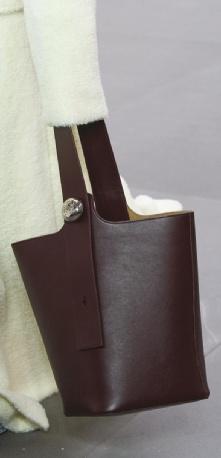
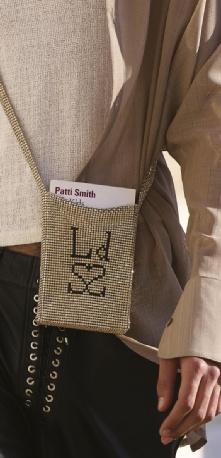
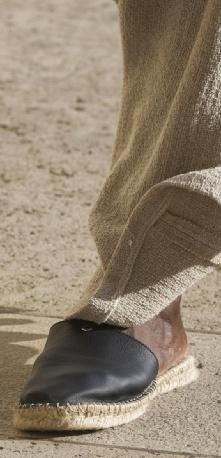

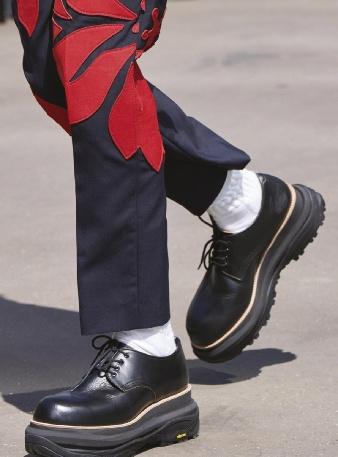
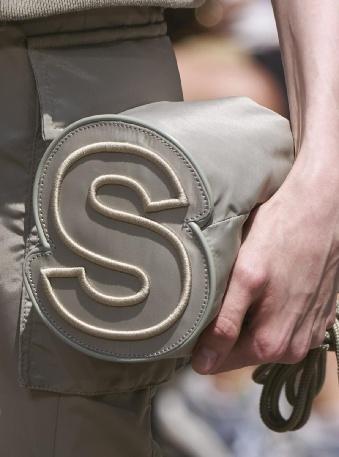

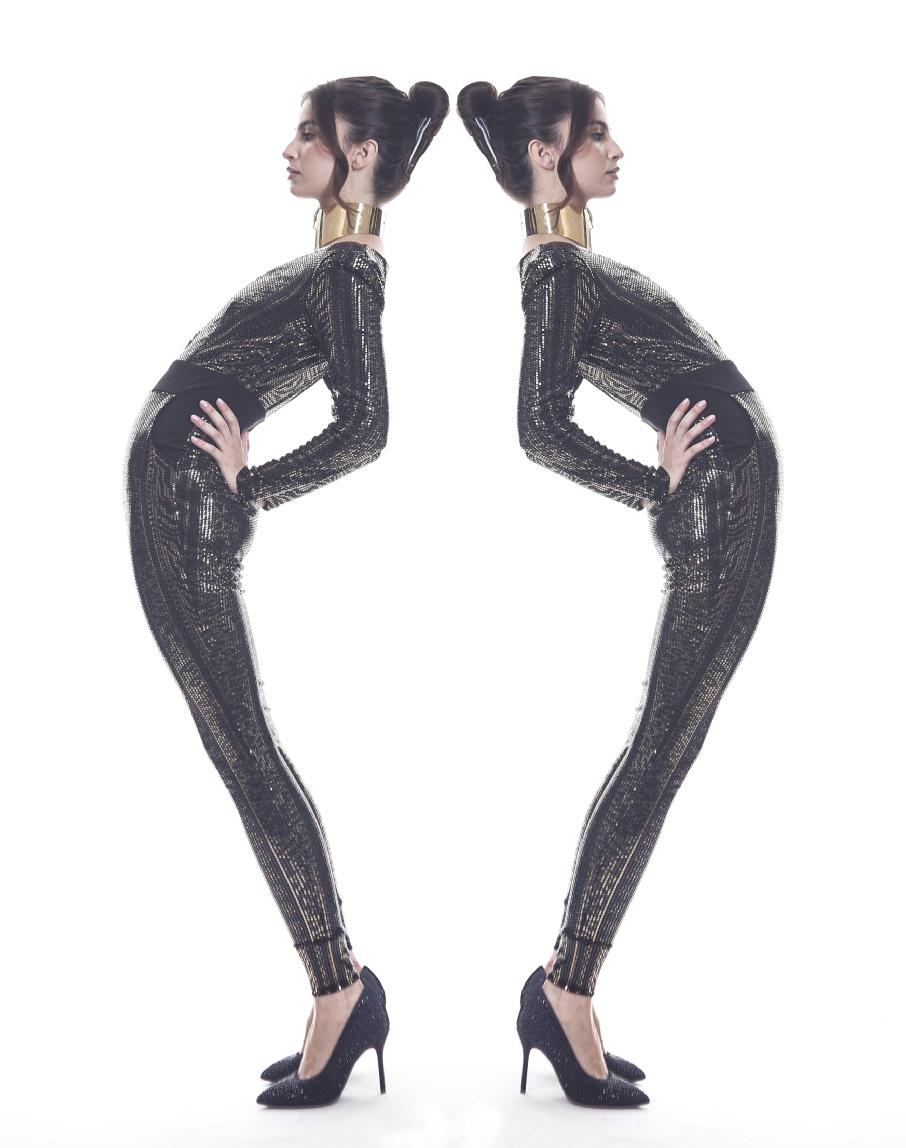
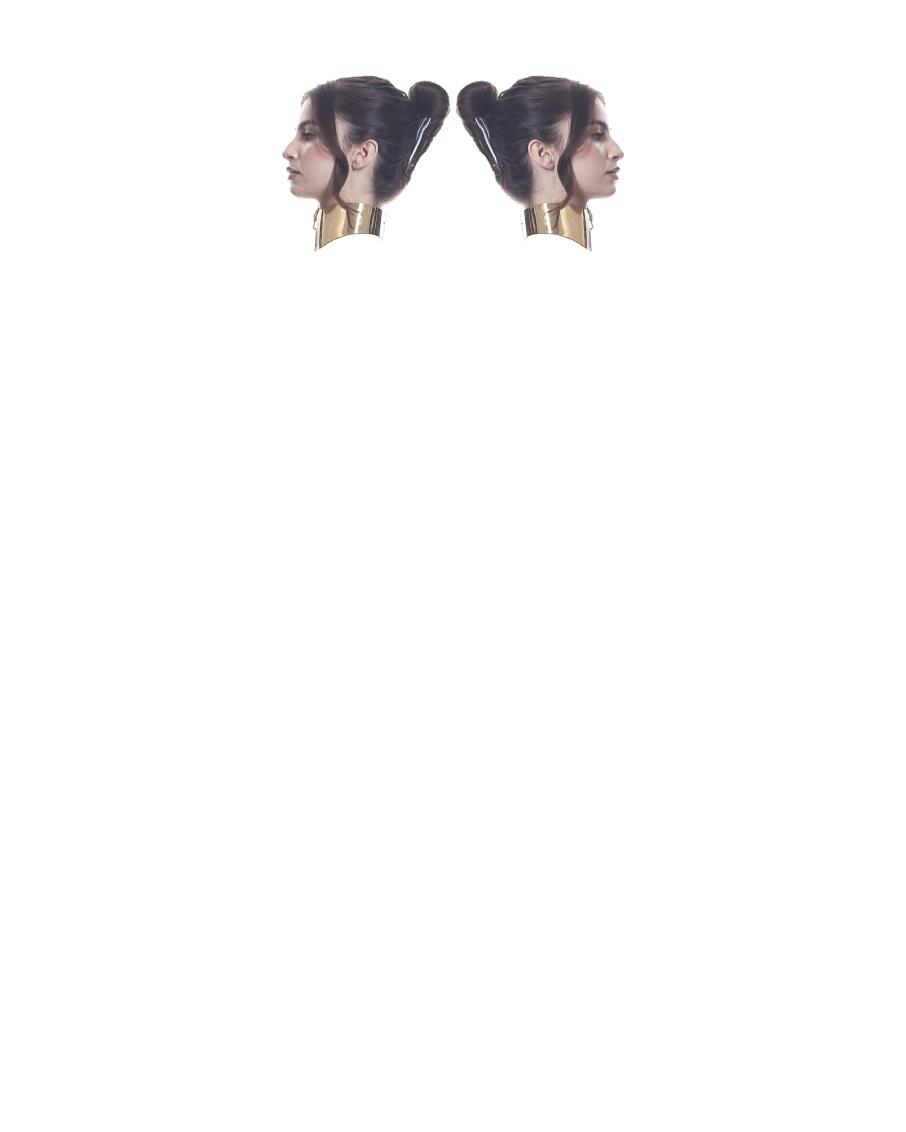
 Jacket KIMONORAIN
Trousers GRK
Sunglasses OSCAR MAMOOI
Sabot LUCA GUERRINI
Jacket KIMONORAIN
Trousers GRK
Sunglasses OSCAR MAMOOI
Sabot LUCA GUERRINI

 Jacket RICHMOND
Trousers GRK by Grinko
Boots MICH SIMON
Jacket RICHMOND
Trousers GRK by Grinko
Boots MICH SIMON

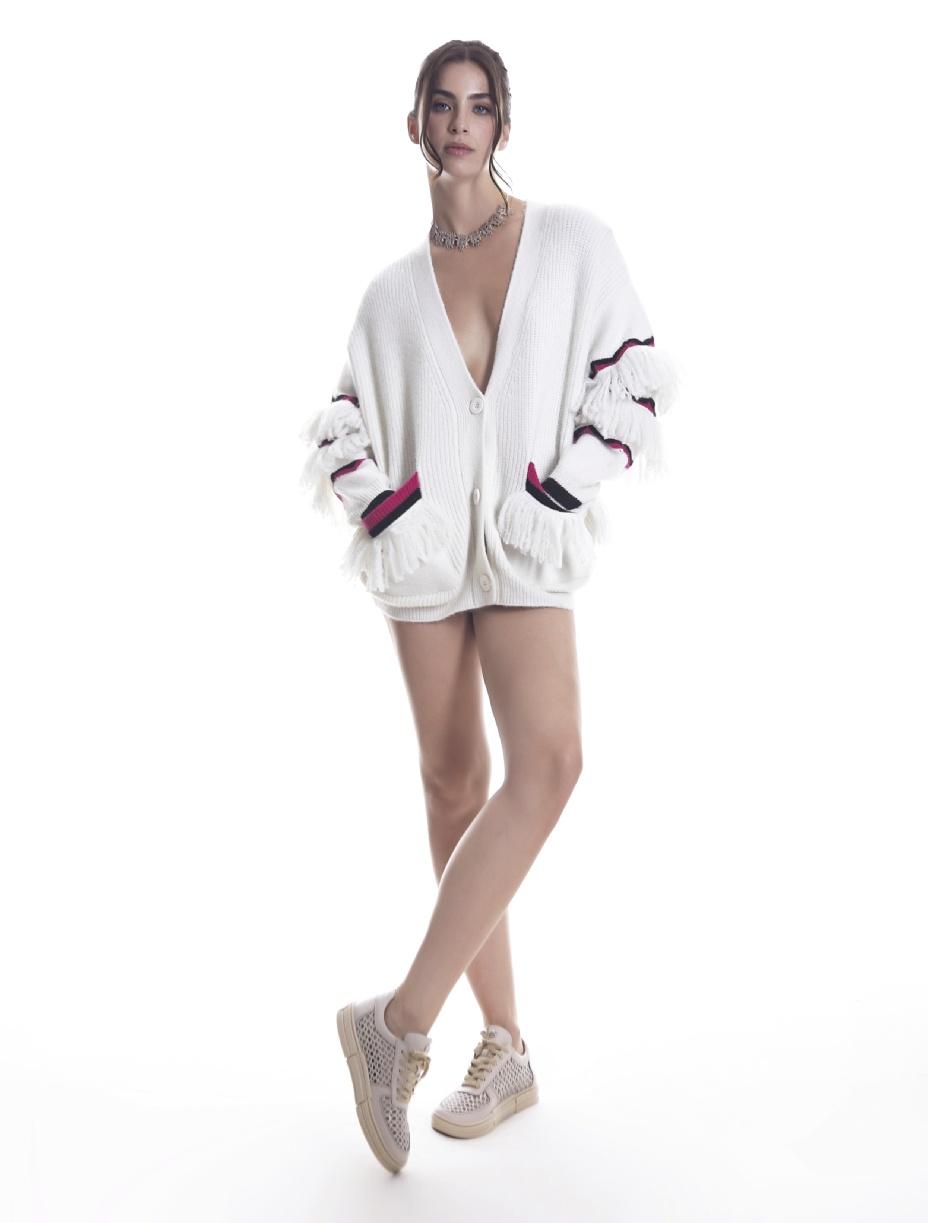 Cardigan SILVIAN HEACH
Necklace RADÀ
Sneakers LAB MILANO
Cardigan SILVIAN HEACH
Necklace RADÀ
Sneakers LAB MILANO
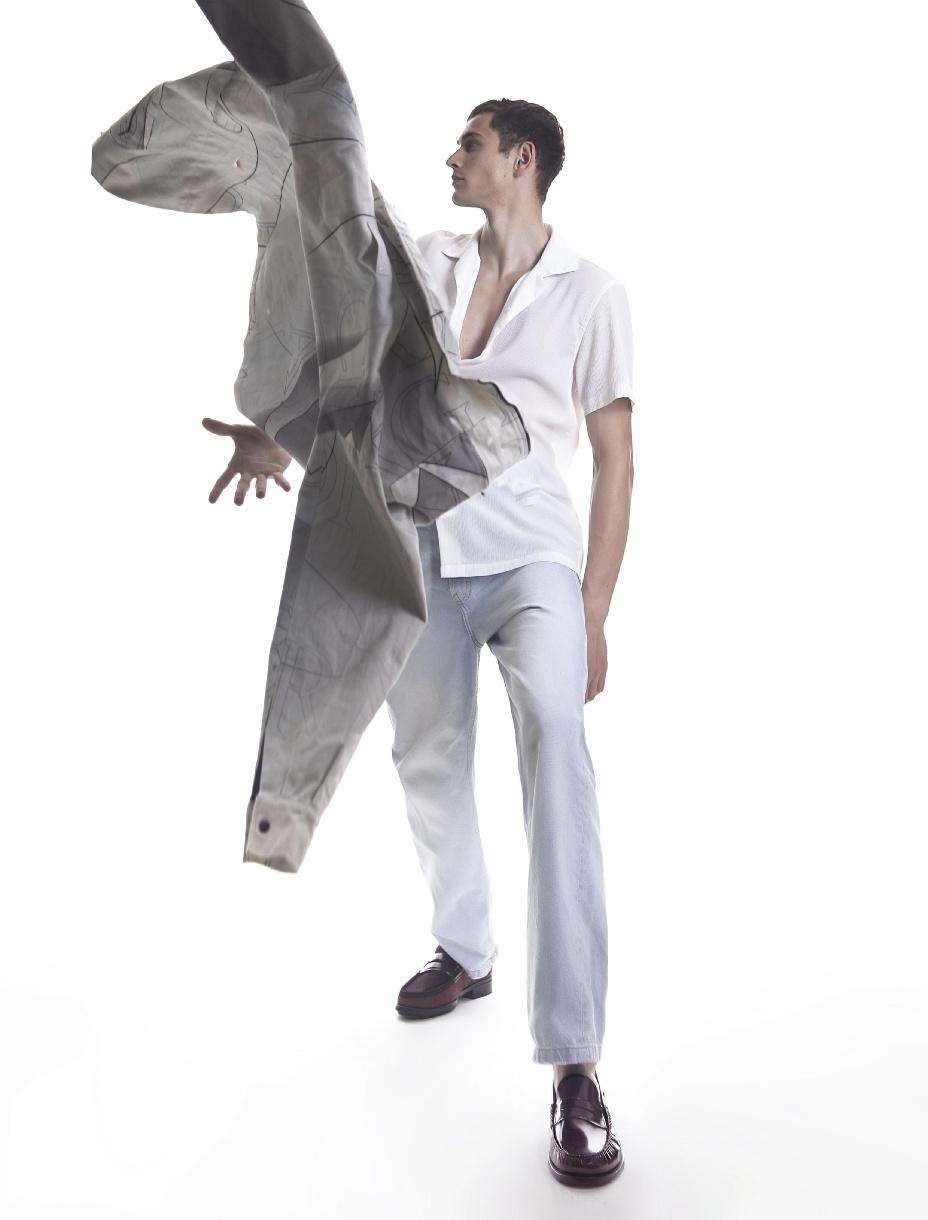

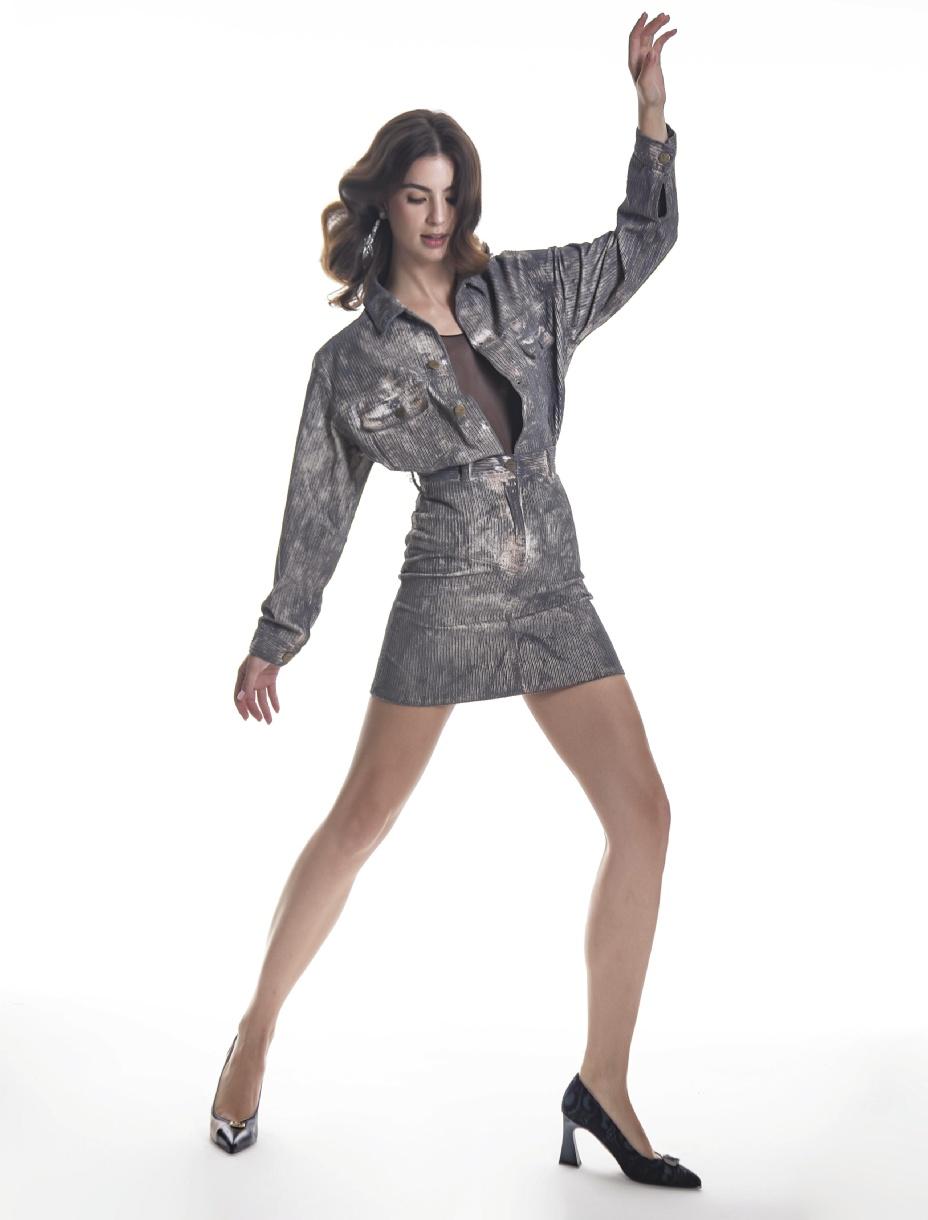
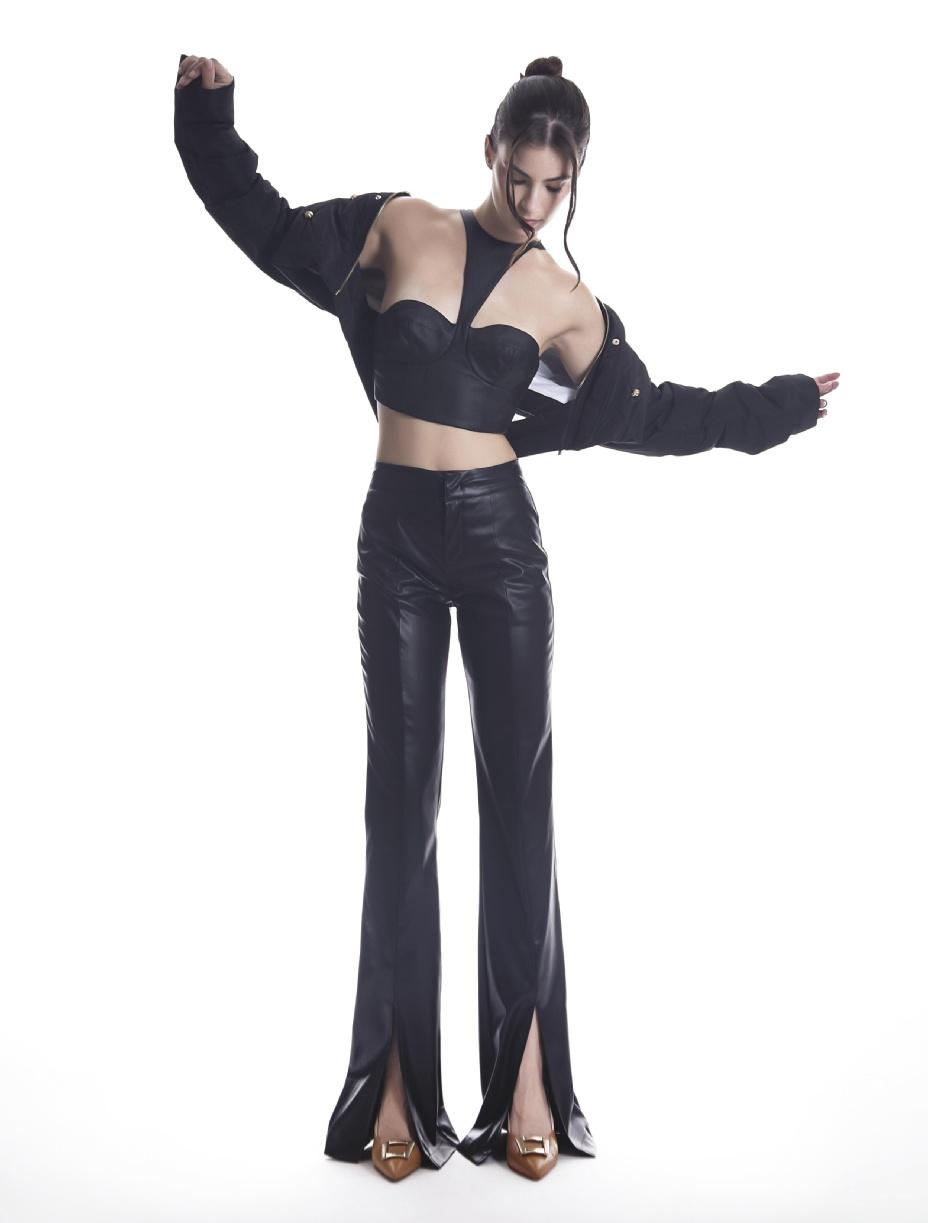
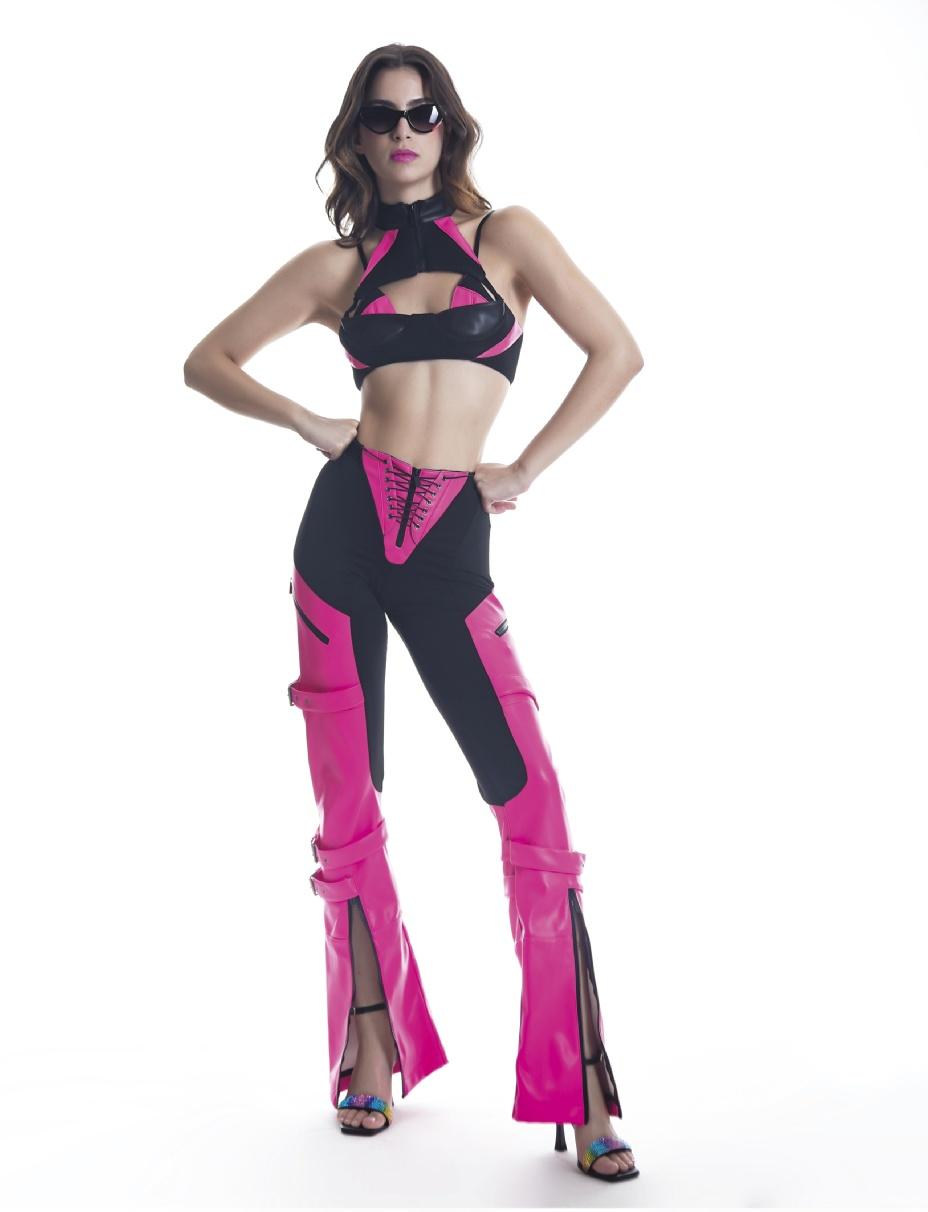

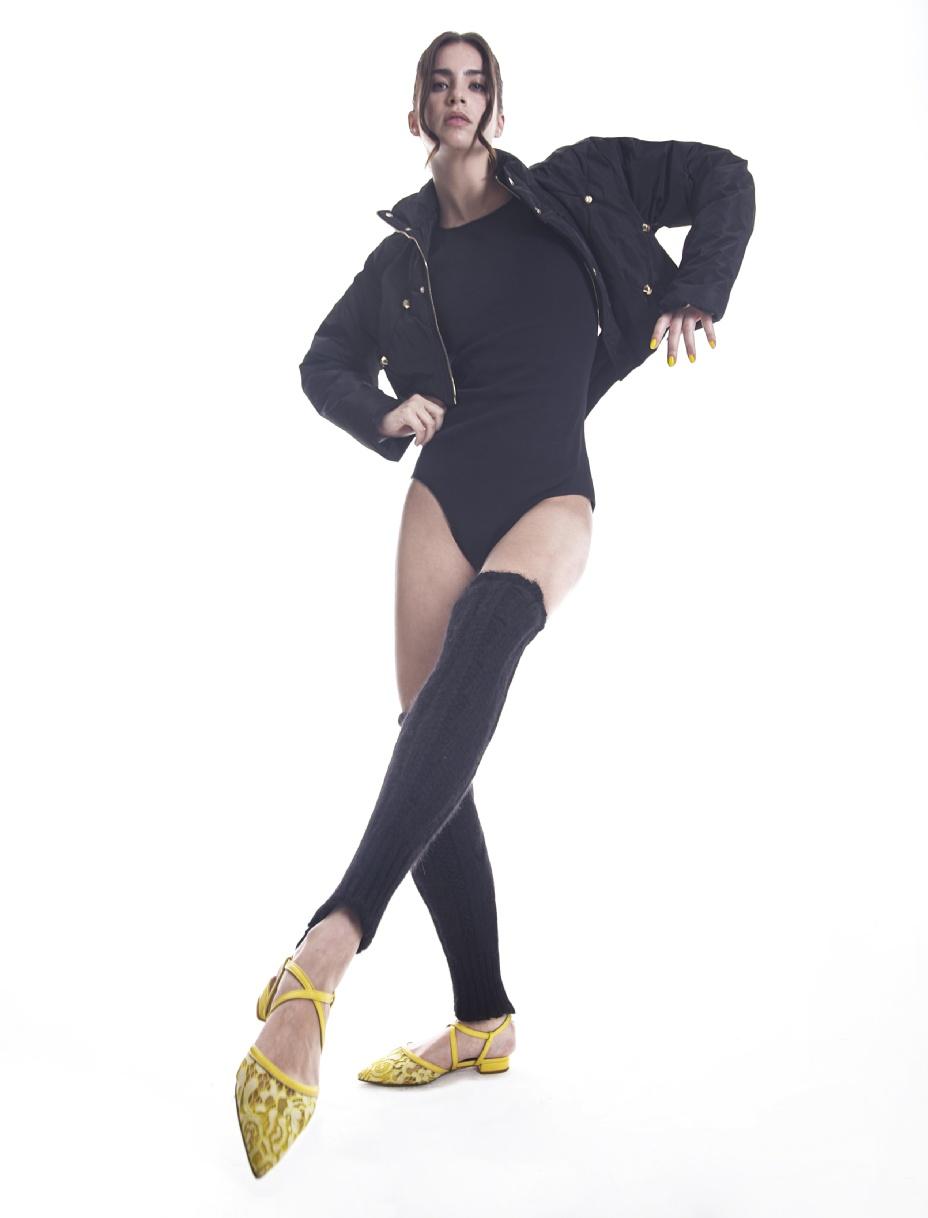 Jacket BABYLON Body ADELBEL
Wool sleeves MAISON FLANEUR Ballerinas MARCOS NALINI
Jacket BABYLON Body ADELBEL
Wool sleeves MAISON FLANEUR Ballerinas MARCOS NALINI

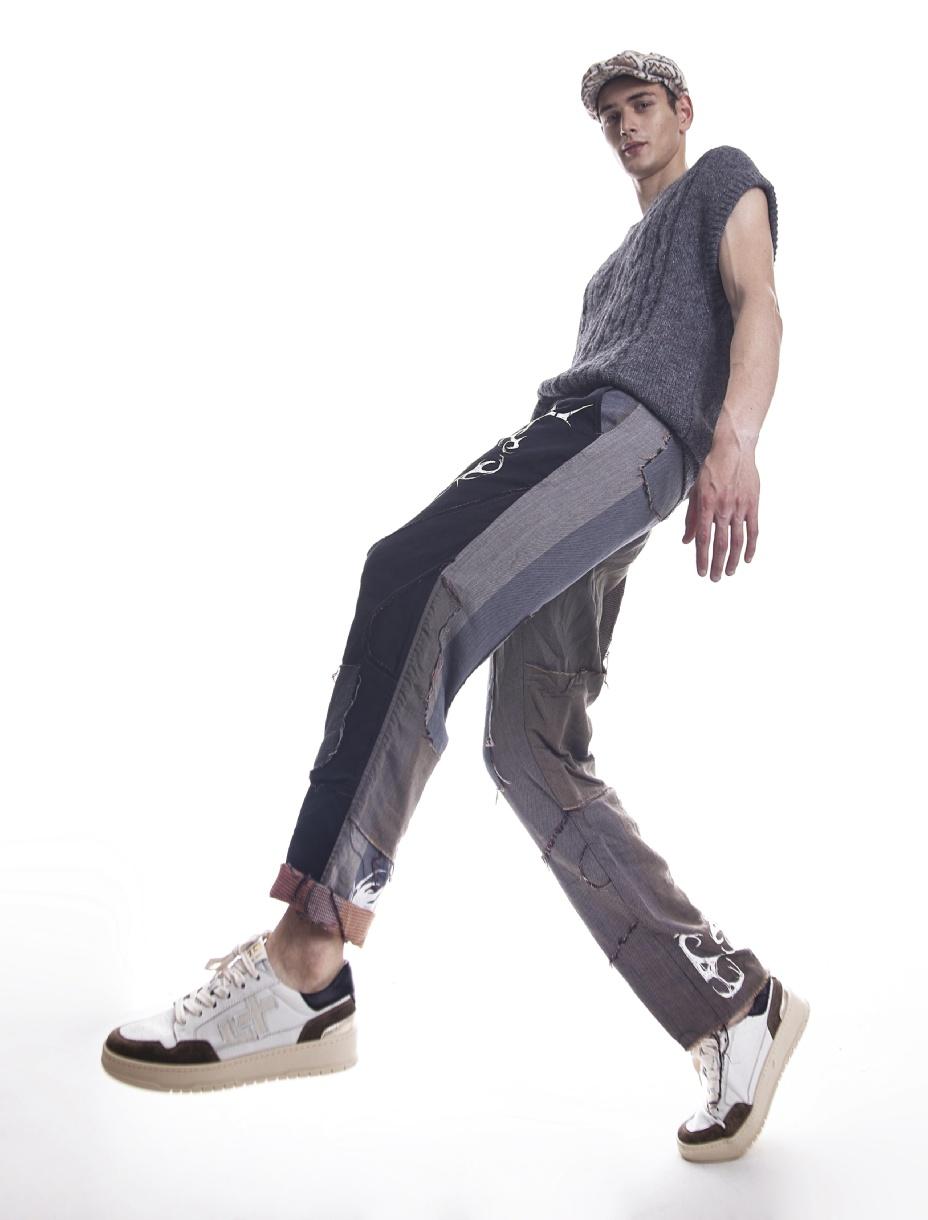
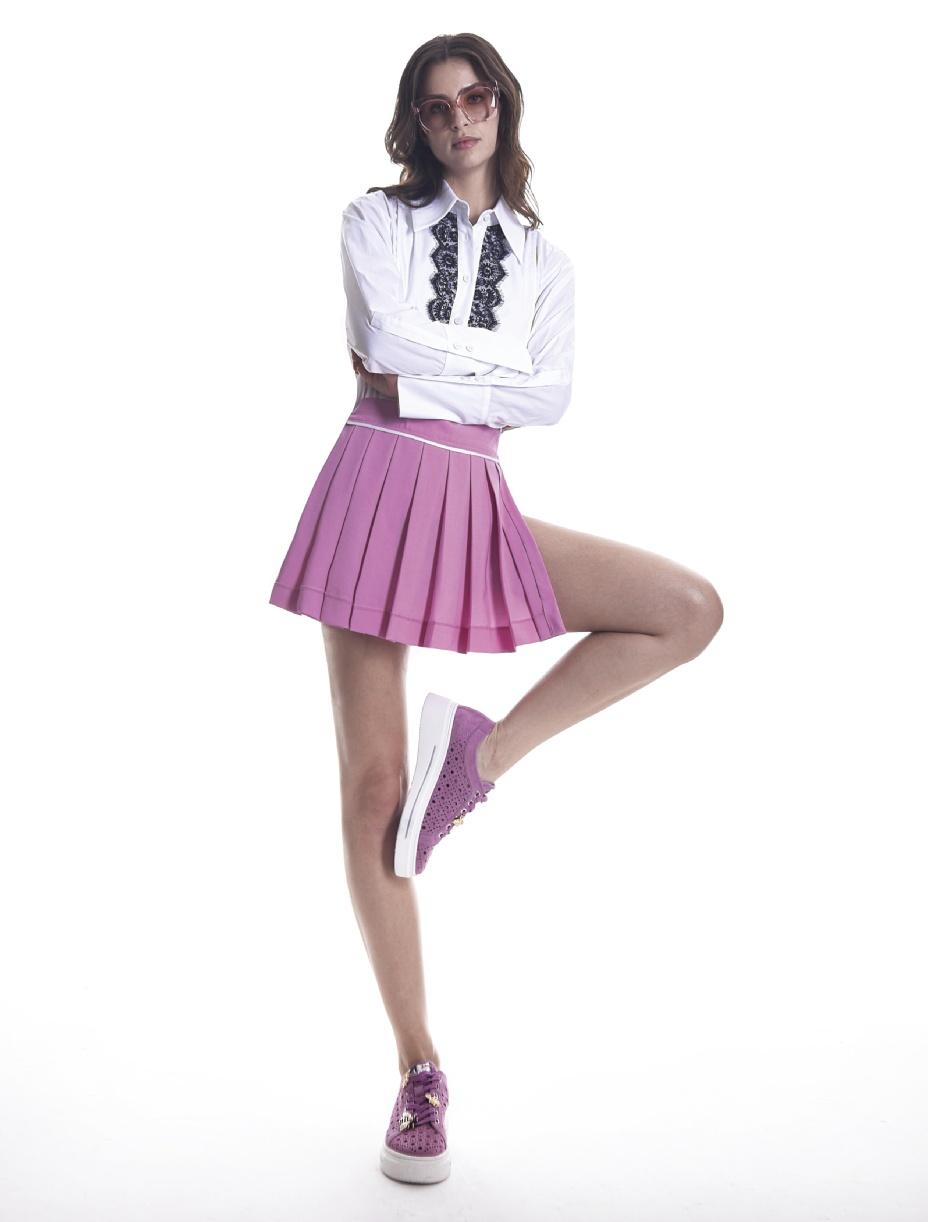
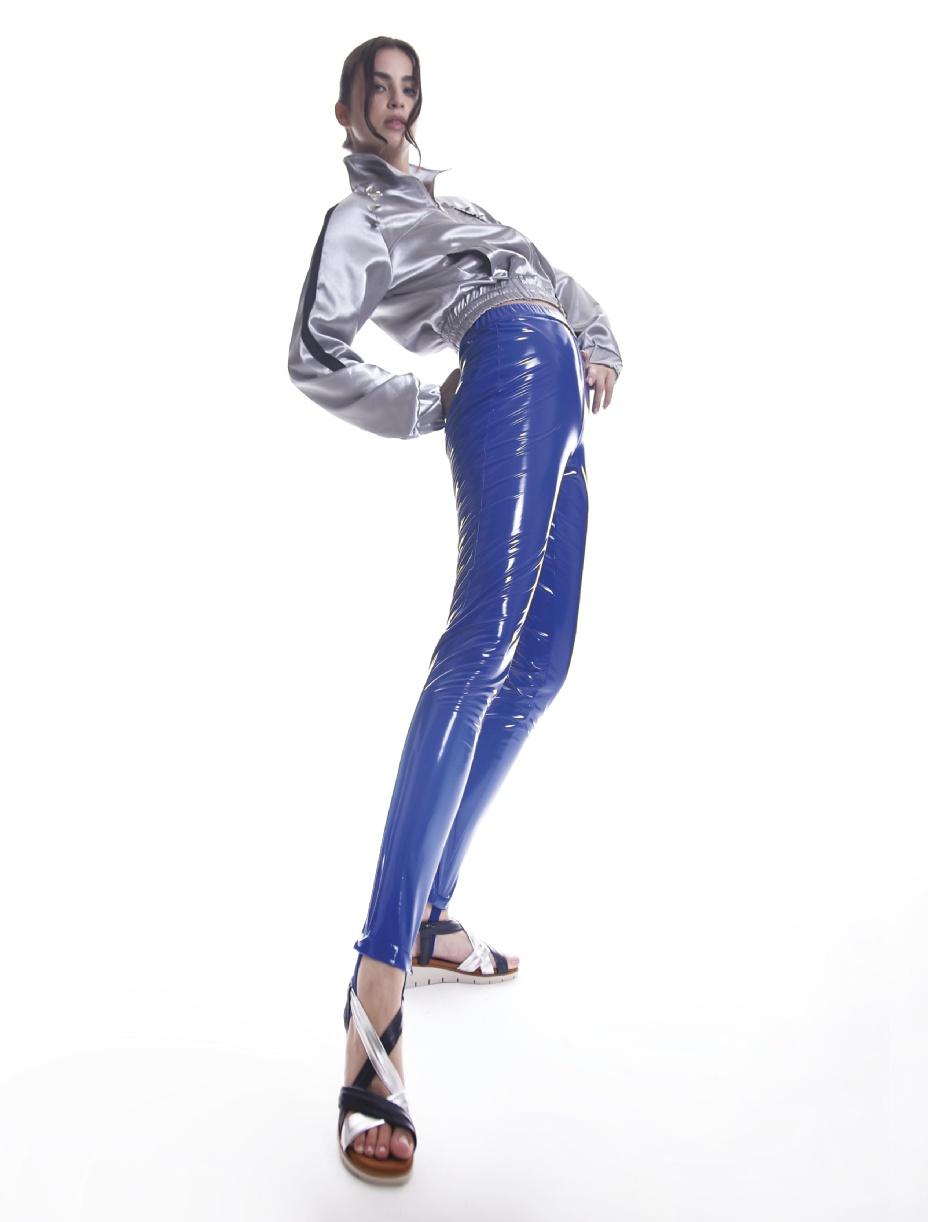 Jacket GRK by Grinko Trousers SILVIAN HEACH
Jacket GRK by Grinko Trousers SILVIAN HEACH

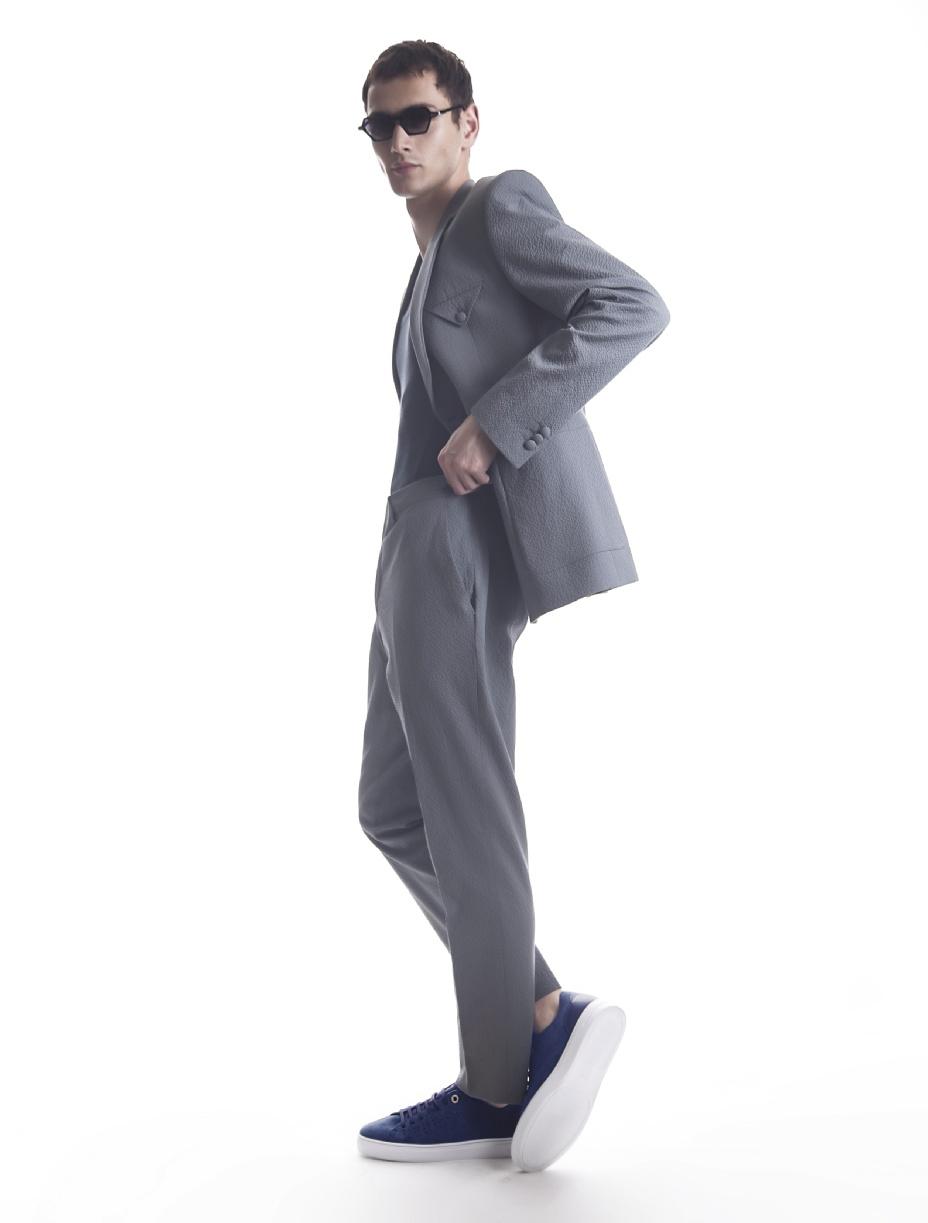
Jacket OSCI LAB
Trousers BLUE OF A KIND

Sunglasses OSCAR MAMOOI
Loafers FLY FLOT
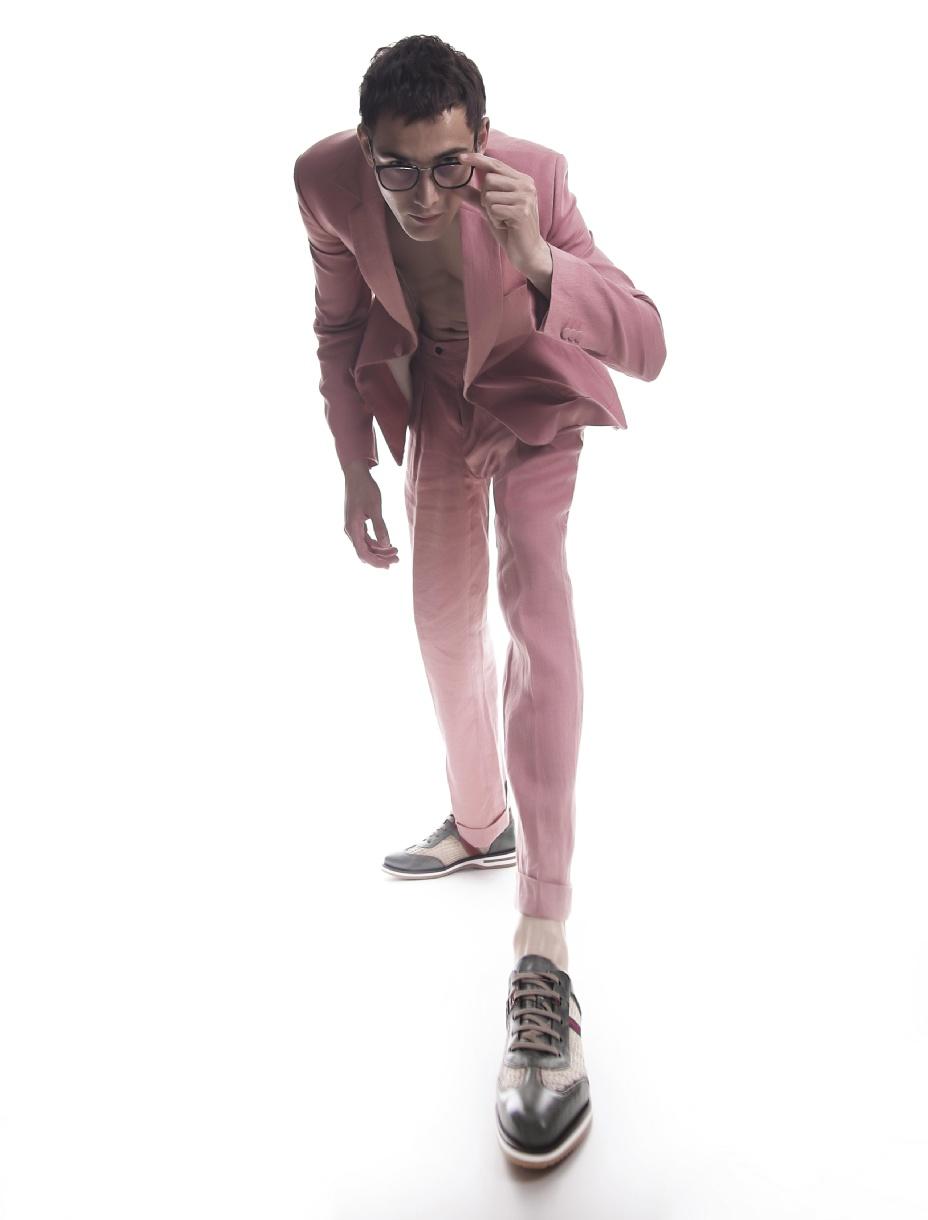
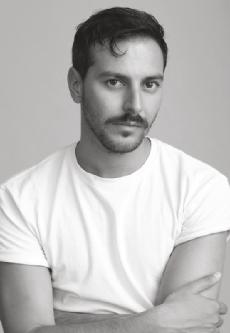
L'Armenia è un paese situato nella regione del Caucaso, ricco di storia millenaria, paesaggi mozzafiato e una cultura unica. La sua capitale, Yerevan, è una città vibrante e affascinante, che offre una vasta gamma di attrazioni per i visitatori. Uno dei luoghi da non perdere a Yerevan è il Museo dell'Armenia antica, che racconta la storia del paese attraverso una ricca collezione di reperti archeologici. Da qui, è possibile fare una passeggiata nel centro storico della città, ammirando l'architettura tradizionale e visitando la famosa Piazza della Repubblica. Non lontano da Yerevan si trova il monastero di Geghard, un sito patrimonio dell'UNESCO, noto per la sua bellezza e la sua atmosfera mistica. Il monastero, ricavato in parte da una grotta, rappresenta un esempio perfetto di architettura armena medievale. Un'altra meta imperdibile è il lago Sevan, il più grande lago alpino del Caucaso. Qui si possono godere splendide viste panoramiche, fare una passeggiata lungo la riva o persino immergersi nelle sue acque cristalline. Per gli amanti della natura, consigliamo una visita al Parco Nazionale di Dilijan, una splendida riserva naturale che offre una grande varietà di flora e fauna, dove è possibile condurre escursioni, godersi la tranquillità del luogo o semplicemente rilassarsi in un ambiente incantevole.
Infine, per chi è interessato alla storia recente dell'Armenia, consigliamo una visita al Museo del Genocidio armeno, che racconta la tragedia avvenuta durante la Prima Guerra Mondiale. Il museo offre una visione approfondita di questa terribile pagina di storia e della sua influenza sulla società armena moderna. Armenia e Yerevan offrono una vasta gamma di attrazioni culturali, storiche e naturali per i visitatori. Che tu sia interessato alla storia antica o alla bellezza dei paesaggi, questo Paese avrà sicuramente qualcosa da offrirti.
Armenia is a country located in the Caucasus region, rich in thousands of years of history, breathtaking landscapes and a unique culture. Its capital, Yerevan, is a vibrant and fascinating city, offering a wide range of attractions for visitors. One of the places not to be missed in Yerevan is the Museum of Ancient Armenia, which tells the country's history through a rich collection of archaeological artefacts. From here, you can take a stroll through the historical city centre, admiring the traditional architecture and visiting the famous Republic Square. Not far from Yerevan is the Geghard Monastery, a UNESCO heritage site known for its beauty and mystical atmosphere. The monastery, partly carved out of a cave, is a perfect example of medieval Armenian architecture. Another destination not to be missed is Lake Sevan, the largest alpine lake in the Caucasus. Here you can enjoy splendid panoramic views, take a walk along the shore or even dive into its crystal-clear waters. For nature lovers, we recommend a visit to the Dilijan National Park, a beautiful nature reserve offering a wide variety of flora and fauna, where you can hike, enjoy the tranquillity of the place or simply relax in the enchanting surroundings. Finally, for those interested in Armenia's recent history, we recommend a visit to the Armenian Genocide Museum, which recounts the tragedy that occurred during the First World War. The museum offers an in-depth view of this terrible page of history and its influence on modern Armenian society.
Armenia and Yerevan offer a wide range of cultural, historical and natural attractions for visitors. Whether you are interested in ancient history or beautiful landscapes, this country will certainly have something to offer you.

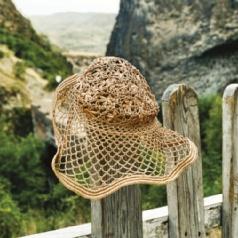

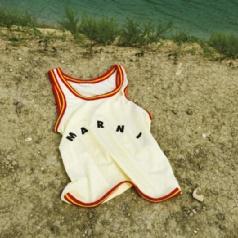


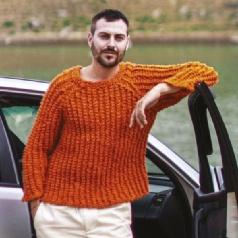
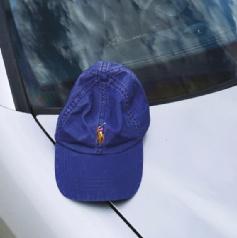
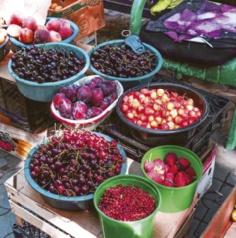
Non si può negare. La Germania sta attraversando una fase che trasmette poco ottimismo sia in politica che in economia e non da ultimo nell'industria delle calzature e della moda. La Germania è in modalità crisi. I prezzi e i tassi di interesse sono in aumento, le strozzature nell'approvvigionamento e la carenza di energia mettono a dura prova l'economia. La crisi è diventata all'ordine del giorno. Con notevoli conseguenze sulla propensione al consumo. "Dopo la pandemia di Coronavirus, i consumatori hanno altre preferenze: le vacanze, le uscite e il divertimento sono per molti più importanti delle belle scarpe e delle borse", così riassume il presidente di HDS/L Carl-August Seibel.
Anche a Expo Riva Schuh & Gardabags l'umore è stato piuttosto calmo. I compratori tedeschi sono soliti venire sul Lago di Garda, la fiera di Riva è ancora uno degli eventi più popolari del loro calendario. A causa delle difficoltà economiche di numerose catene di negozi (si pensi a Görtz, Klauser, Reno e altri), questa volta, però, i compratori sul Lago di Garda sono stati meno numerosi. Molti grandi operatori sono semplicemente scomparsi dal mercato. Ma mancavano anche le medie imprese e i fornitori di cataloghi e online. Come fa il settore ad assorbire la scomparsa di questi grandi acquirenti con potere d'acquisto? "Una buona attività di esportazione salva la situazione", dice Sven Krafft di Ara, a nome di molte altre aziende. È sufficiente? Dopotutto, sono comparsi i grandi player Deichmann, Kienast e Siemes, e anche i gruppi di vendita al dettaglio sono venuti a Riva con i loro team. Ciò che si nota è che la durata del soggiorno è chiaramente più breve. Una visita alla fiera con una piccola vacanza al lago: questo era un tempo.
Anche l'umore è stato migliore in passato. Una primavera piovosa, i magazzini pieni, la pressione sui prezzi e la lugubre situazione politica non hanno incoraggiato i consumi. Tuttavia, il tempo soleggiato delle ultime settimane ha incrementato le vendite di scarpe aperte e ha finalmente portato denaro nelle casse.
A seconda del fornitore, la valutazione del comportamento dei clienti variava da sommessa, poco euforica o migliore del previsto. "Mi manca l'entusiasmo.
A volte si ha la sensazione che i rivenditori non abbiano voglia di trattare con le scarpe", si rammarica il dottor Thomas Nassua di Mexx. Stefan Seidel di Bullboxer aggiunge: "Gli acquirenti sono molto orientati al prezzo. C'è ancora molto stock. Il riordino tende a zero".

Con 1.300 espositori e circa 9.000 visitatori, la 99ª edizione di Expo Riva Schuh & Gardabags
Margini più alti richiesti
In effetti, i rivenditori hanno molti problemi che offuscano l'umore. Si è parlato molto delle spiacevoli condizioni politiche ed economiche, a volte più che delle nuove collezioni. Un'affluenza troppo bassa e quindi una difficile pianificazione del personale, oltre a costi elevati per l'affitto e l'energia: circostanze che riducono i rendimenti e rendono la vita difficile al commercio stazionario. Come uscire da questo dilemma? La richiesta di margini più elevati è più forte che mai. Lo conferma, tra gli altri, Uli Fritzemeier di Idana: "I rivenditori tedeschi sono molto fissati con i margini più alti. Ma non trasferiscono i prezzi più bassi ai consumatori finali". Mentre i rivenditori sono contenti della stabilità dei prezzi o addirittura del loro calo - le scarpe provenienti dalla Cina costano oggi circa il 30% in meno rispetto a un anno fa - i produttori europei senza nome vengono lasciati indietro. In questo contesto, i marchi buoni e attraenti sono avvantaggiati. "Nella crisi, i consumatori sono più propensi a fidarsi di un marchio che conoscono. Stiamo crescendo con tutti i marchi e non possiamo lamentarci", riassume Ralf Grossmann di Dockers e Camel Active dopo quattro giorni di successo alla fiera sul lago di Garda.
Il comfort casual rimane di tendenza

E cosa porta il futuro? La tavola rotonda e la conferenza sulle tendenze per il mercato DACH, presieduta dalla dott.ssa Claudia Schulz, hanno fornito spunti interessanti. Secondo questa, nella primavera/estate 2024 le tonalità pastello polverose saranno affiancate da colori candy e da tonalità neutre chiare.
Il denim dalla testa ai piedi è all'ordine del giorno, molto casual in look slavati. I metallizzati brillano nei colori dell'arcobaleno. La comodità è all'ordine del giorno, anche se più "vestita" rispetto alla scorsa stagione. All'insegna del motto "Casual Comfort", le sneakers, i mocassini e le mules con plantare profondo sono molto discussi. Tornano in auge le espadrillas e le ballerine. Uncinetto, rafia e intrecci, ma anche rivetti e frange e numerose applicazioni metalliche decorano le tomaie.
Ma non troppo alto è il motto per i tacchi. Alcune persone hanno acquistato troppe décolleté con il tacco alto per la stagione in corso. Meglio i sandali con cinturino e tacco a blocco o i modelli sportivi con tomaia morbida, ad esempio nei look a tubo. Affari come al solito per gli uomini.
Ancora - come per le donne - molte sneakers, sempre bianche, più qualche mocassino con fondo sportivo e chiaro e molti articoli aperti, oltre a scarpe multifunzionali e superleggere per i piedi nudi. Che ruolo ha il tema della sostenibilità? Expo Riva Schuh & Gardabags ha dedicato all'argomento diversi panel e talk. E nella realtà? "La sostenibilità è importante, ma purtroppo si ferma alla cassa", osserva Karsten Bolle di Caprice.



bottlenecks and energy shortages are putting a strain on the economy. The crisis has become the order of the day. With considerable consequences for the willingness to consume. “Since the Corona pandemic, consumers have other preferences: Holidays, going out and entertainment are more important to many people than nice shoes and bags", is how HDS/L Chairman Carl-August Seibel sums it up. Also at the Expo Riva Schuh & Gardabags the mood was rather subdued. German buyers normally enjoy coming to Lake Garda. The Riva fair is still one of the most popular events in their calendar. Due to the economic difficulties of numerous chain stores (one thinks of Görtz, Klauser, Reno and others), this time, however, there were less buyers at Lake Garda. Many big players have simply disappeared from the market. But also medium-sized companies as well as catalogue and online suppliers were missing. How does the industry absorb the disappearance of these large buyers with purchasing power? "A good export business saves the day", says Sven Krafft from Ara, speaking for many other companies. Is that enough? After all: the big players Deichmann, Kienast and Siemes appeared, and also the retail groups came to Riva with their teams. What is noticeable: the length of stay is clearly shorter. A visit to the fair with a little holiday at the lake - that was once upon a time.
The mood has also been better in former times. A rainy spring, full warehouses, pressure on prices, and the lugubrious political situation, which did little to encourage consumption. However, the sunny weather of the past few weeks has boosted sales of open shoes and finally brought money into the coffers. Depending on the supplier, the assessment of customer behaviour varied between subdued, not so euphoric or better than expected. "I miss enthusiasm. You sometimes get the feeling that retailers don't feel like dealing with shoes", regrets Dr Thomas Nassua of Mexx. Stefan Seidel from Bullboxer adds: "Buyers are very price oriented. There is still a lot of stock. Re-ordering tends to zero.”
There's no denying it. Germany is currently going through a phase that conveys little sense of optimism. Whether in politics or the economy, and not least in the shoe and fashion industry: Germany is in crisis mode. Prices and interest rates are on the rise, supply
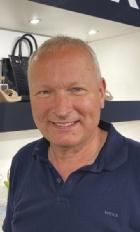

Indeed, the retailers have many problems clouding the mood. There has been much discussion about the unpleasant political and economic conditions, sometimes more than about the new collections.



With 1.300 exhibitors and around 9.000 visitors, the 99th edition of the ExpoRiva Schuh & Gardabags returned to pre-Corona times.
German retailers wereless strongly represented. And the mood? Cheerful to cloudy.La Strada Uli Fritzemeier Sven Krafft Stefan Seidel Ralf Grossmann Dr. Thomas Nassua
Too little footfall and thus difficult staff planning, plus high rent and energy costs - circumstances that reduce returns and make life difficult for the stationary trade. How do you get out of this dilemma? The call for higher margins is louder than ever. Uli Fritzemeier of Idana, among others, confirms this: "German retailers are very fixated on higher margins. But they don't pass on the lower prices to the end consumers." While retailers are happy about price stability or even price drops - shoes from China now cost about 30% less than a year ago - European no-name producers are left behind. Against this background, good, attractive brands have an advantage. "In the crisis, consumers are more likely to trust a brand they know. We are growing with all brands and cannot complain", summarises Ralf Grossmann of Dockers and Camel Active after four successful days at the fair on Lake Garda.
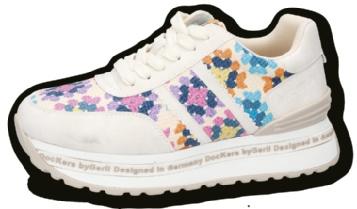
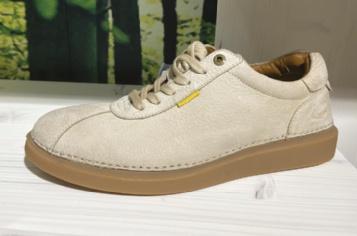
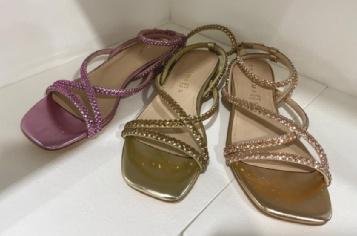
And what brings the future? Exciting insights were provided by the roundtable and trend lecture for the DACH market chaired by Dr. Claudia Schulz. According to this, powdery pastel shades will be flanked by candy colours and light neutral shades in spring/summer 2024. Head-to-toe denim is the order of the day, very casual in washed-out looks. Metallics shimmer in rainbow colours. Comfortable is the order of the day, albeit more "dressed up" than last season. Under the motto "Casual Comfort", sneakers, loafers and deep-footbed mules are well discussed. Espadrilles and ballerinas are making a comeback. Crochet, raffia and braiding, but also rivets and fringes as well as numerous metallic applications decorate the uppers. But not too high is the motto for the heels. Some people bought too many high-heeled pumps for the current season. Strappy sandals with block heels or sporty types with soft uppers, e.g. in tube looks, are better. Business as usual for men. Still - as with the ladies - a lot of sneakers, still white, plus a few loafers with sporty, light-coloured bottoms and a lot of open goods as well as multifunctional and super-light barefoot shoes. What role does the theme of sustainability play? Expo Riva Schuh & Gardabags devoted a number of panels and talks to the topic. And in reality? "Sustainability is important, but unfortunately stops at the checkout", notes Karsten Bolle from Caprice.

L’opera di Andy Warhol si fonde con il prodotto di alta qualità Bric’s nella collezione Limited Edition ‘Viaggio come Arte’: trolley e borsoni caratterizzati dalla stampa di una delle Opere dell’Artista e impreziositi dalla sua firma. Il trolley Bellagio (cabina e grande) è in policarbonato riciclato, leggero, flessibile e ultra-resistente, con 4 ruote piroettanti e finiture in pelle. Il borsone Firenze, disponibile in due misure, è in materiale effetto pelle, resistente all’acqua e impreziosito da dettagli in vera pelle: praticità ed elevata resistenza unite ad un concetto di eleganza fuori dal tempo.
Andy Warhol’s work merges with Bric’s high-quality products in the Limited Edition ‘Travel as Art’ collection: trolleys and bags featuring a print of one of the Artist’s works and embellished with his signature. The Bellagio trolley (cabin and large) is made of recycled polycarbonate, light, flexible and ultra-resistant, with 4 swivel wheels and leather trim. The Firenze duffle bag, available in two sizes, is made of leather-effect material, water-resistant and embellished with genuine leather details: practicality and high resistance combined with timeless elegance.


Aleali May, la famosa sneakerhead che ha lanciato il suo brand unisex Mayde nel 2022, ha firmato una collaborazione con Clarks Originals, reinterpretando in stile californiano l’iconico Wallabee, il mocassino d’eccellenza con la suola in crêpe naturale. Il modello ripensato da Aleali May presenta le stesse linee semplici ed essenziali, impreziosite da un taglio alto della tomaia, mentre nelle colorazioni richiama i panorami della costa pacifica. Realizzato con un tessuto di velluto a coste, è disponibile nei colori Pacific Blue, Terracotta, Sand, Sunshine e Coral.
Un palazzo signorile in via Cosimo del Fante 13, a Milano, all’interno della fabbrica di famiglia, è il luogo dove prende vita la collezione FW 23/24 di Amato Daniele. Una collezione che racconta la storia di un’azienda (Leu Locati), ma prima ancora di una famiglia, quella del designer, e rende omaggio alle sette generazioni che si sono susseguite alla sua guida nel corso dei secoli. Lo fa scegliendo sette modelli d’archivio e sette colori, uno per ciascuna generazione, mentre i materiali scelti vanno dai più classici raso, velluto e vitello, fino al re-inserimento in collezione di pelli esotiche come la lucertola e l’alligatore lucido. Quanto alla palette colori, molto varia, questa include il royal blu, colore scelto per rappresentare Daniele, che va a caratterizzare le fodere in raso di seta di tutti i suoi prodotti.
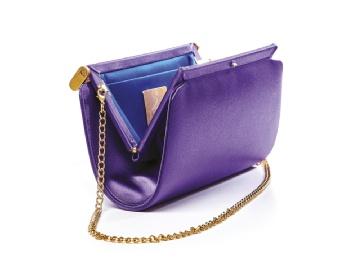
Aleali May, the famous sneakerhead who launched her unisex brand Mayde in 2022, has signed a collaboration with Clarks Originals, reinterpreting in Californian style the iconic Wallabee, the moccasin of excellence with a natural crepe sole. The model reimagined by Aleali May features the same simple and essential lines, embellished by a high cut upper, while the colour scheme recalls the landscapes of the Pacific coast. Made from a corduroy fabric, it is available in Pacific Blue, Terracotta, Sand, Sunshine and Coral.
A noble palace in Via Cosimo del Fante 13, Milan, inside the family factory, is the place where Amato Daniele’s FW 23/24 collection comes to life. A collection that tells the story of a company (Leu Locati), but first and foremost of a family, that of the designer, and pays homage to the seven generations that have followed at its helm over the centuries. He does so by choosing seven archive models and seven colours, one for each generation, while the materials chosen range from the more classic satin, velvet and calfskin to the re-introduction of exotic leathers such as lizard and shiny alligator into the collection. As for the colour palette, which is very varied, it includes royal blue, the colour chosen to represent Daniele, which characterises the silk satin linings of all his products.
La storica maison fiorentina, produttrice di cappelli femminili dalla prima metà del ‘900, presenta la nuova collezione dedicata alla FW23/24, che intreccia il savoir faire della tradizione made in Italy, a creatività e innovazione. Marzi sceglie di continuare a tramandare la propria sapienza artigianale pensando una collezione di modelli femminili, eleganti e ricercati, caratterizzati da linee classiche, lavorazioni importanti di modisteria, con dettagli ed applicazioni gioiello. Marzi vuole, infatti, dare seguito al successo della precedente collezione estiva mantenendo il gioiello quale leitmotiv, applicato a materiali ricercati e di altissima qualità quali feltro di lapin, velluto, pelle e lana melange e bouclè.
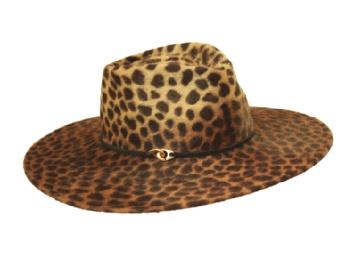

Il marchio di occhialeria indipendente made in Italy nato nel 2019 dall’estro creativo e imprenditoriale di Daniela Verrazzo, si impegna a valorizzare il concetto di sostenibilità, puntando su materie prime di qualità a filiera corta nel rispetto dell’ambiente, come pregiati acetati di cellulosa a ridotto contenuto di solventi e metalli con galvanico nichel free. In occasione del MIDO, ARU ha presentato, in particolare, la sua nuova linea di occhiali NATOORI’, ispirata alla natura, caratterizzata da linee forti e decise esaltate da spessori, lavorazioni e giochi di luce, in una palette cromatica di sfumature cristallo calde, vibranti ed evocative. Composta da quattro modelli trasparenti, di cui tre genderless e uno femminile, è realizzata esclusivamente con acetati bio, composti da plastificanti ed additivi di origine naturale che la rendono biodegradabile.
The historic Florentine maison, manufacturer of women’s hats since the first half of the 20th century, presents its new FW23/24 collection, which interweaves the savoir faire of the Made in Italy tradition with creativity and innovation. Marzi chooses to continue handing down its craftsmanship by designing a collection of feminine, elegant and sophisticated models, characterised by classic lines, important millinery work, and jewelled details and applications. Marzi wants, in fact, to follow up on the success of the previous summer collection by keeping the jewel as the leitmotif, applied to sought-after materials of the highest quality such as lapin felt, velvet, leather, melange wool and bouclè.
The independent made-in-Italy eyewear brand, born in 2019 from the creative and entrepreneurial flair of Daniela Verrazzo, is committed to enhancing the concept of sustainability, focusing on quality raw materials with a short supply chain that respects the environment, such as precious cellulose acetates with reduced solvent content and nickel-free galvanic metals. At MIDO, ARU presented, in particular, its new NATOORI’ eyewear line, inspired by nature and characterised by strong, decisive lines enhanced by thicknesses, processing and plays of light, in a colour palette of warm, vibrant and evocative crystal shades. Composed of four transparent models, three genderless and one feminine, it is made exclusively with organic acetates, composed of plasticisers and additives of natural origin that make it biodegradable.
Ricercatezza, originalità, tendenza sono le parole chiave delle collezioni del brand lanciato nel 2018 da Davide e Mattia, due giovanissimi e talentuosi designer veneti, che si sono ispirati ad una moderna Lolita per innovare nella moda femminile. Il risultato è un brand di accessori e piccola pelletteria dalla personalità scanzonata e spiritosa, ironica e ambiziosa. Un personalissimo concetto di stile décontracté 100% Made in Italy che dopo il successo sul mercato italiano ha approcciato con decisione lo sviluppo di nuovi mercati esteri.
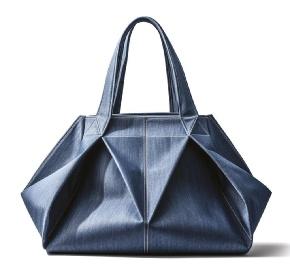
La casa di moda internazionale fondata a Barcellona lancia sul suo sito web la prima collezione di capi e borse on-demand, creati a partire da una serie di design che vengono poi elaborati su misura sulle richieste della community Desigual attraverso l’intelligenza artificiale. I pattern iniziali sono composti da otto borse, un kimono e una gonna. Gli accessori, in particolare, comprendono tre shopper bag, due borse a tracolla, una borsa sacco, una borsa a spalla e una stile baguette, ciascuno con le sue particolarità: ci sono modelli con mosaici di tessuti multicolor, con effetto fustellato, con ricami e finiture in tessuto o effetto pelle.
Refinement, originality, trendiness are the keywords of the collections of the brand launched in 2018 by Davide and Mattia, two very young and talented designers from Veneto, who were inspired by a modern Lolita to innovate in women’s fashion. The result is a brand of accessories and small leather goods with a light-hearted and witty, ironic and ambitious personality. A very personal concept of décontracté style, 100% Made in Italy, which after its success on the Italian market has decisively approached the development of new foreign markets.
The international fashion house founded in Barcelona launches on its website the first collection of on-demand garments and bags, created from a series of designs that are then tailored to the requests of the Desigual community through artificial intelligence. The initial patterns consist of eight bags, a kimono and a skirt. The accessories, in particular, include three shopper bags, two shoulder bags, one sack bag, one shoulder bag and one baguette style, each with its own particularities: there are models with multicoloured fabric mosaics, with a die-cut effect, with embroidery and fabric or leather effect finishes.
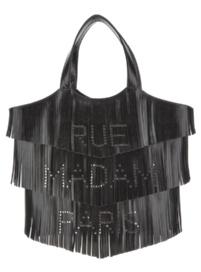
APICCAPS tel. +351 22.507.41.50 aicep.milan@portugalglobal.pt www.apiccaps.pt
pag. 86
BRUNATE S.p.A. Calzaturificio tel. +39 02.967.793.93 info@brunate.it www.brunate.it
pag. 96
EXPO RIVA SCHUH RIVA DEL GARDA FIERECONGRESSI S.p.A. tel. +39 0464.520.000 info@exporivaschuh.it www.exporivaschuh.it pag. II cover
GEA GOMMA s.r.l. tel. +39 0384.561.01 welcome@geagomma.com www.geagomma.it pag. III cover
GIOVANNI FABIANI s.r.l. tel. +39 0734.642.479 info@giovannifabiani.it www.giovannifabiani.it
pag. 15
IMAC S.p.A. tel. +39 0734.938.721 info@imac-italia.it www.imacspa.com
pag. 3
LYFIT info@lyfitshoes.com www.lyfitshoes.com
pag. 10
MULTIMEDIA TRE s.r.l.
pag. 19
REFRESH by MARSAN FOOTWEAR S.L.
tel. +34 968.718.313 www.refreshoes.com info@refreshoes.com
pag. 12
ROMIT S.p.A. tel. +39 0734.886.70 info@romit.it www.romit.it
pag. 23
SHOESY s.r.l. tel. +39 0545.275.93 info@shoesy.com www.shoesy.com
pag. 129
SYARIKAT PERUSAHAAN JOOI BERSAUDARA SDN BHD www.asadi.com.my
pag. 4-5
XTI FOOTWEAR S.L. tel. +34 968.718.313 xti@xti.es www.xti.es pag. IV cover
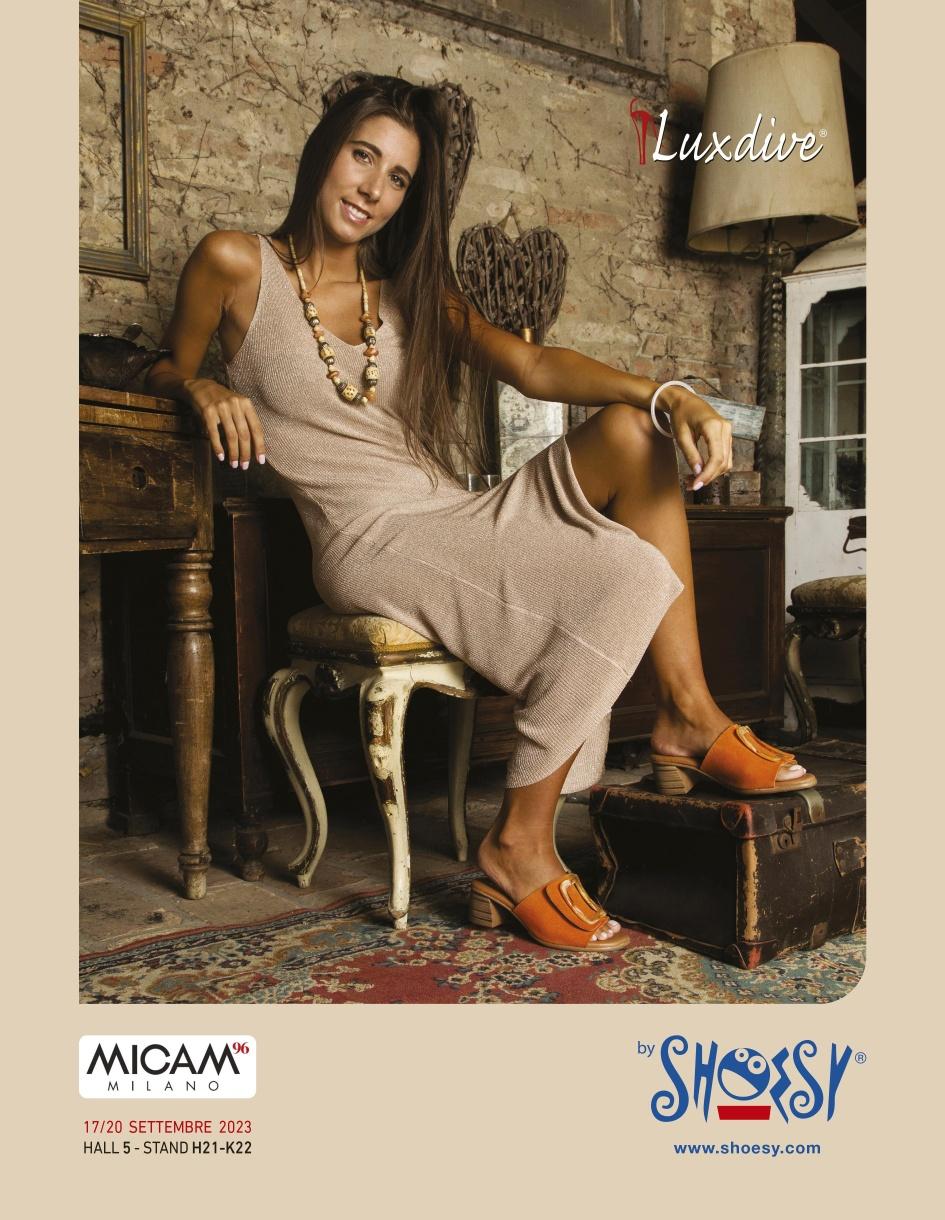
I HIRED A CONSULTANT WHO WILL HELP US ATTRACT YOUNGER CUSTOMERS...
YOUR TYPICAL CUSTOMER IS AN ANGRY AND ULTRA CONSERVATIVE MIDDLE-AGED MAN

- I PROPOSE AN AGGRESSIVE CAMPAIGN FOCUSED ON HIGHLY DIVISIVE ULTRA ISSUES - APPROVED! I DON’T SEE WHAT COULD GO WRONG...
HERE’S THE FEARLESS STREET-STYLE PHOTOGRAPHER, FED UP WITH PHONEY RUNWAY LOOKS, READY TO SHOOT THE OUTFITS OF PITTI UOMO ATTENDEES
FINALLY SOME SPONTANEOUS AND GENUINE LOOKS, SHOWCASING WHAT NORMAL PEOPLE REALLY WEAR EVERY DAY...
OOH... A STREET-STYLE PHOTOGRAPHER... I HOPE SHE NOTICES ME. I’VE BEEN WORKING ON THIS ELABORATE PITTI OUTFIT FOR OVER A YEAR!

- PINK IS THE COLOR OF THE SEASON: OUR STORES MUST BE PAINTED ENTIRELY IN PINK! - WE CAN’T! THE BARBIE MOVIE DEPLETED ALL THE STOCK OF PINK PAINT
- WHAT CAN WE DO?! THIS IS ABSOLUTELY ESSENTIAL! - MMM... I MAY KNOW SOMEONE WHO COULD BE ABLE TO HELP US...

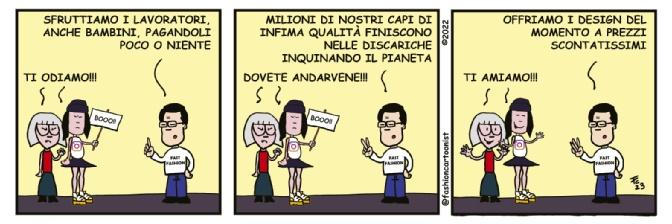
- HEY, PSST... - I KNEW IT!
WE EXPLOIT OUR WORKERS, INCLUDING CHILDREN, AND PAY THEM CLOSE TO NOTHING - WE HATE YOU!!!
- MILLIONS OF OUR ITEMS, MADE WITH ABYSMAL QUALITY, END UP DUMPED IN LANDFILL POLLUTING THE ENVIRONMENT - GO AWAY!!
- WE OFFER THE TRENDIEST DESIGNS AT HEAVILY DISCOUNTED PRICES - WE LOVE YOU!!!